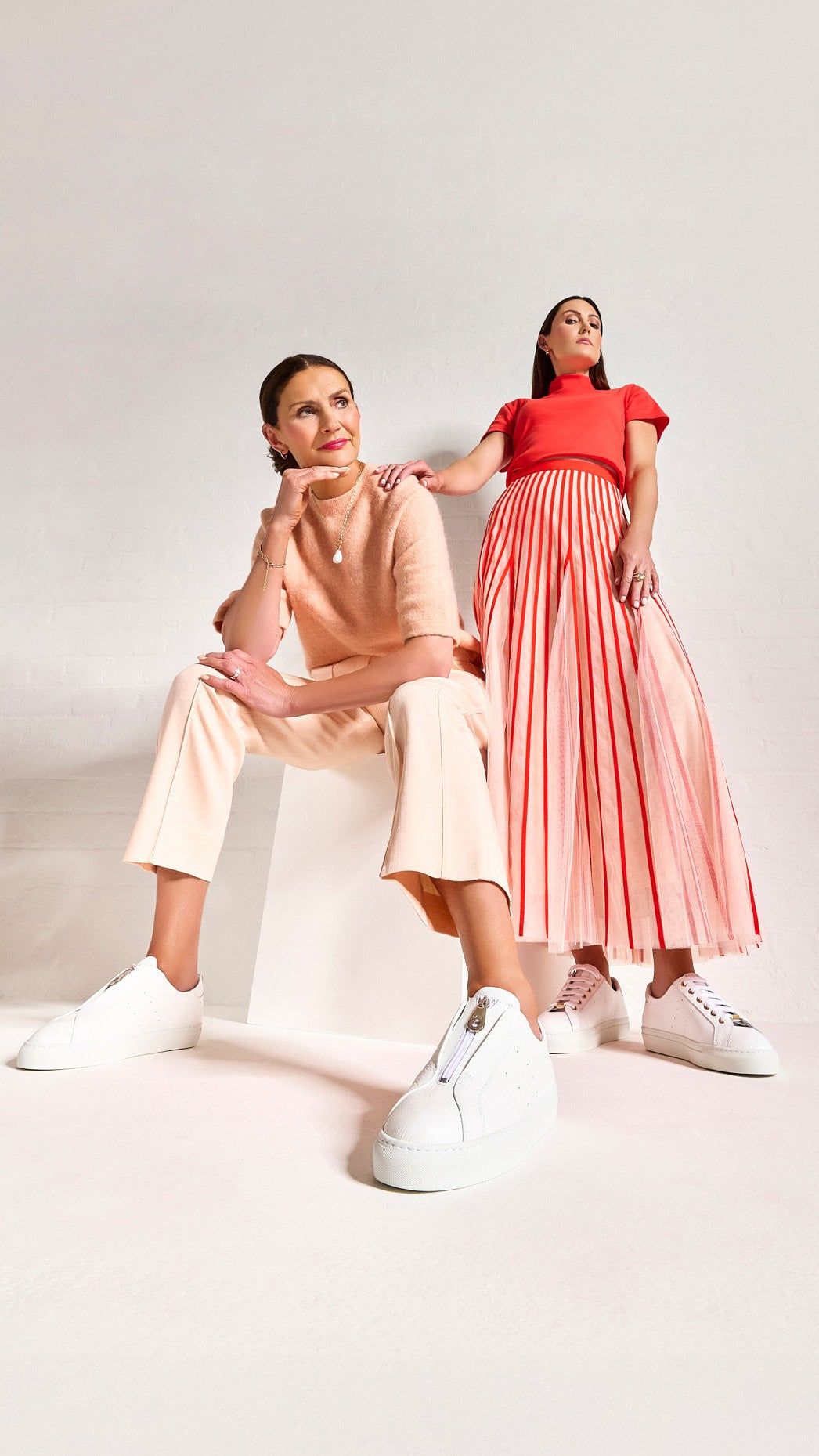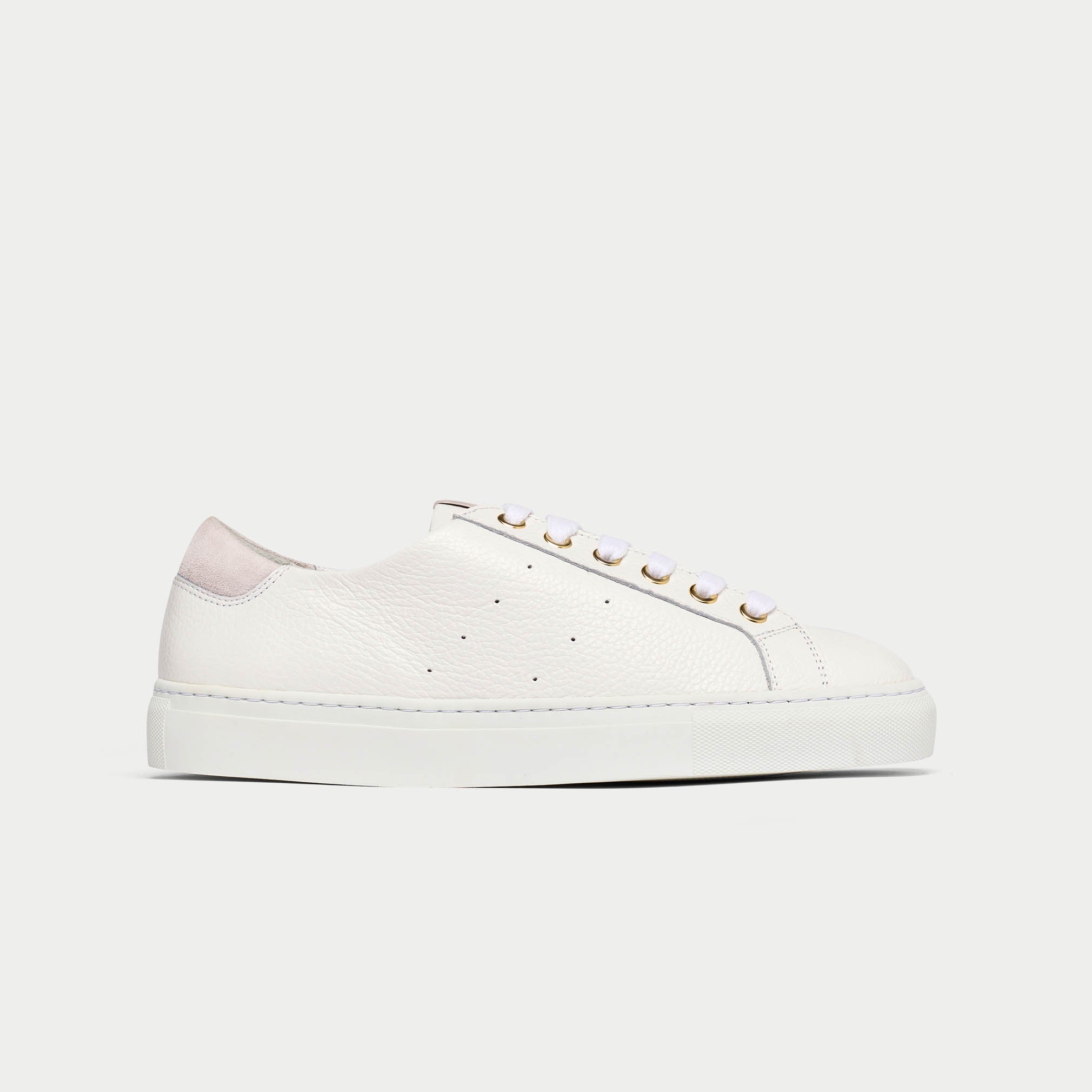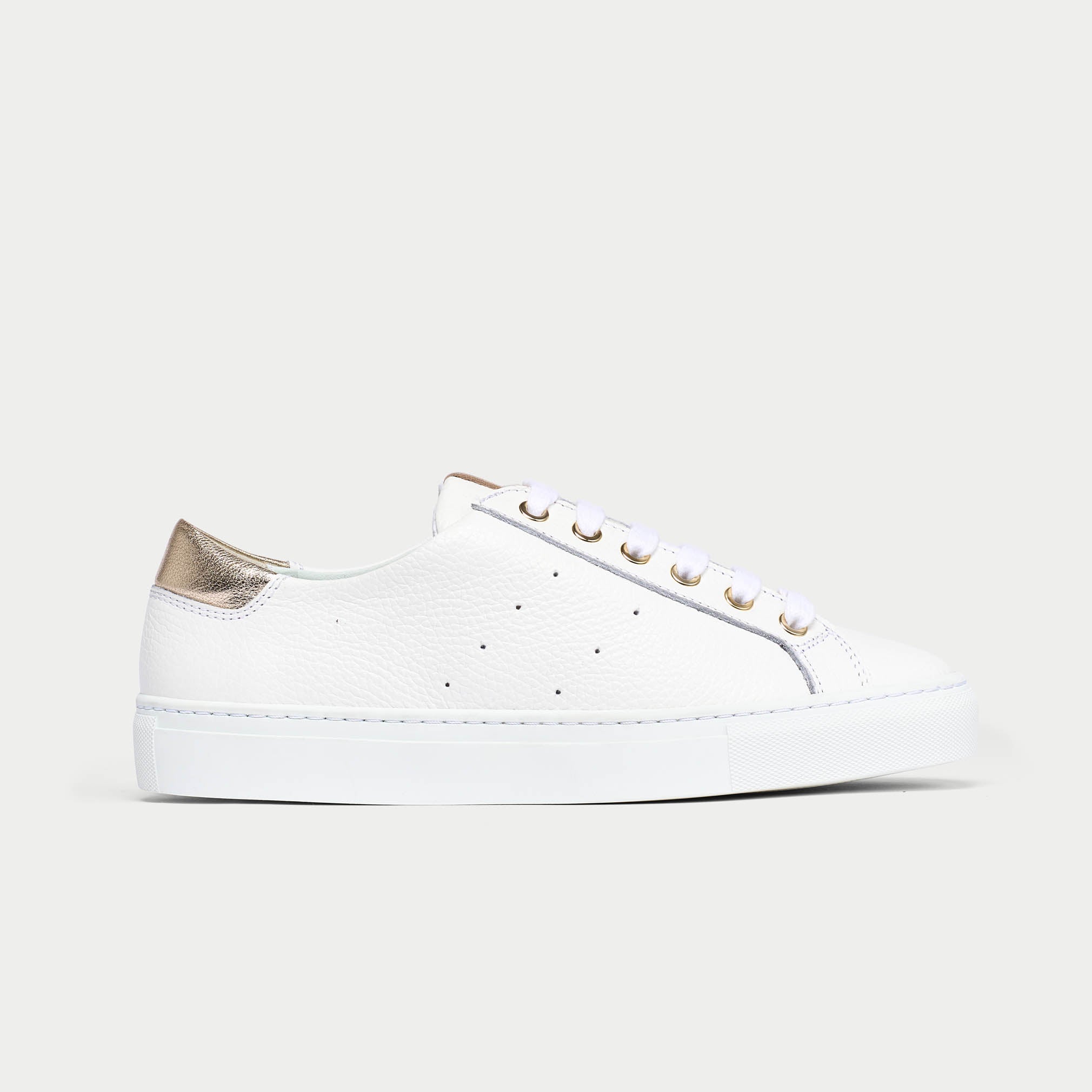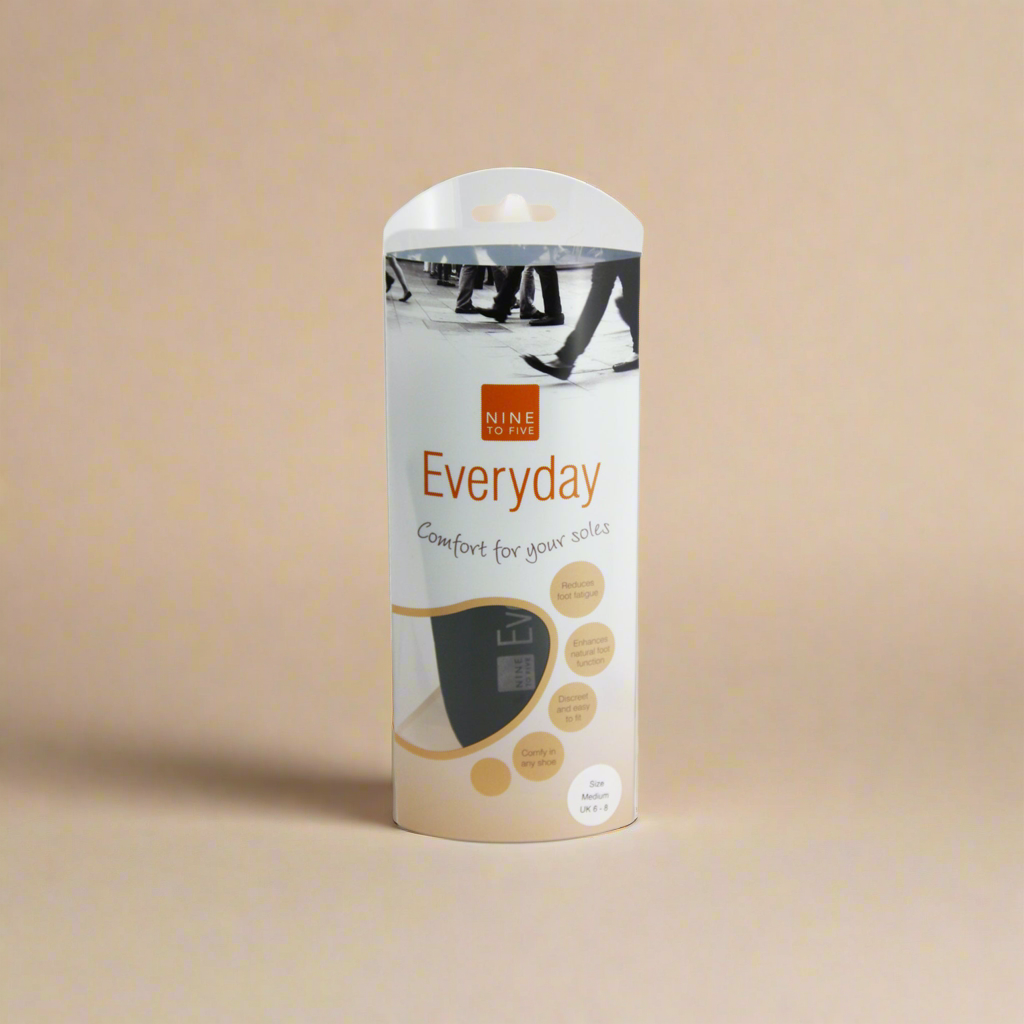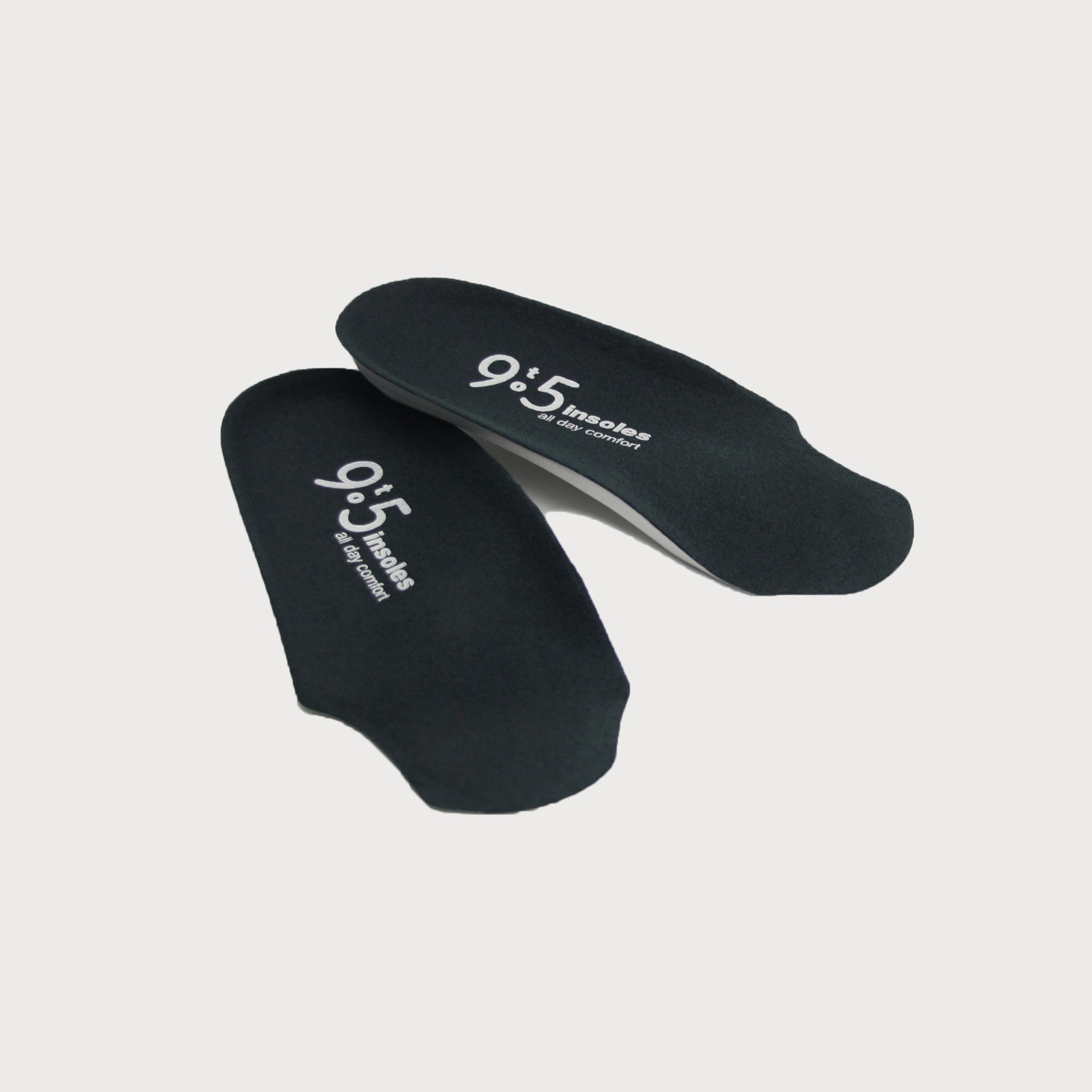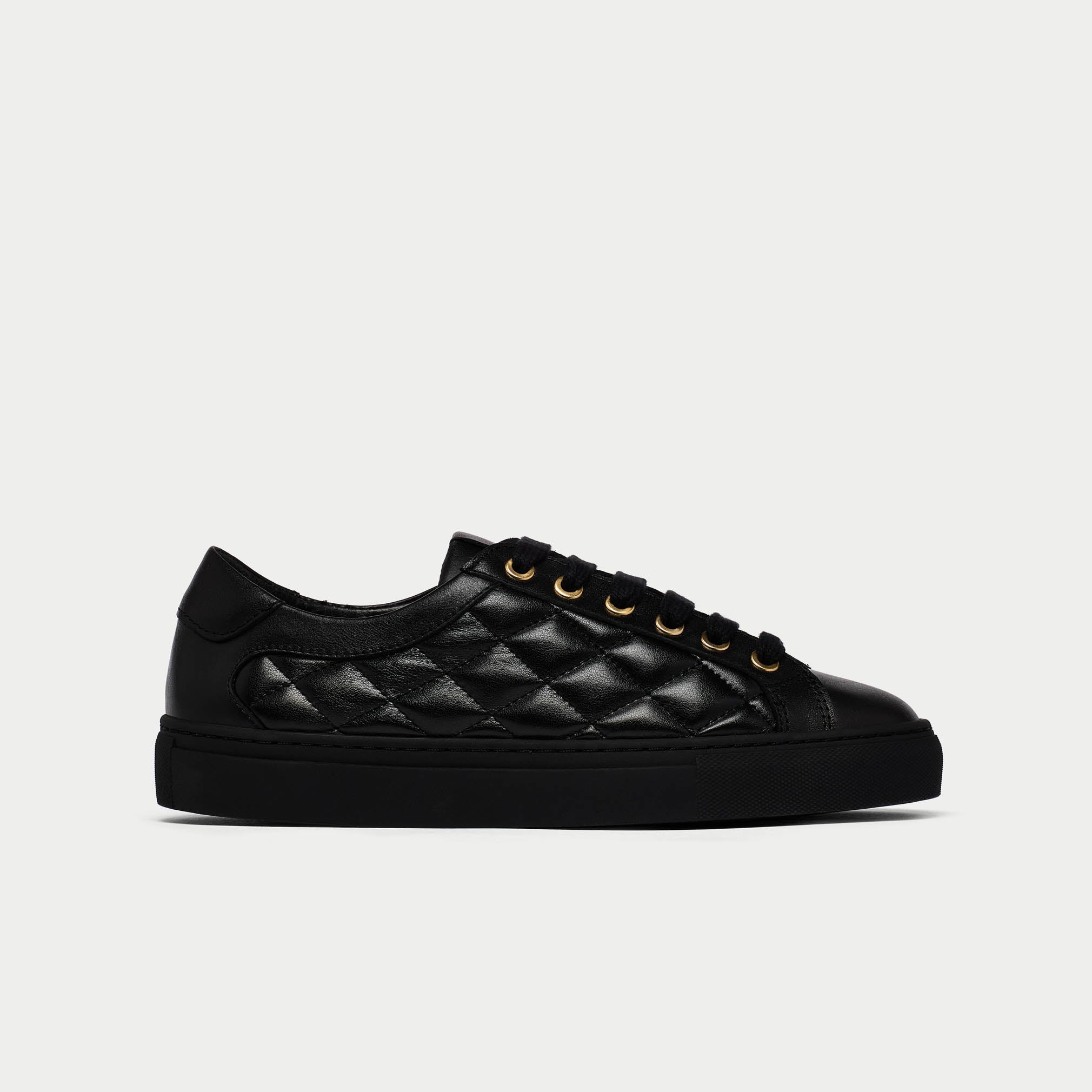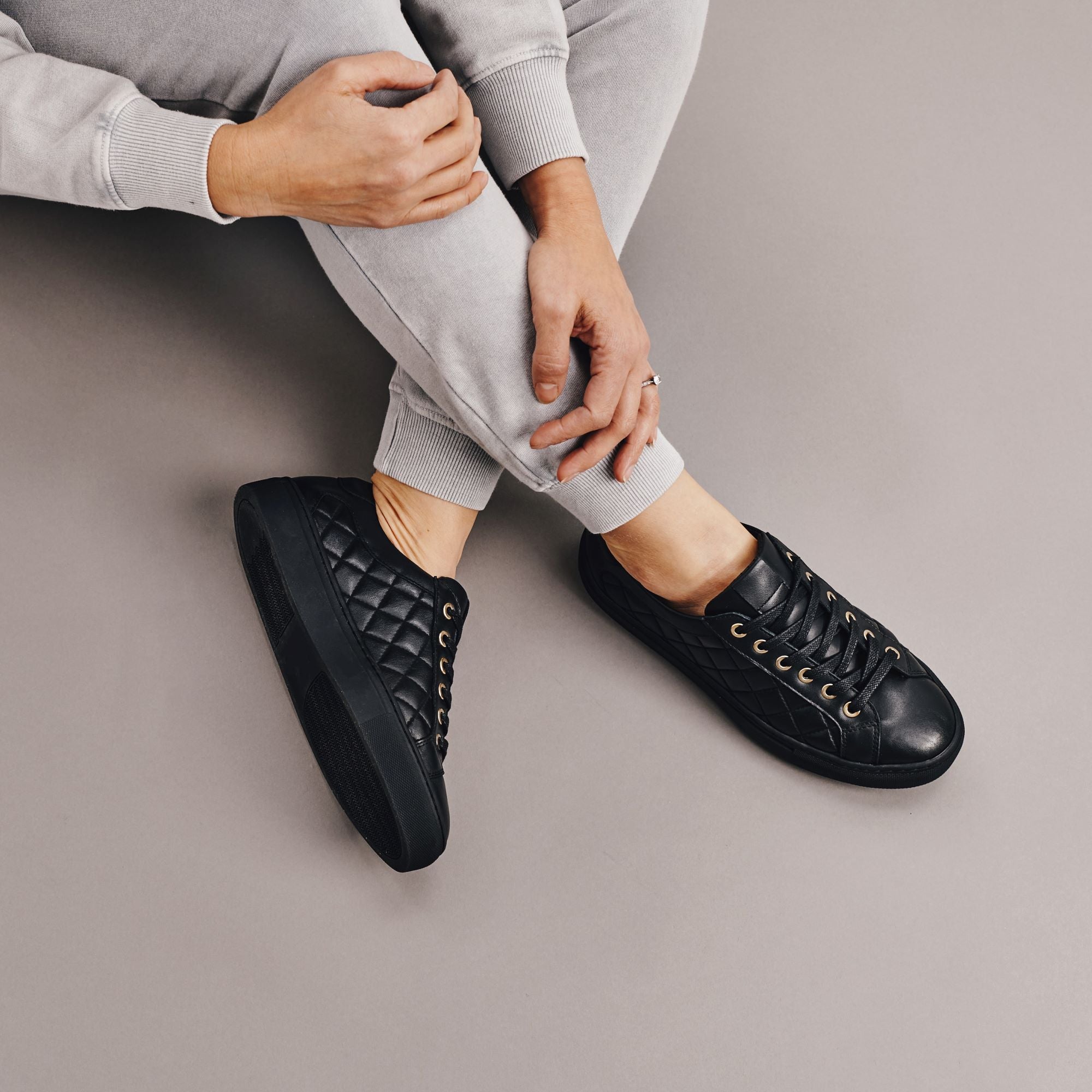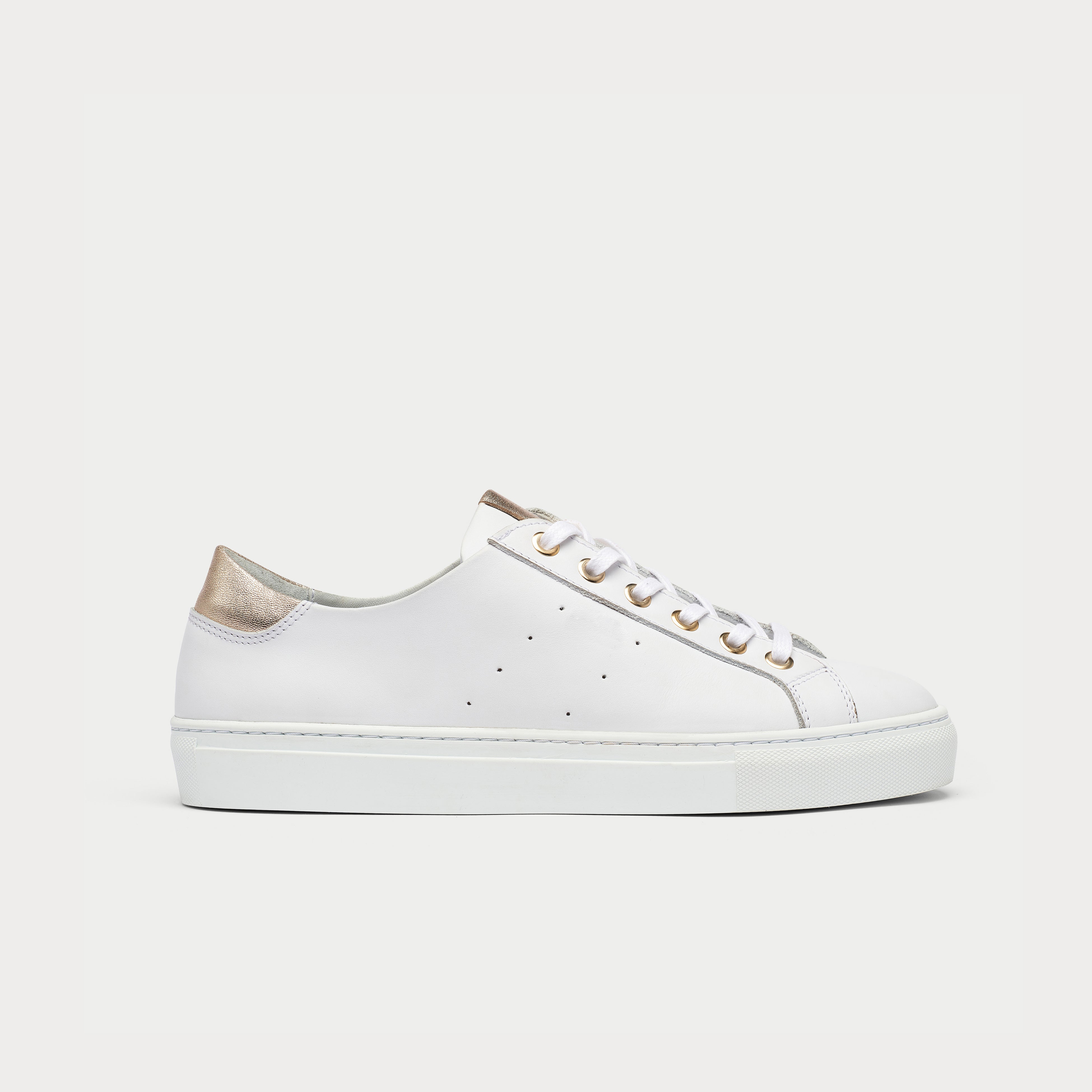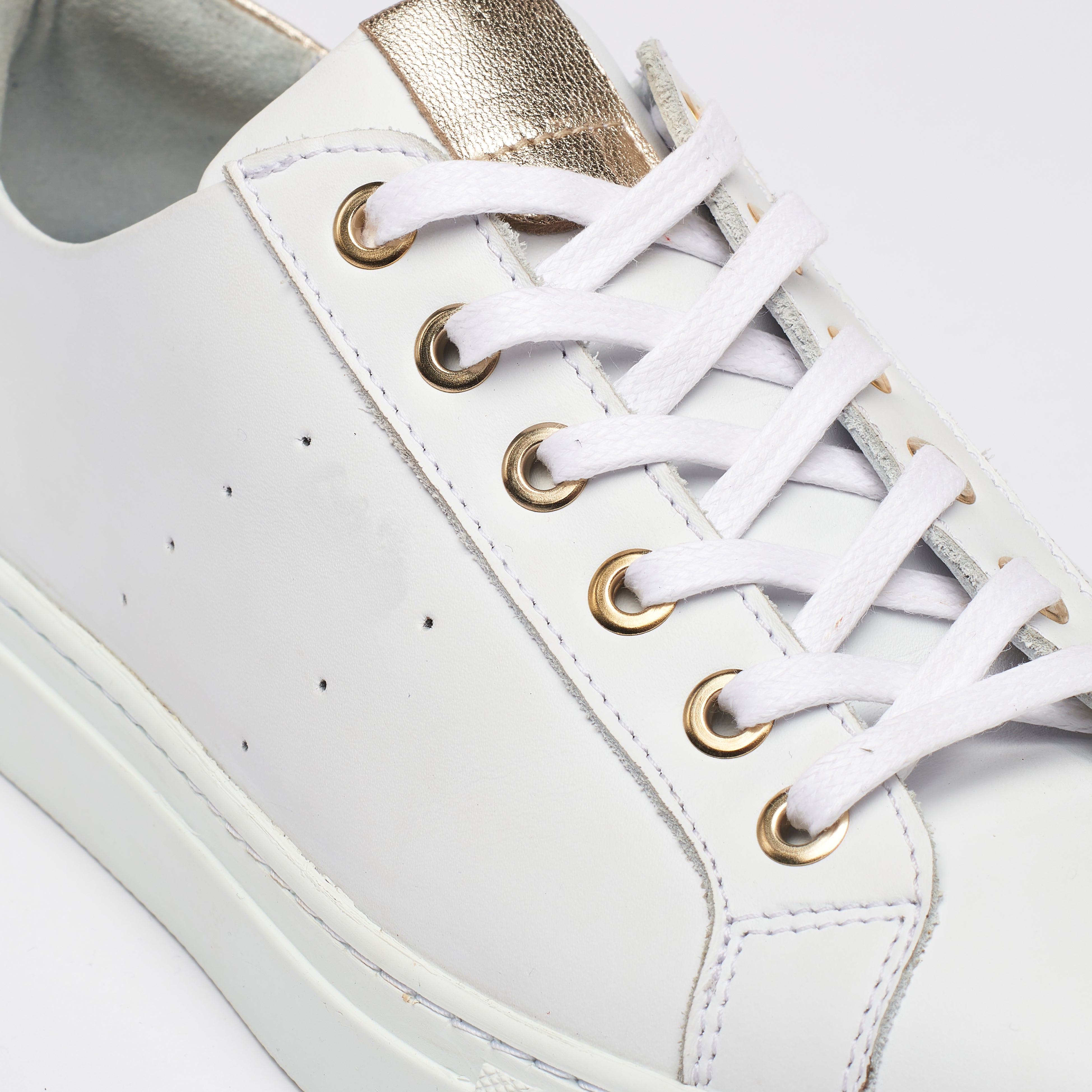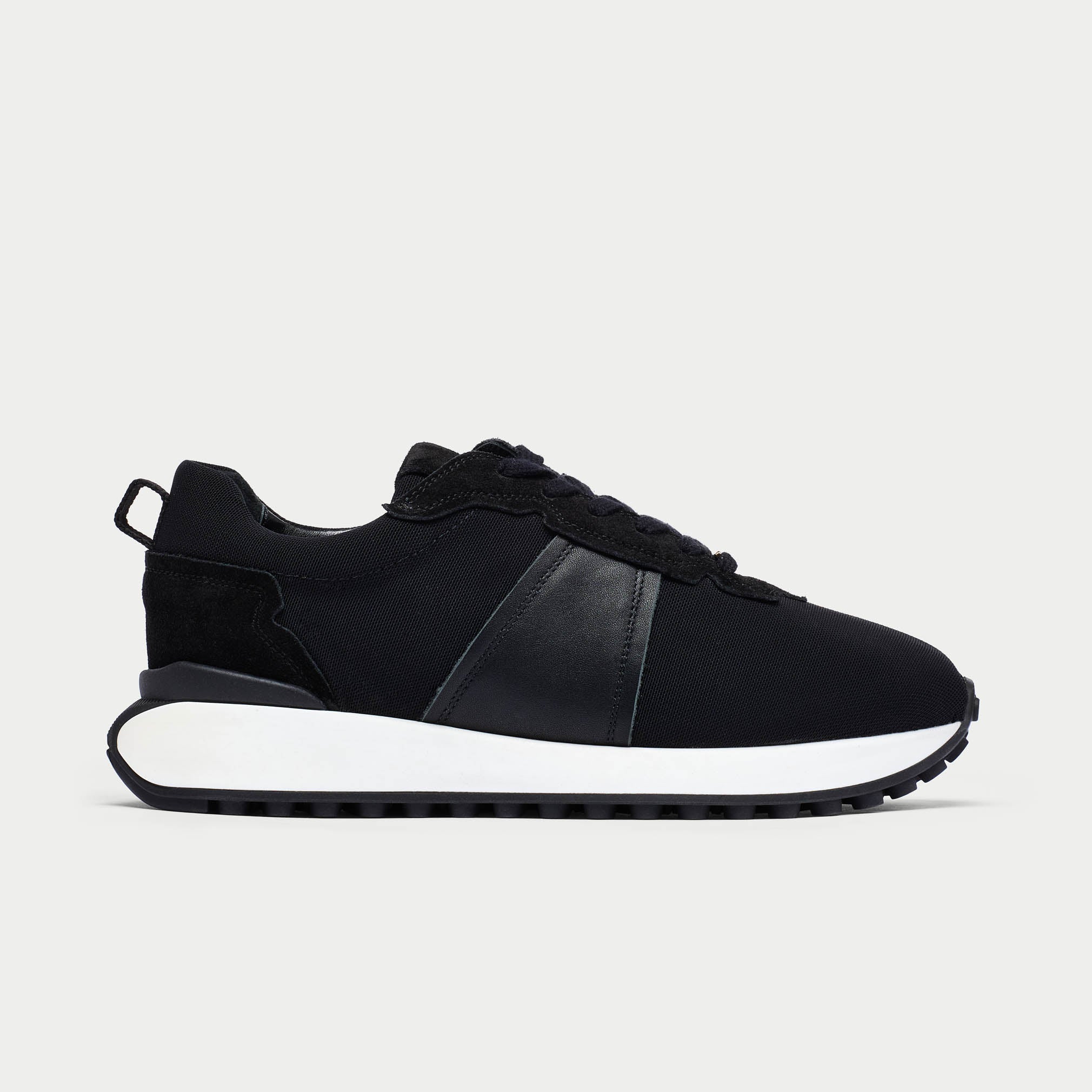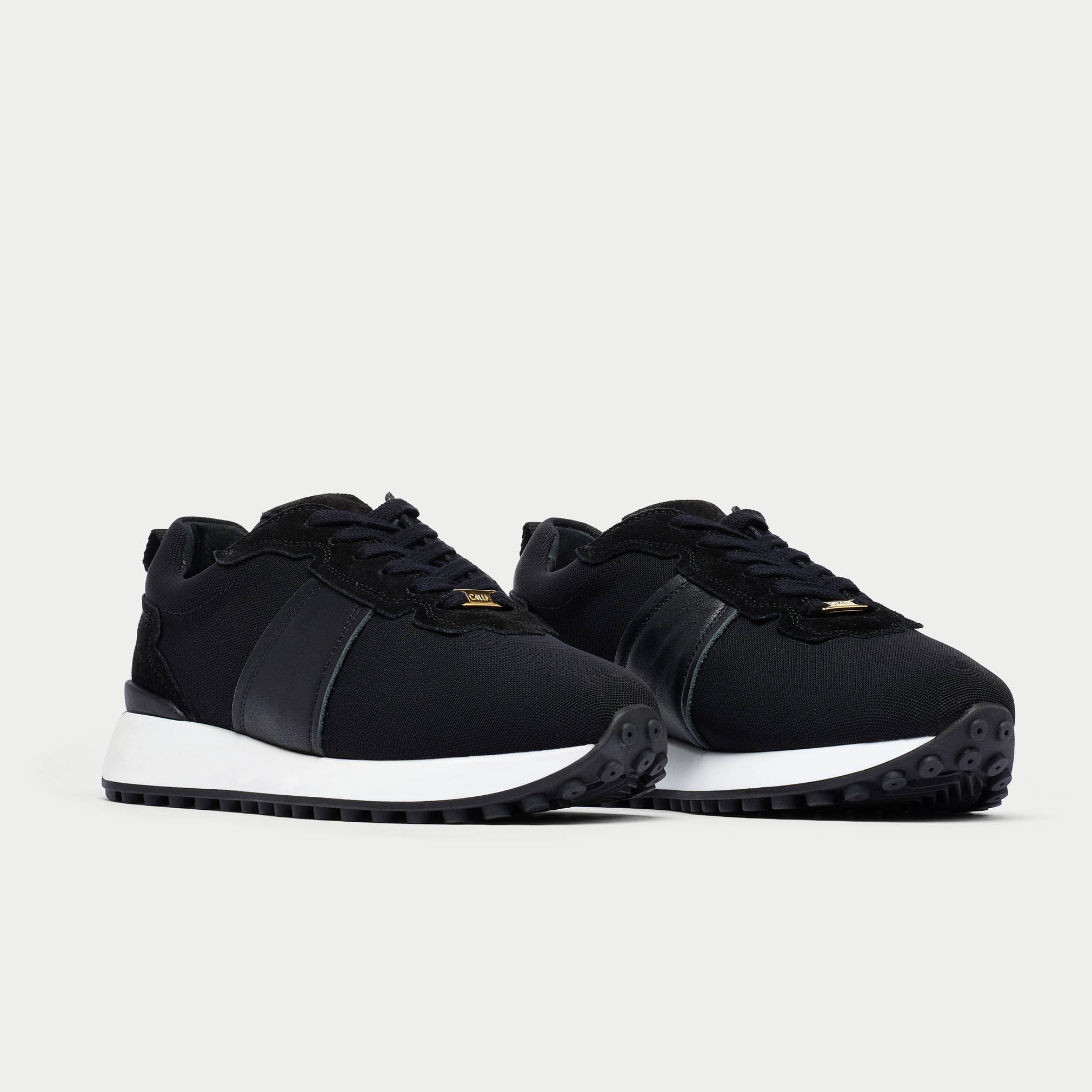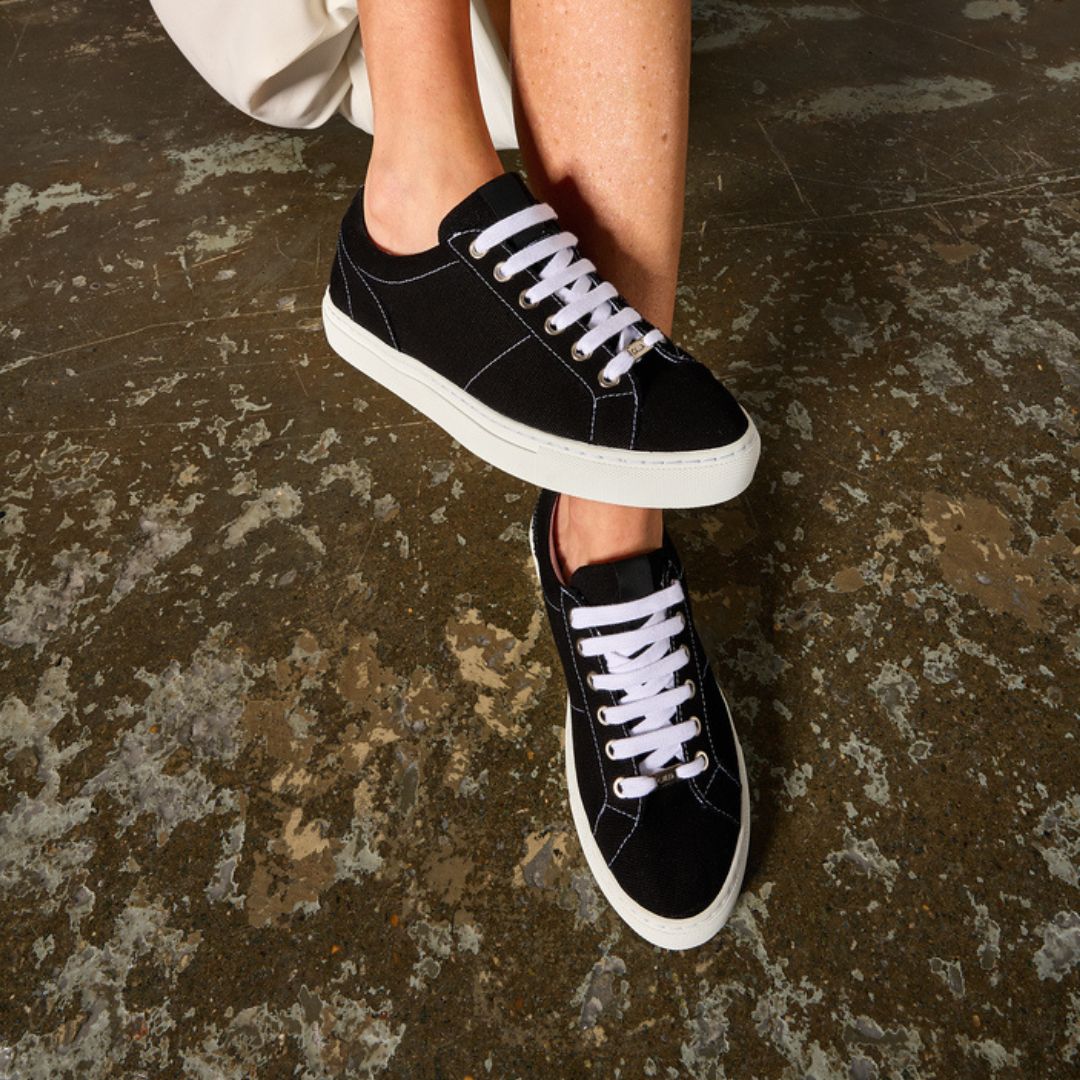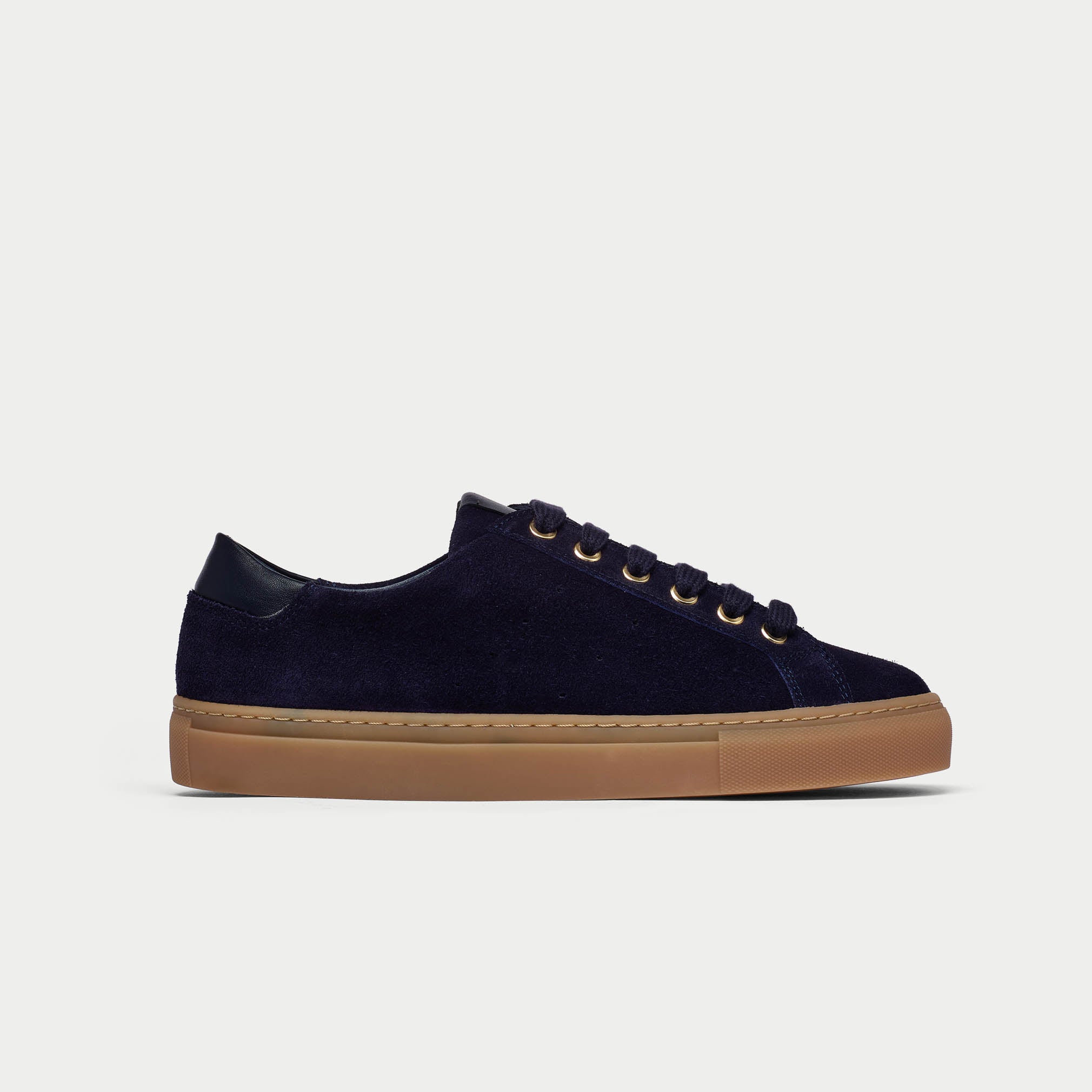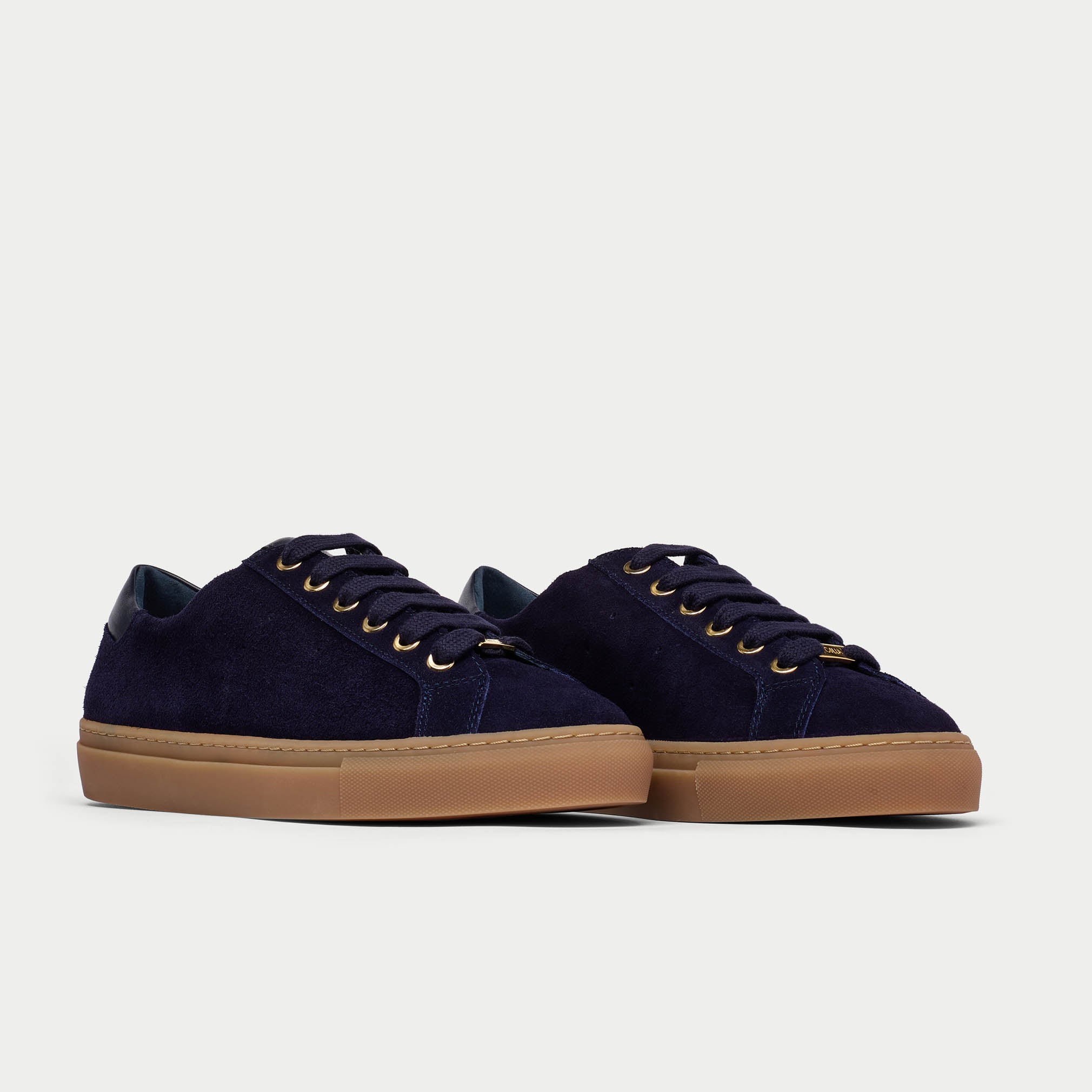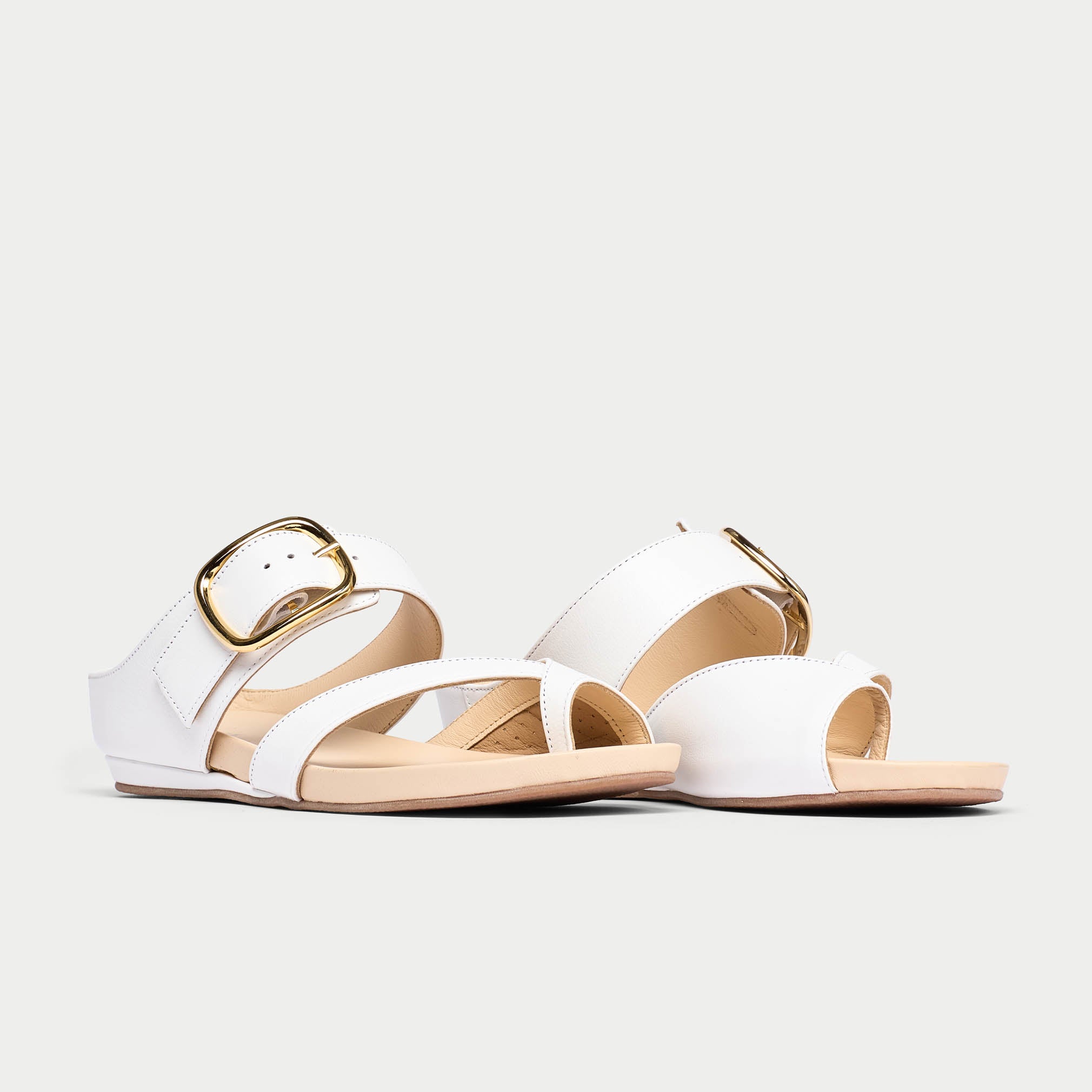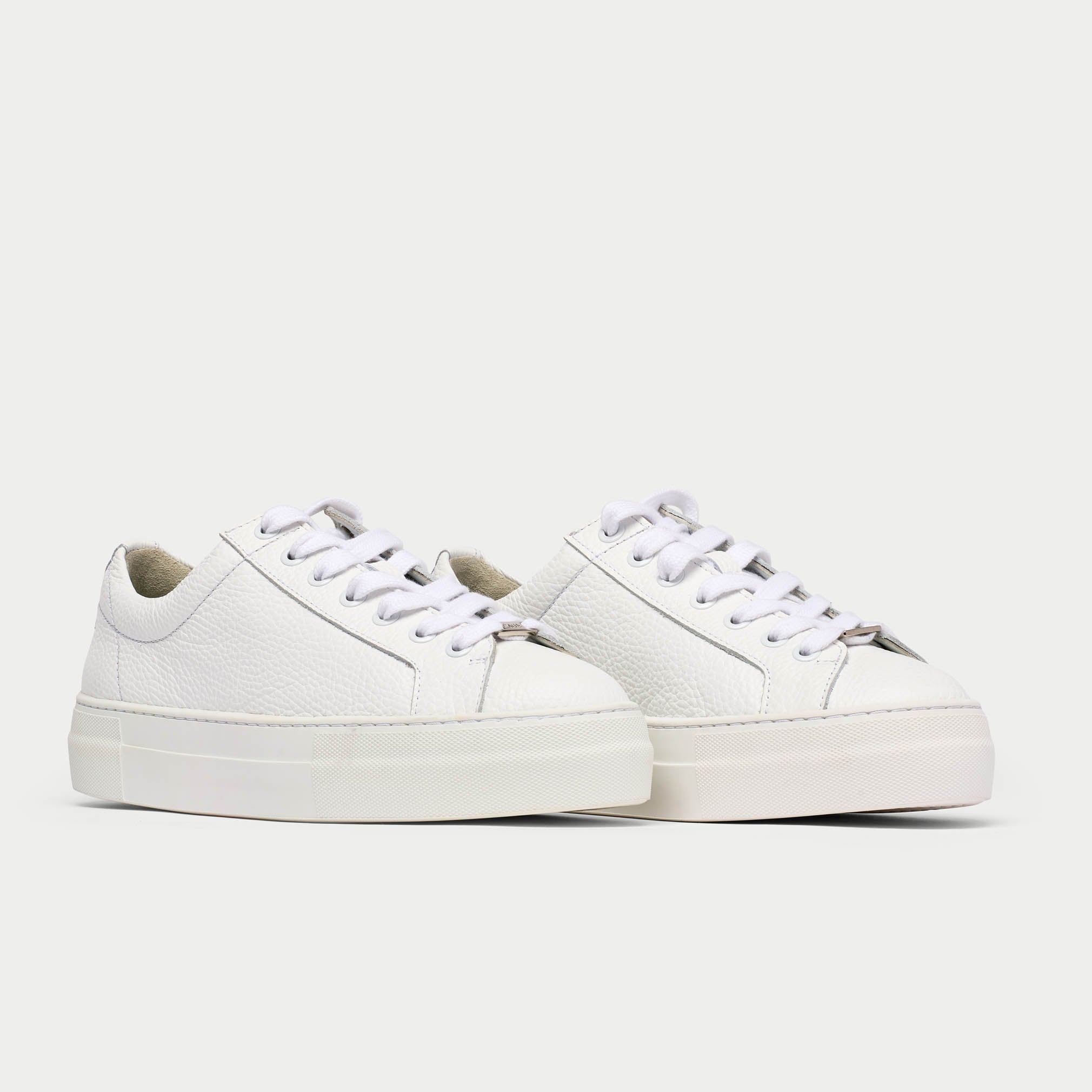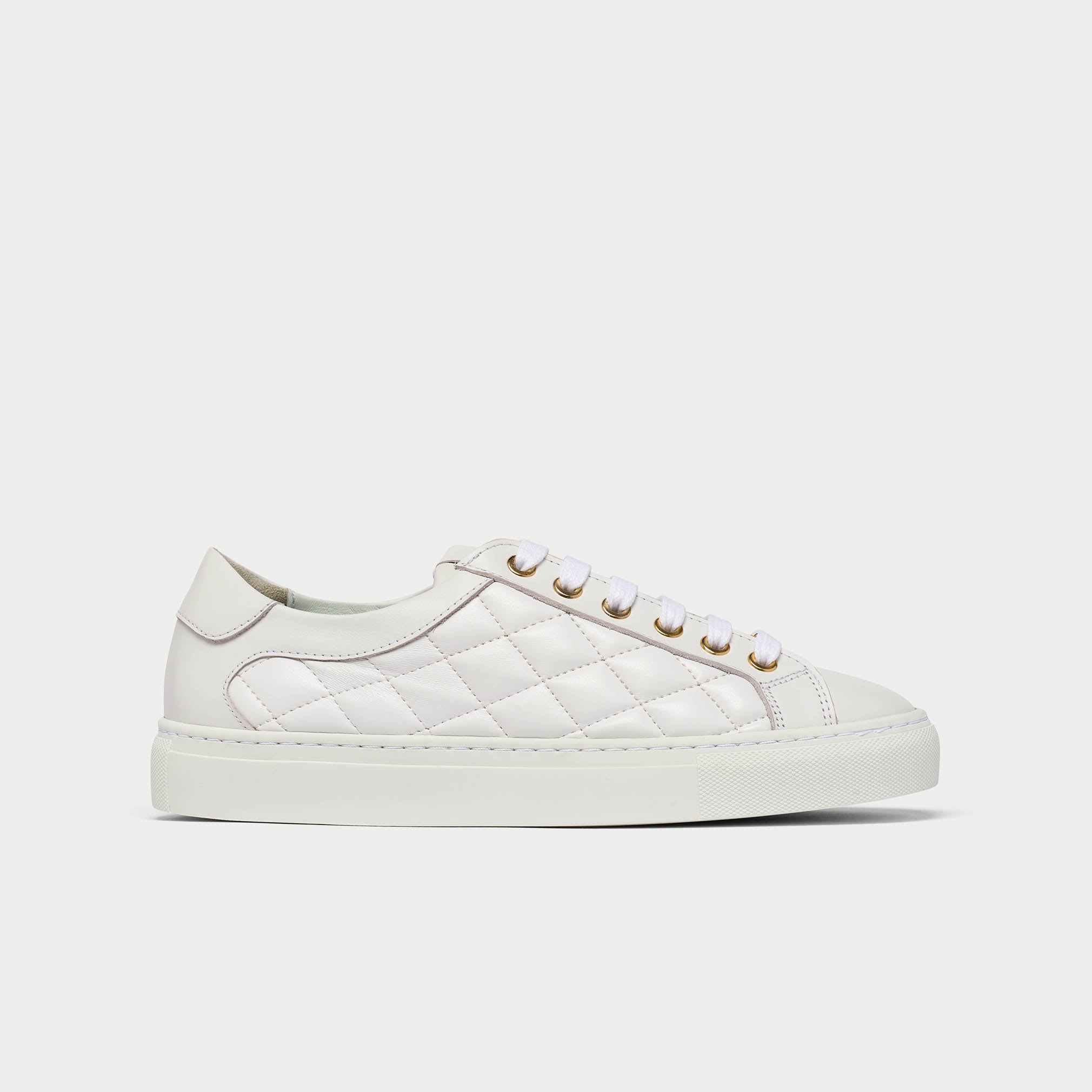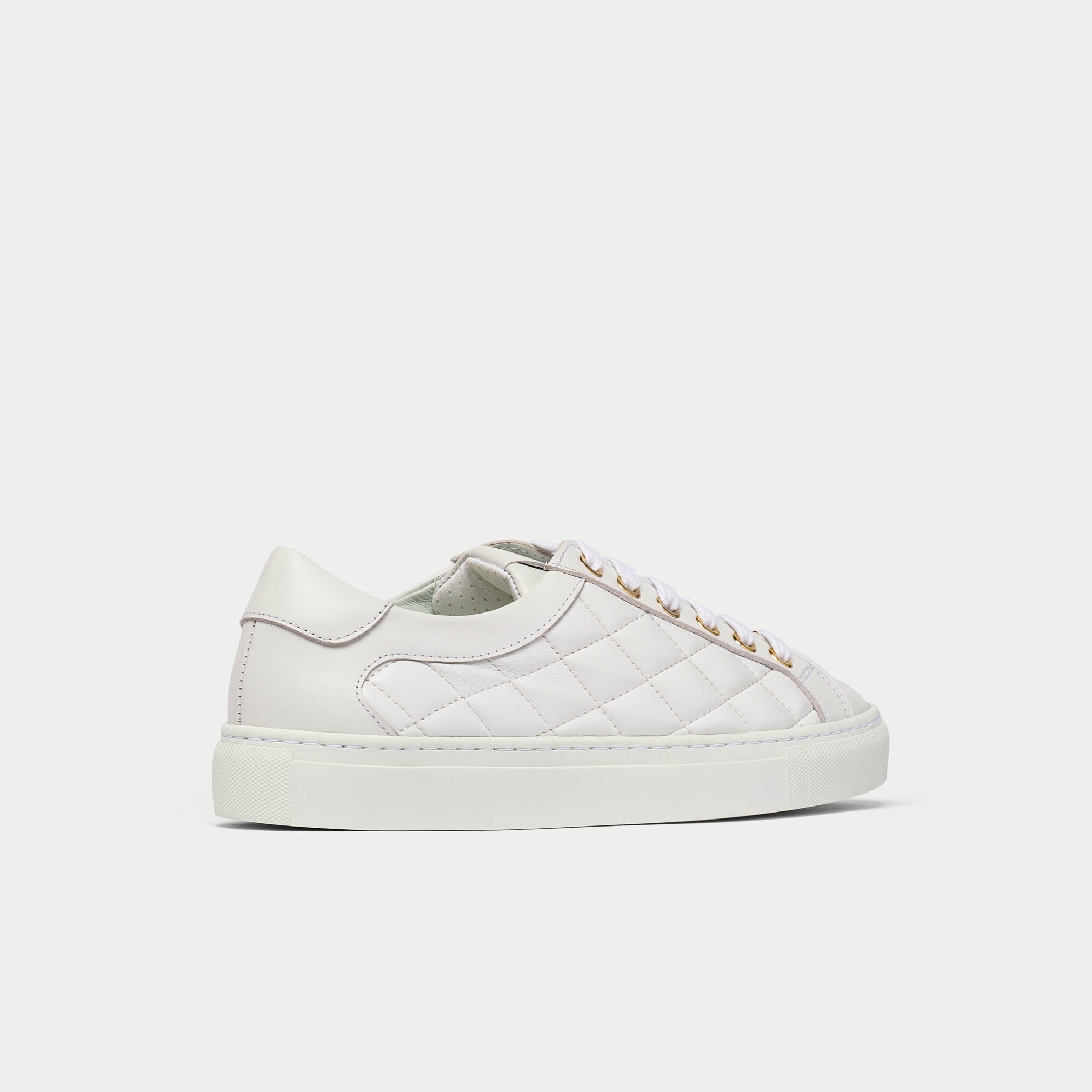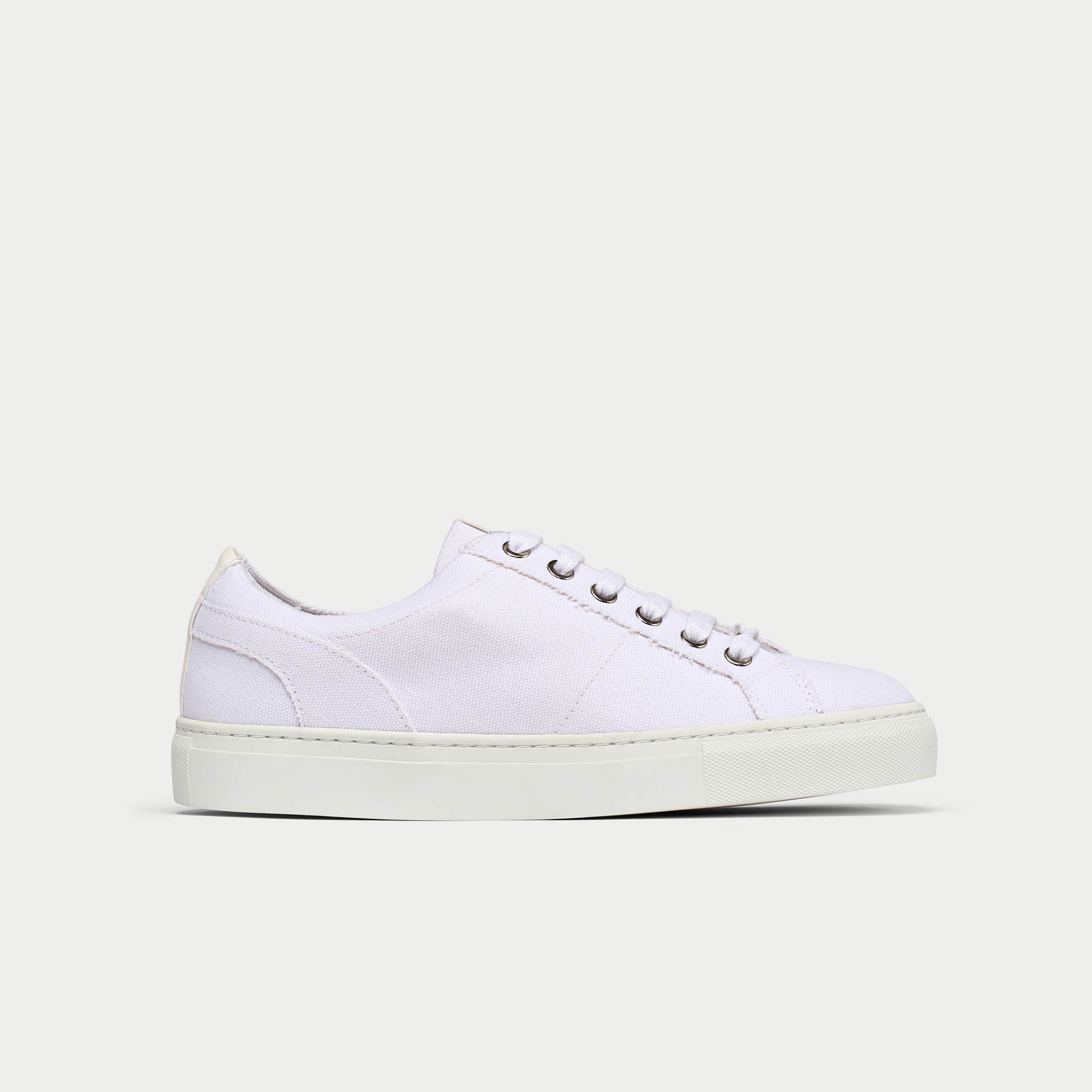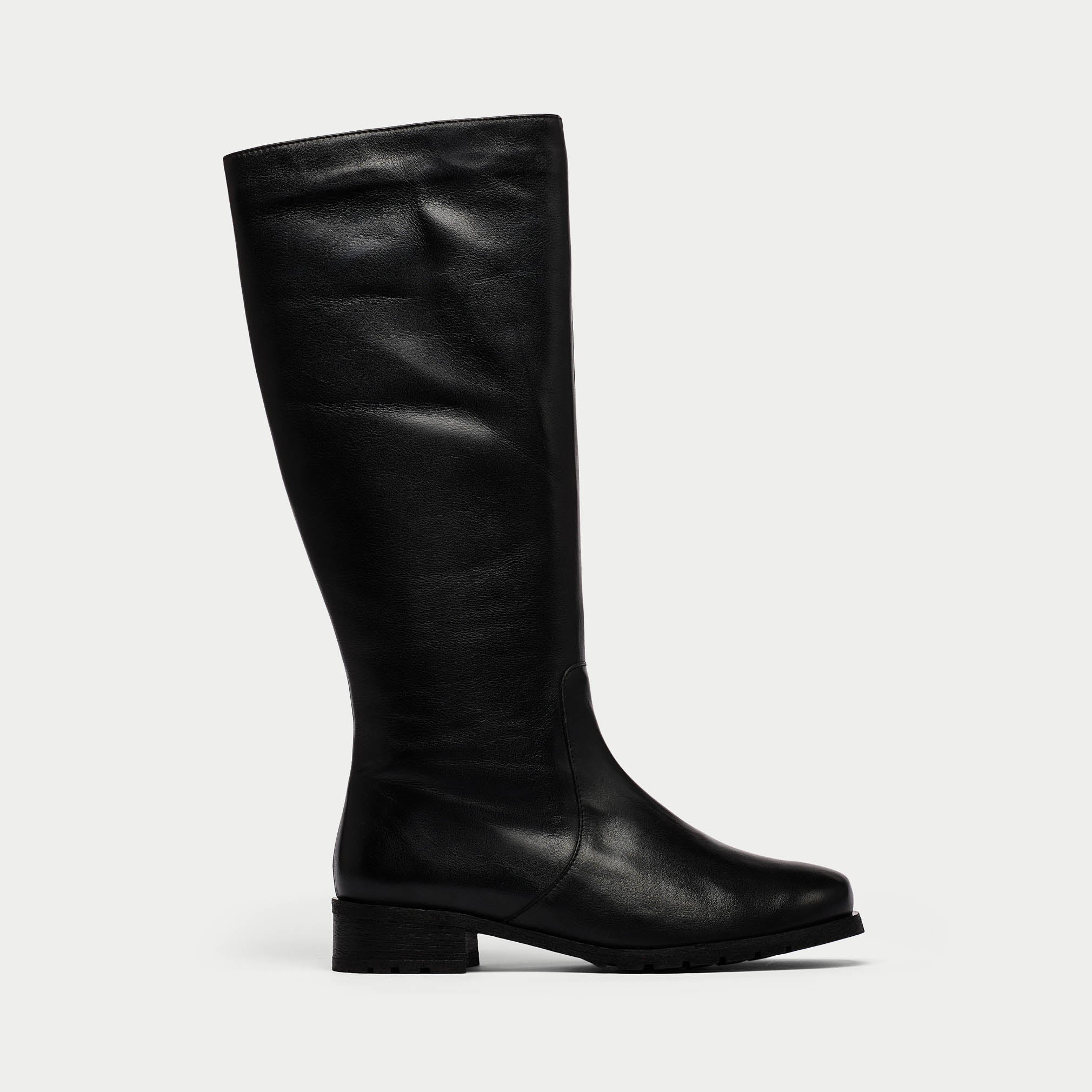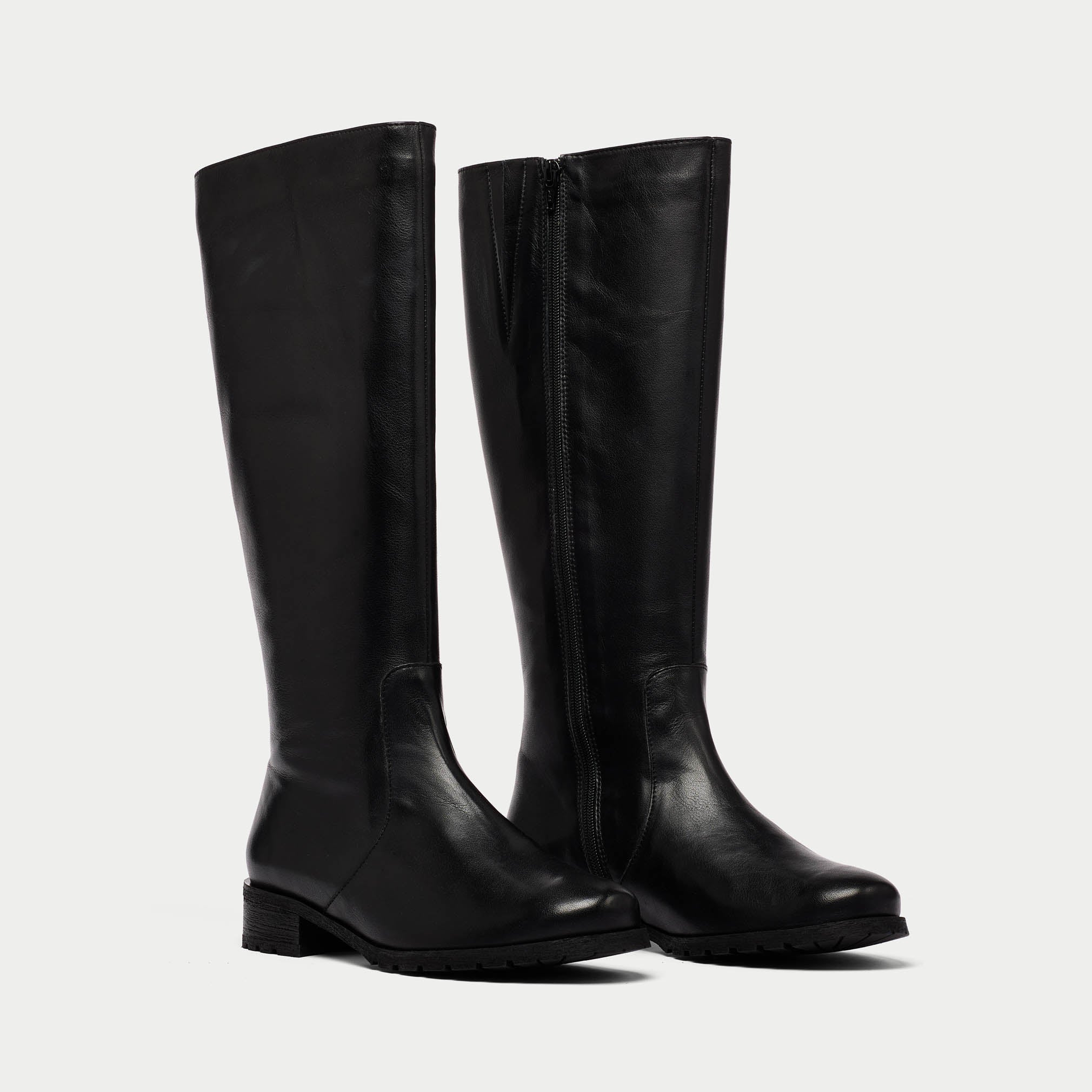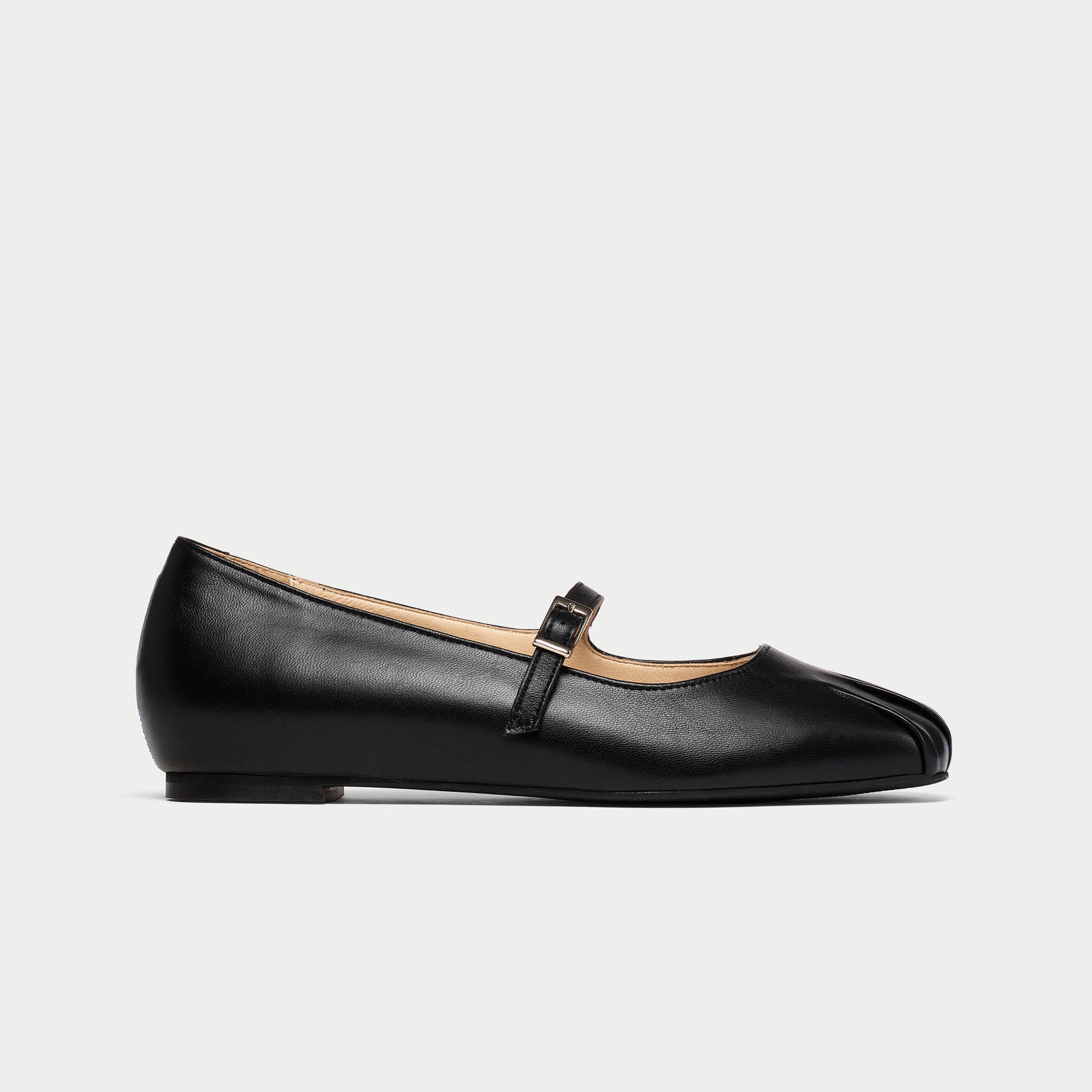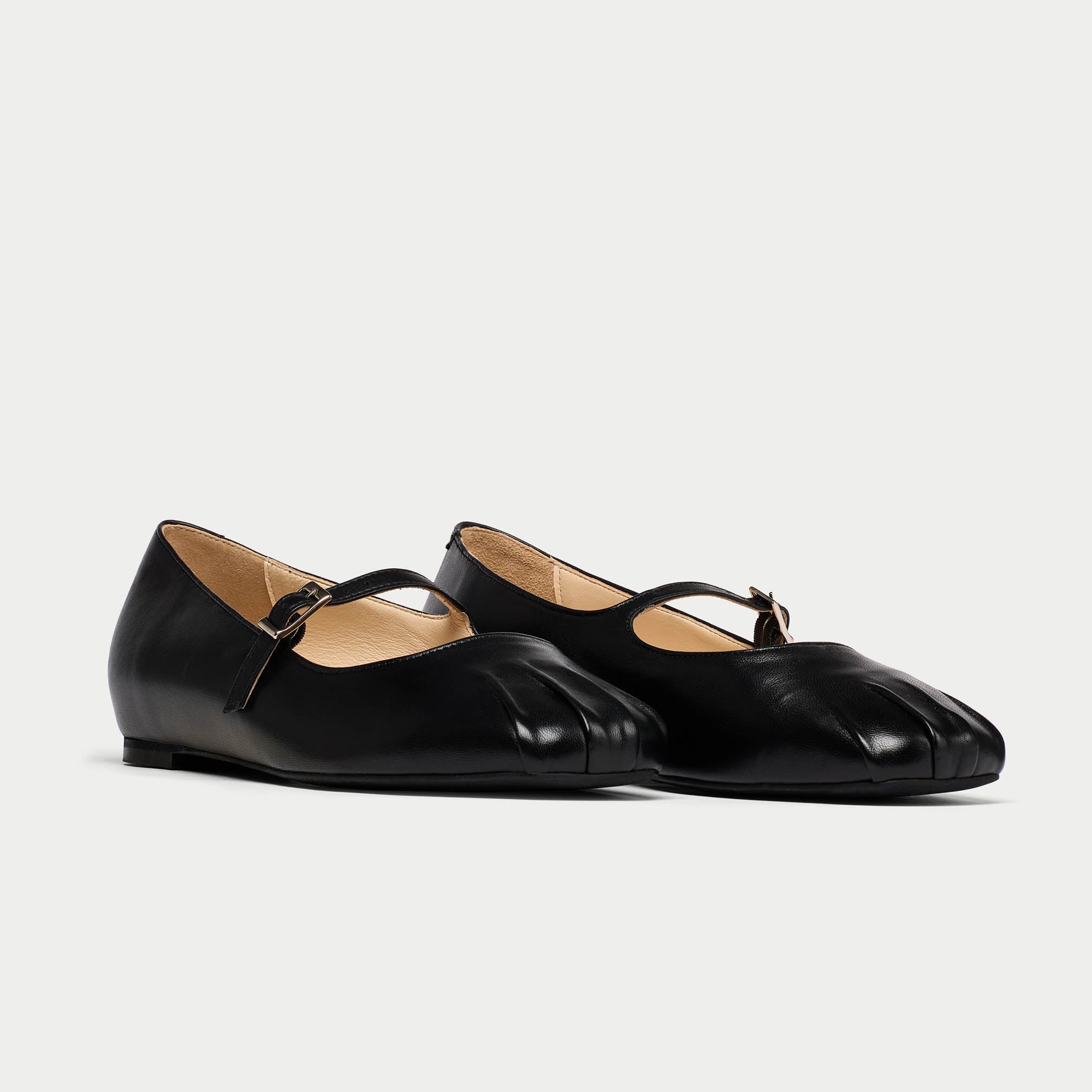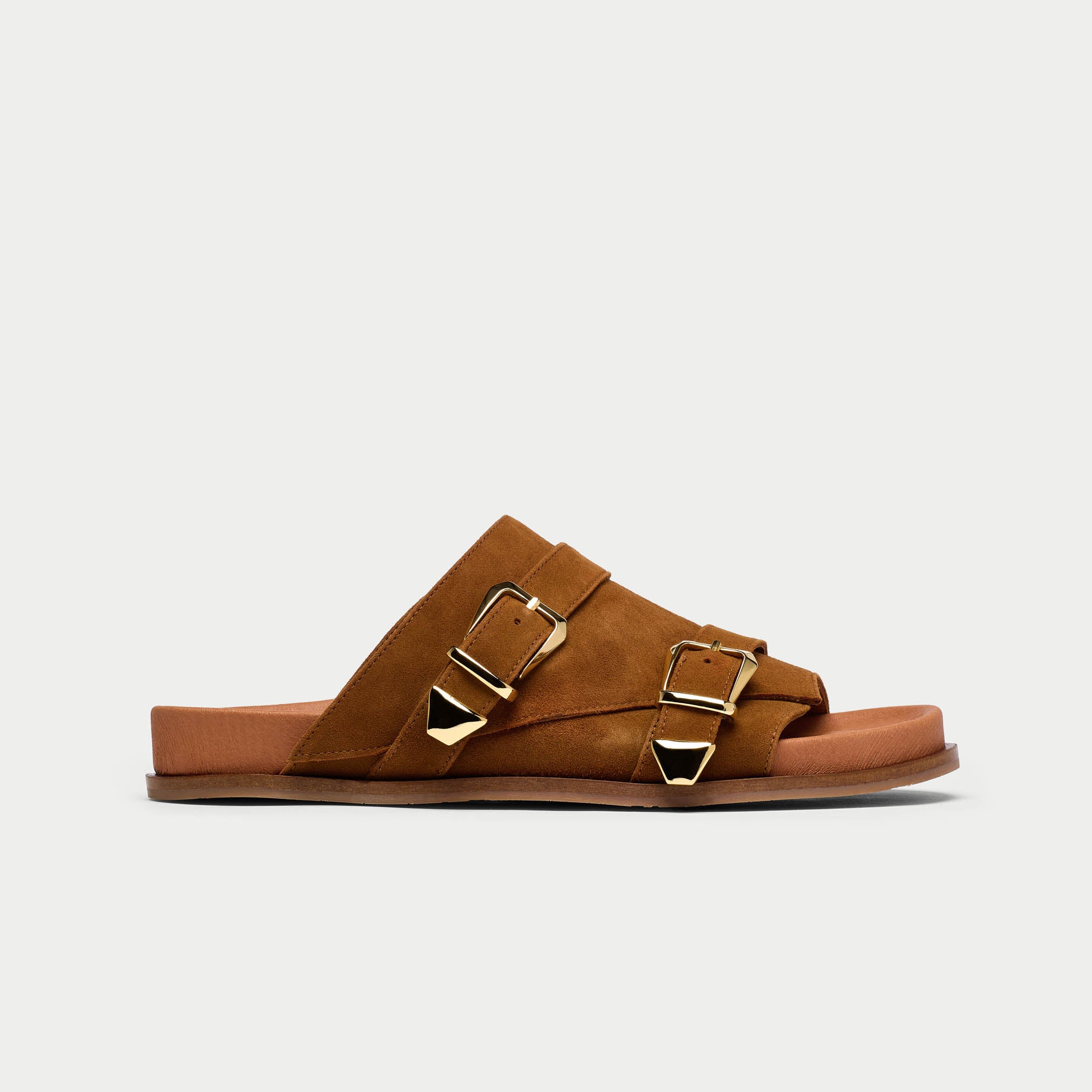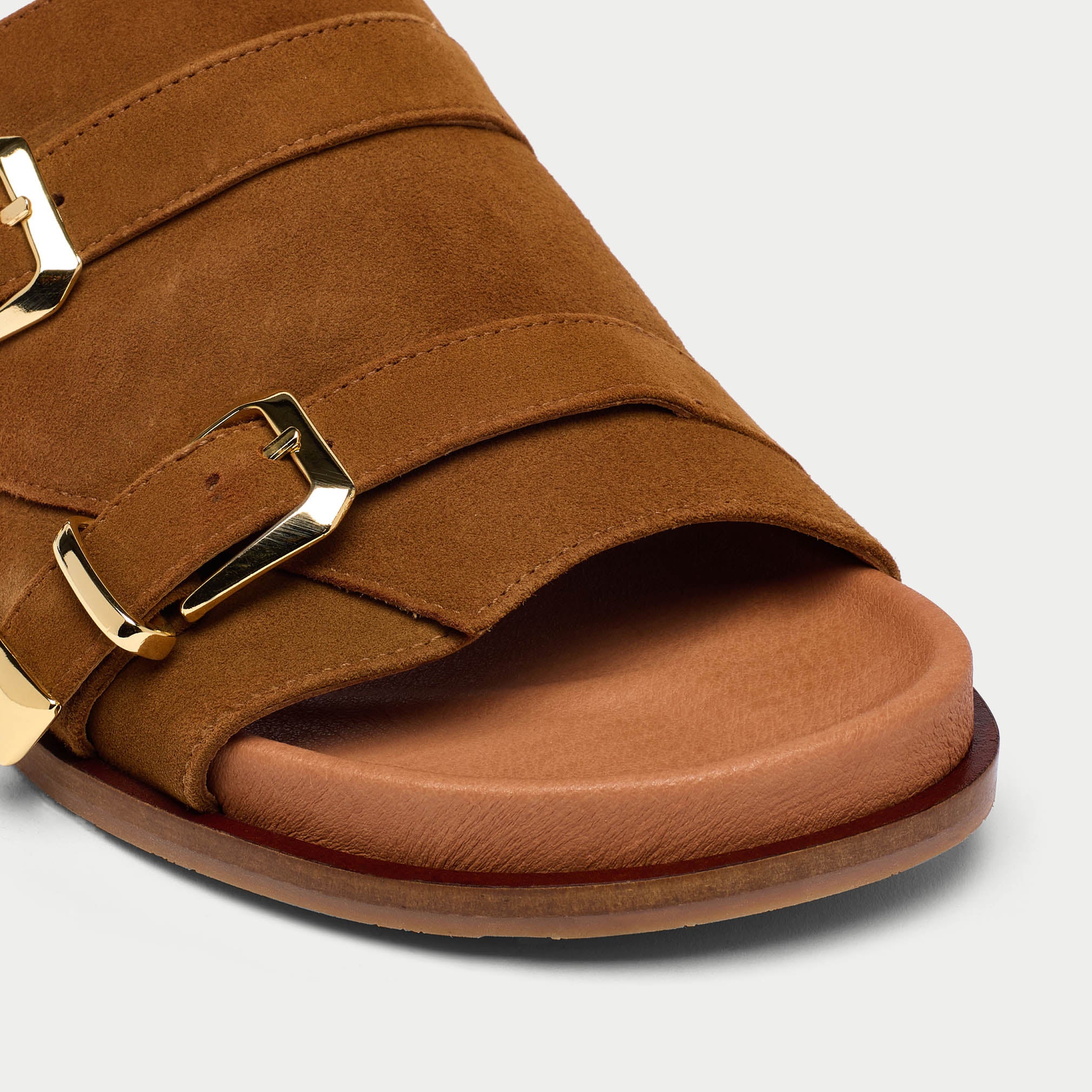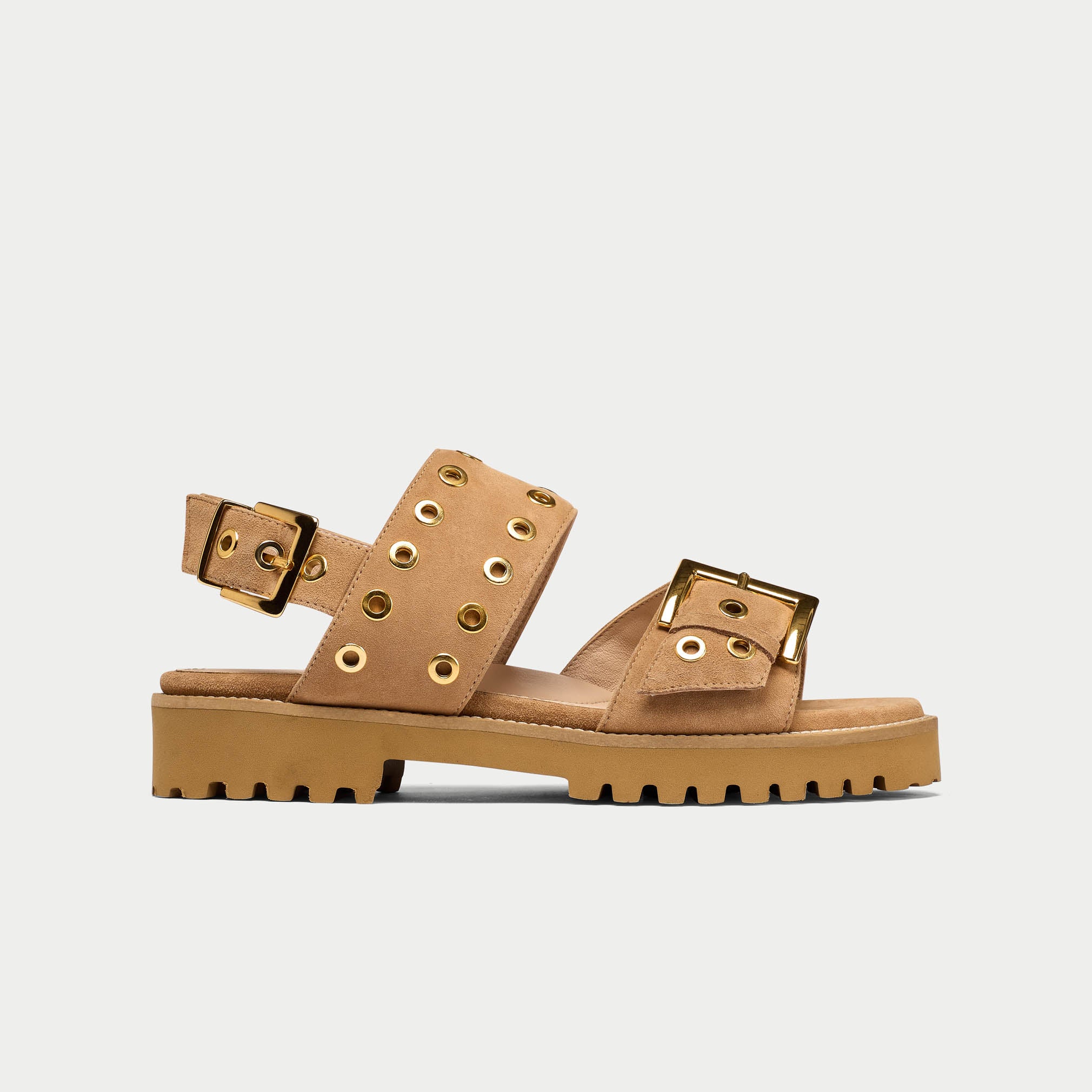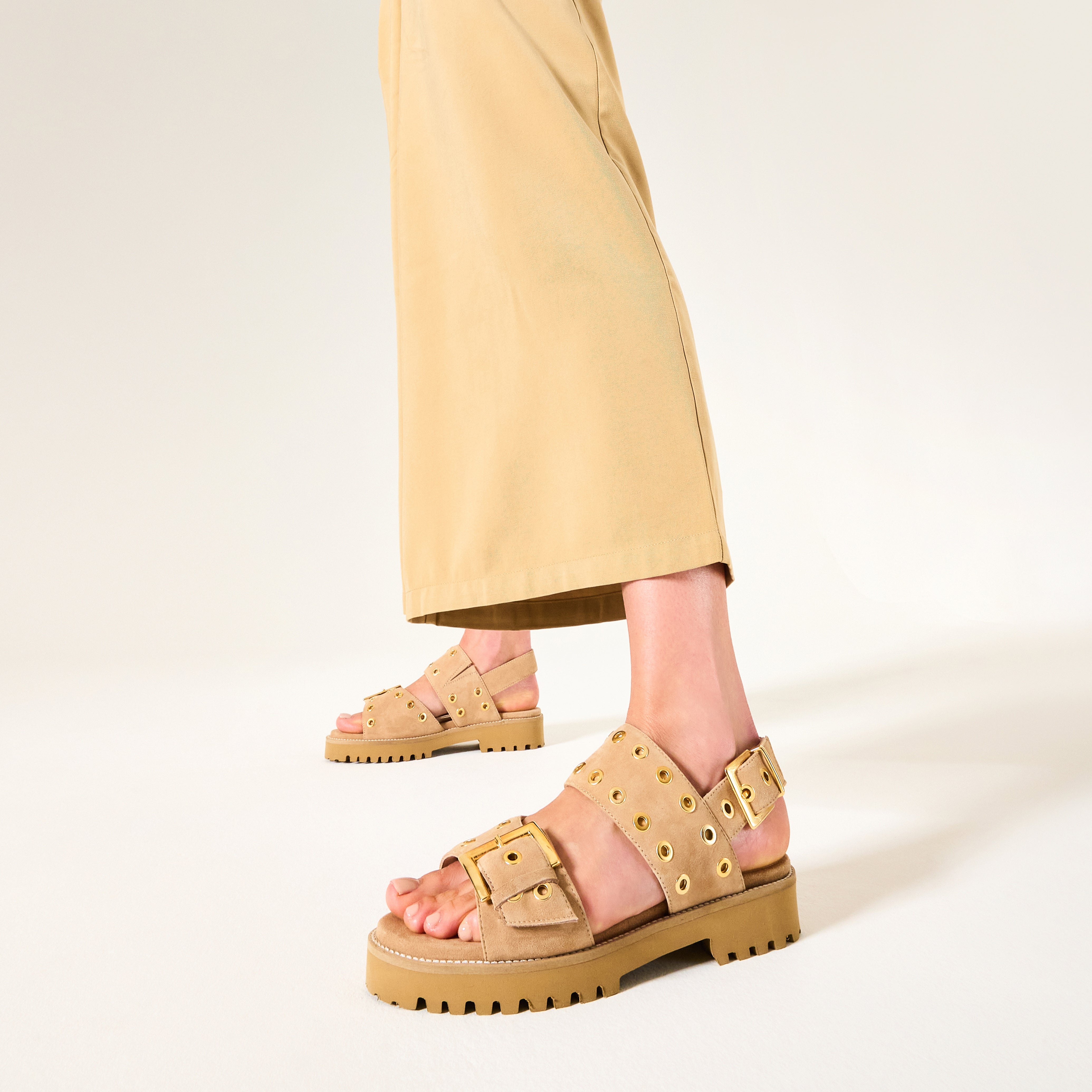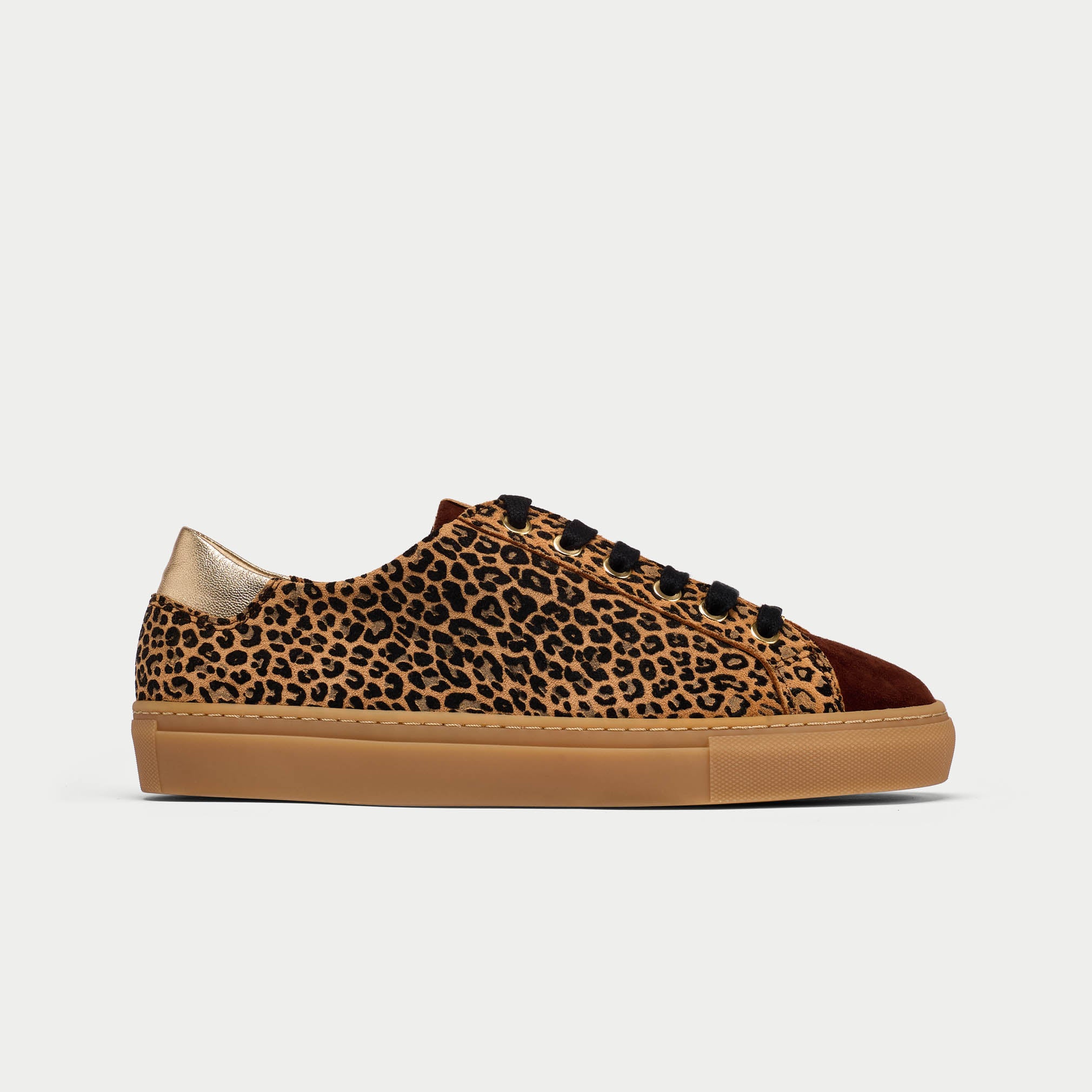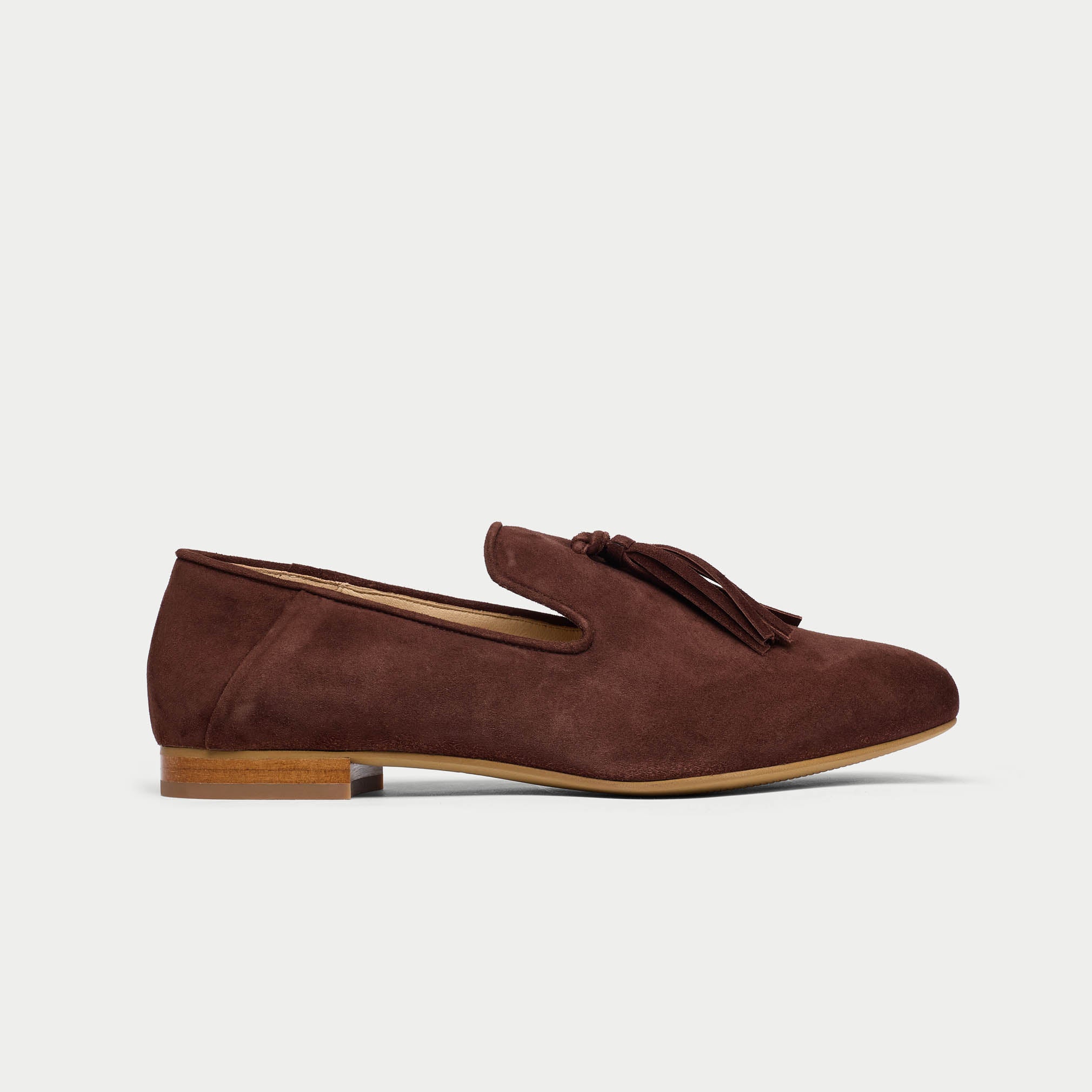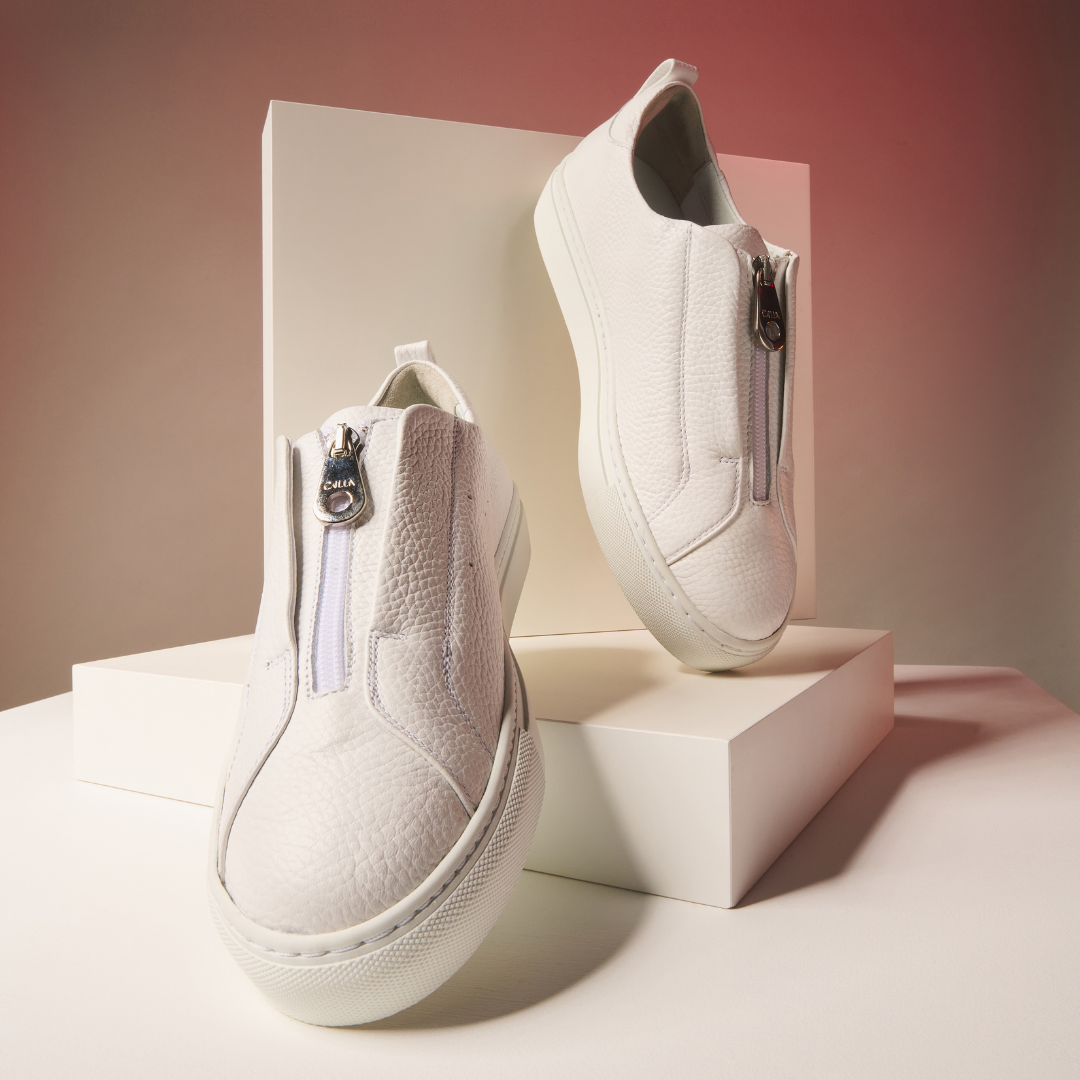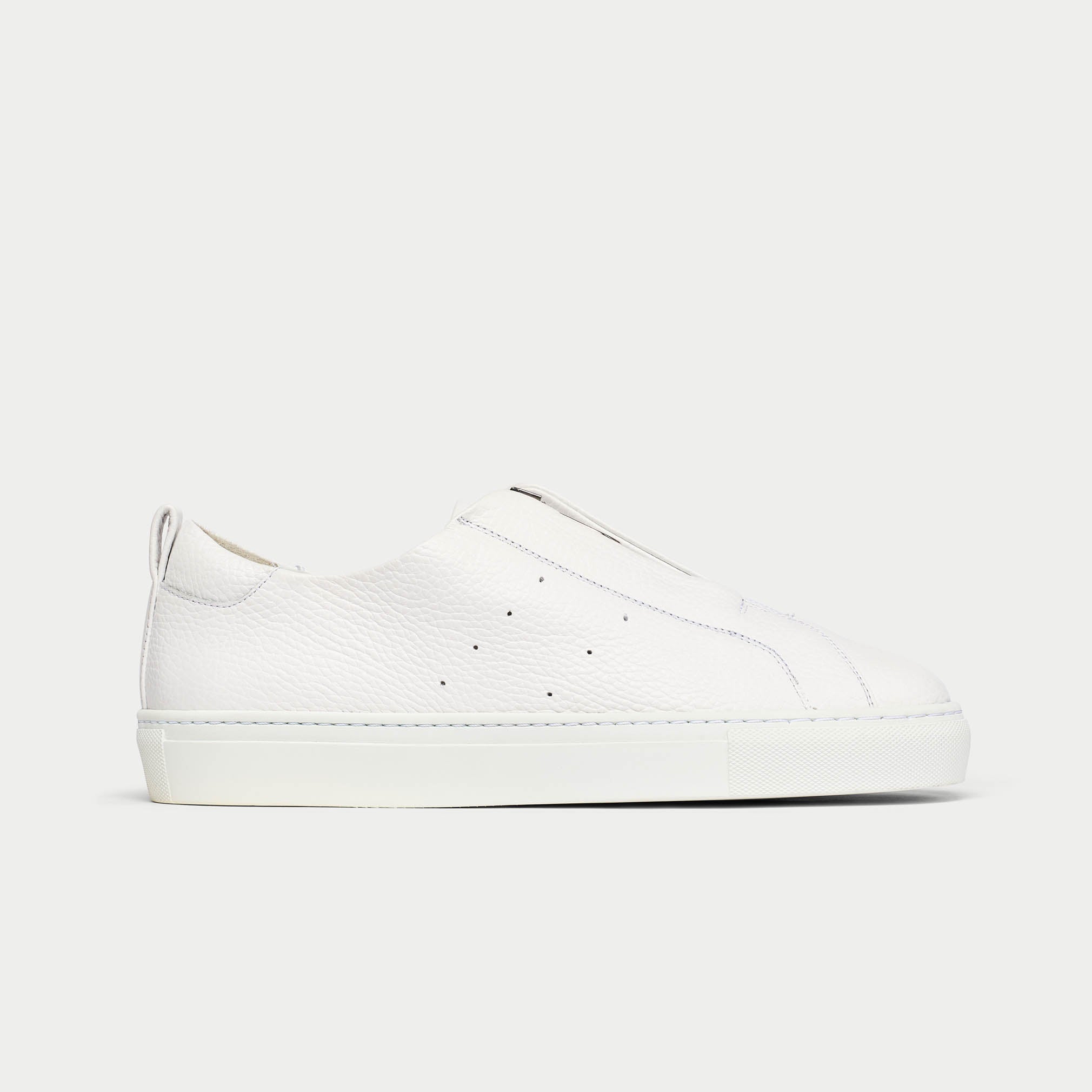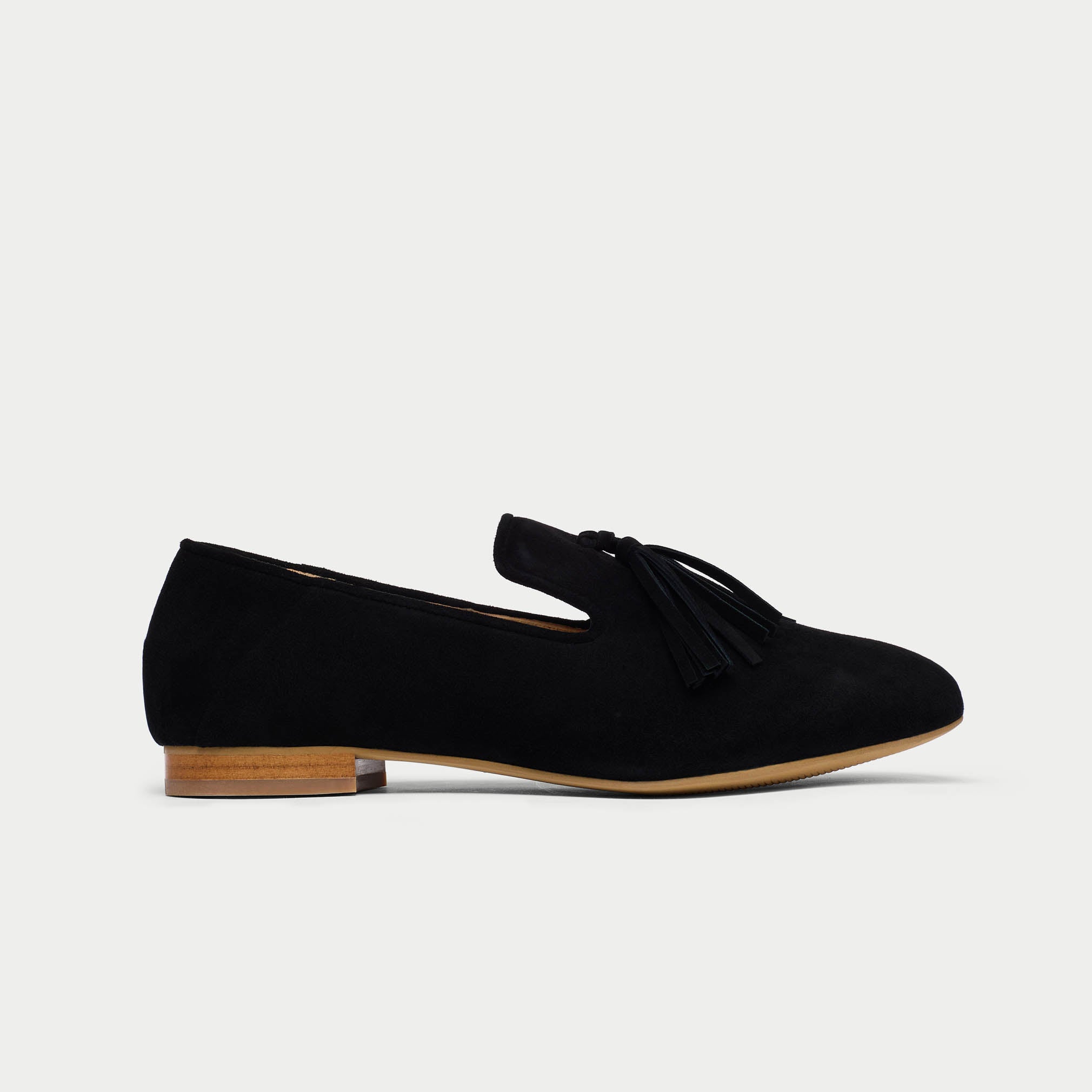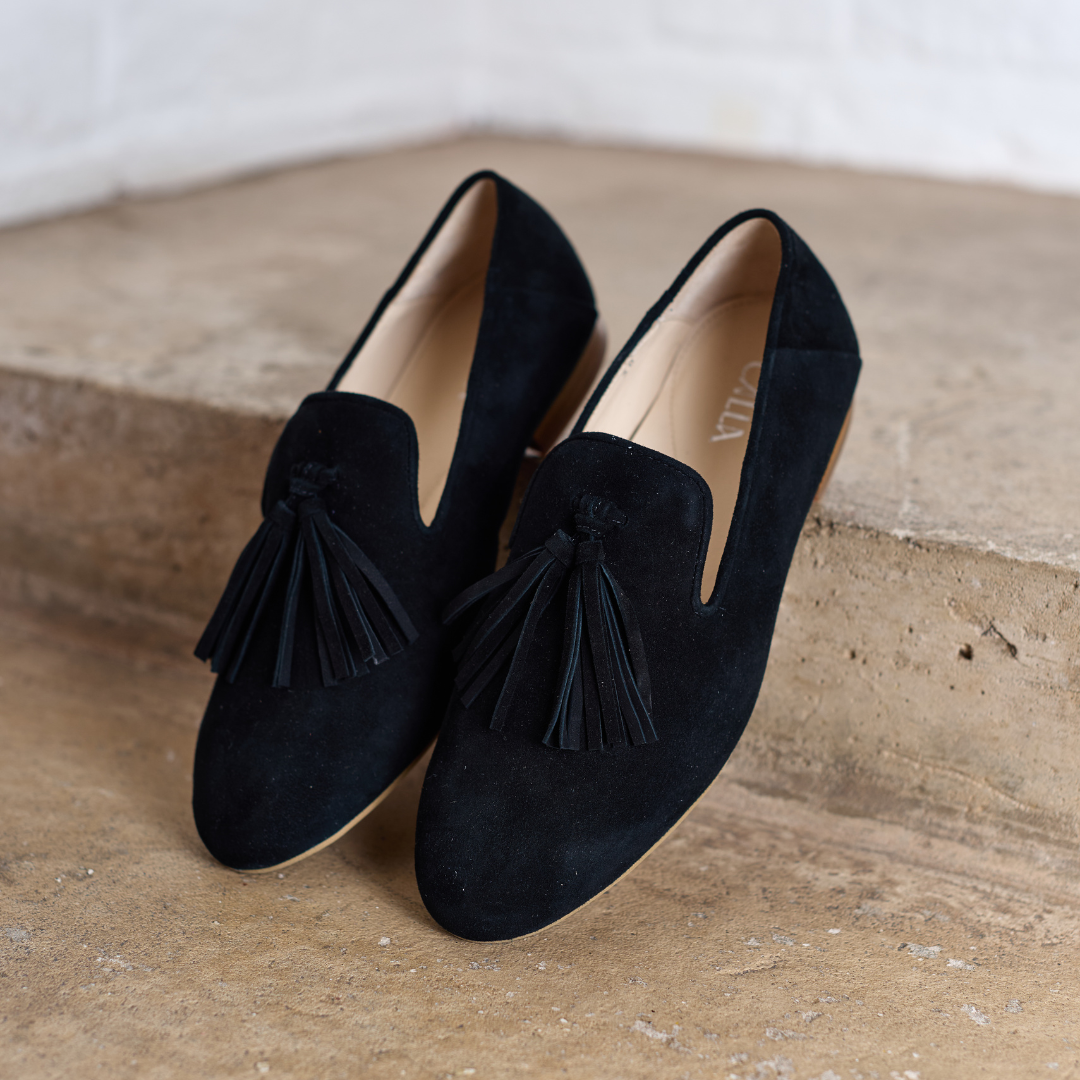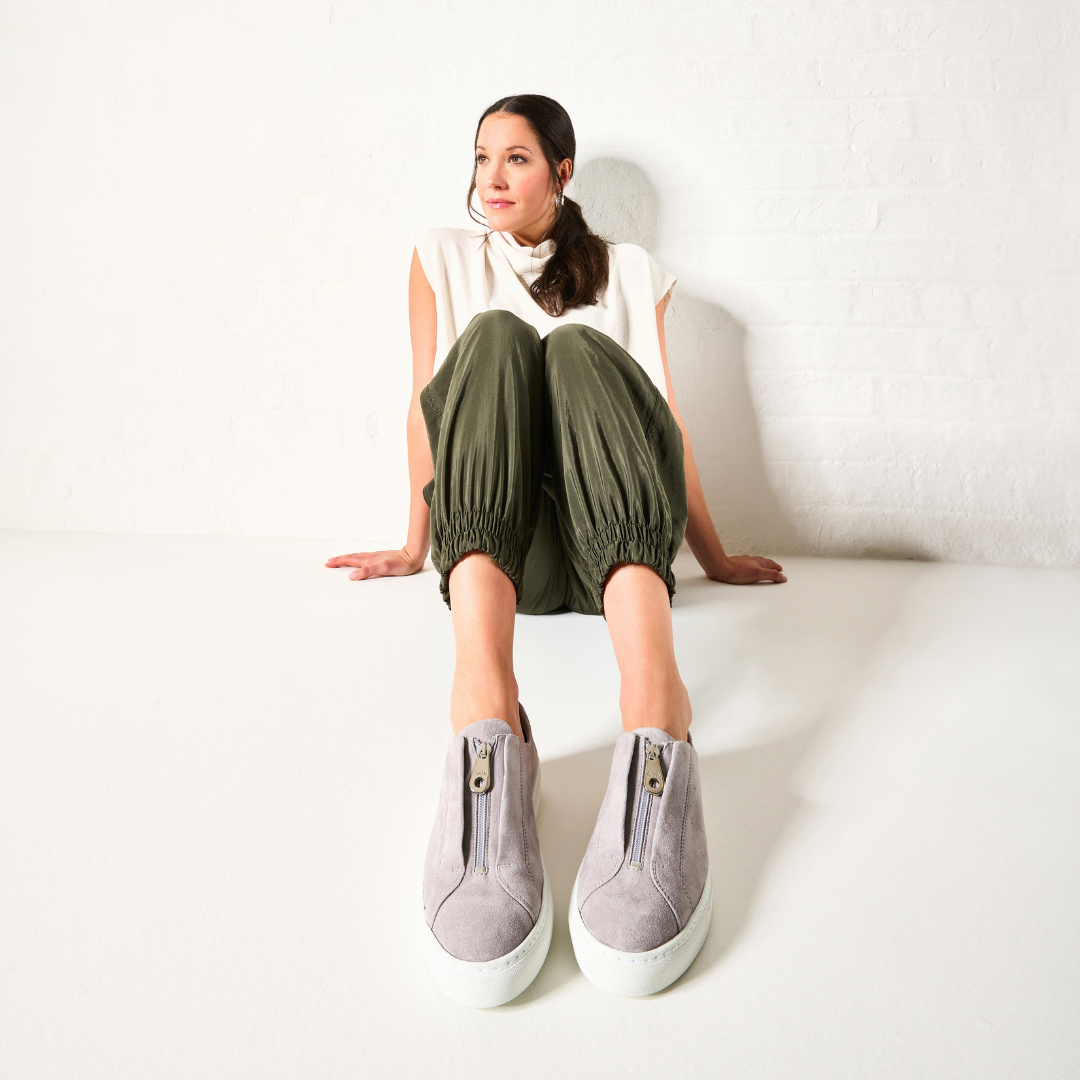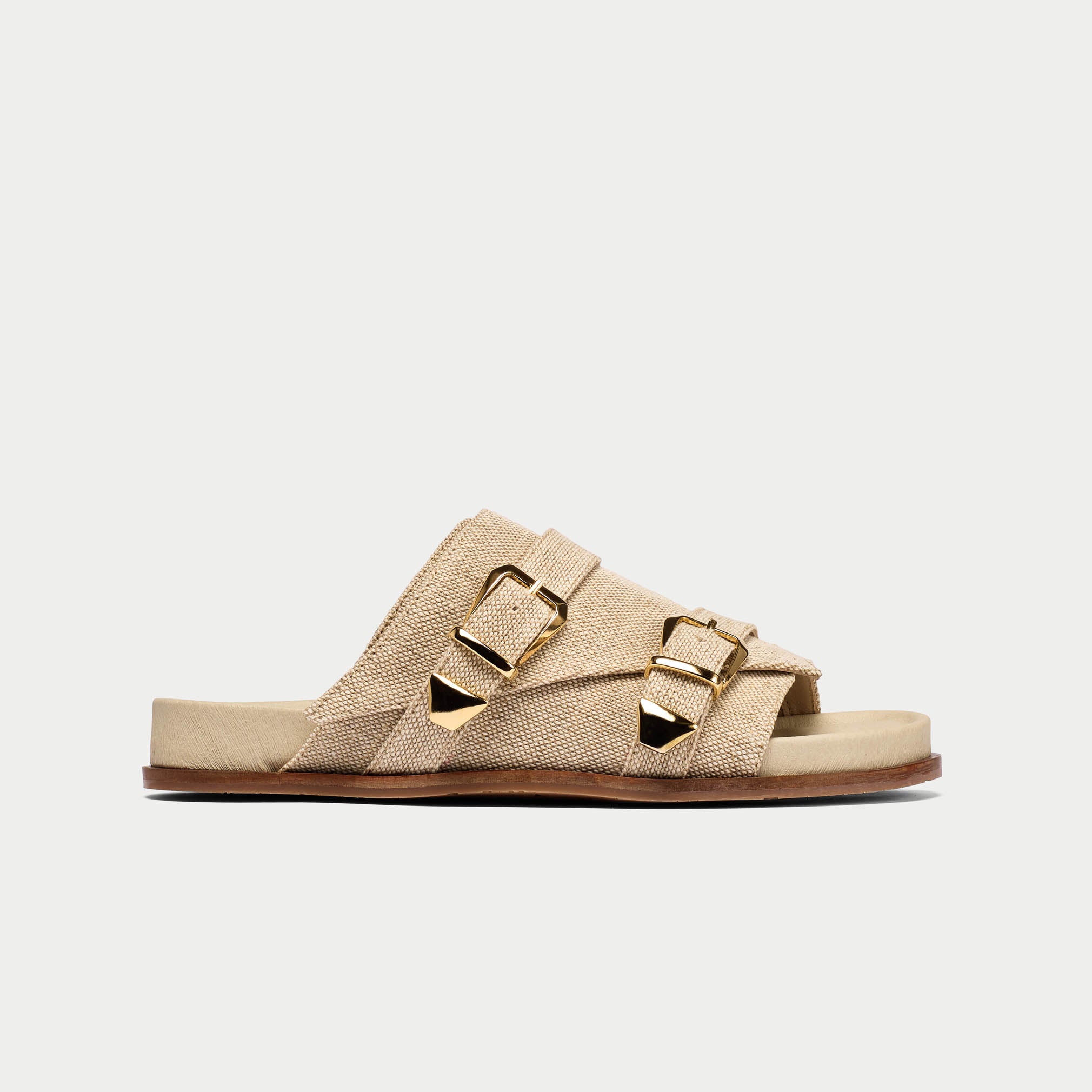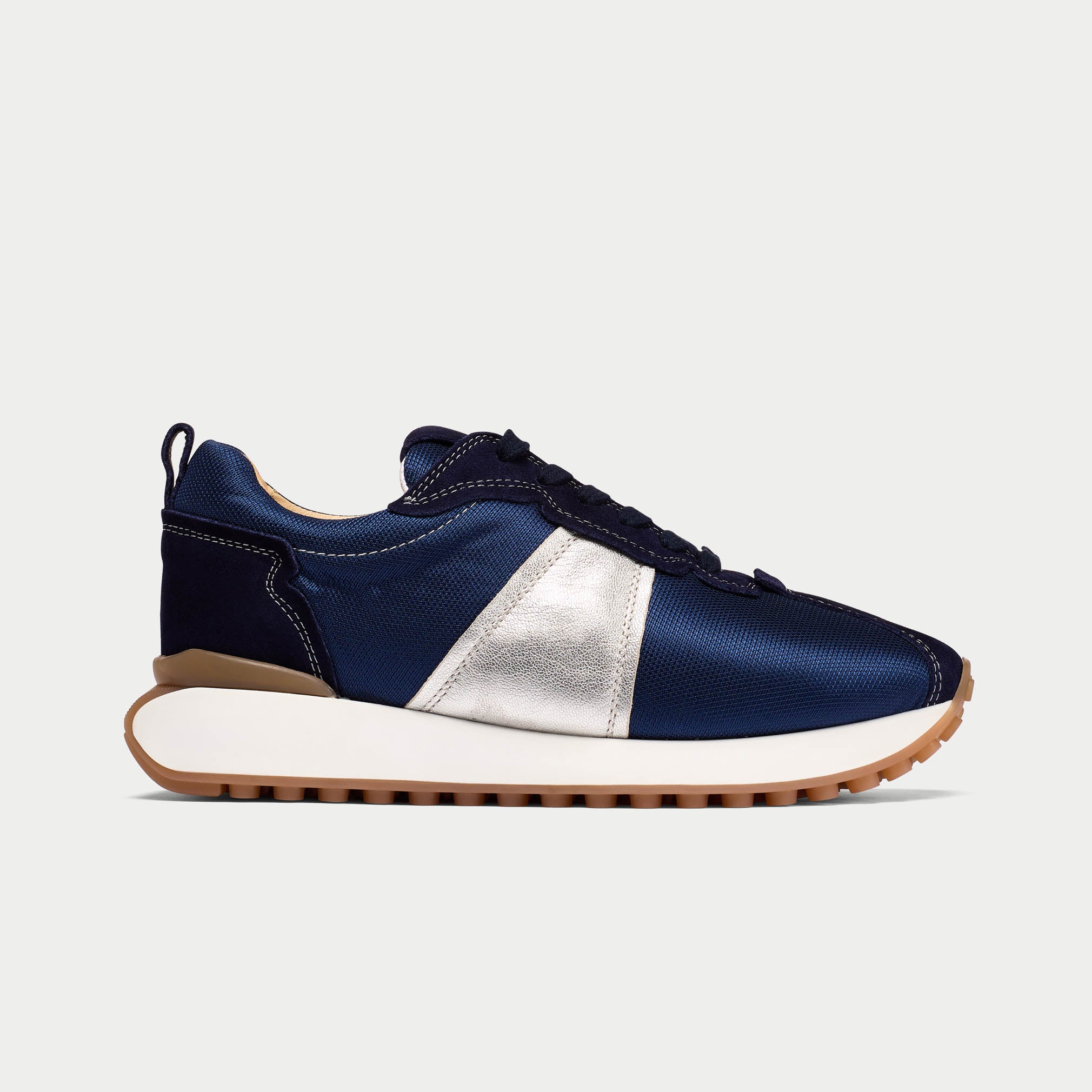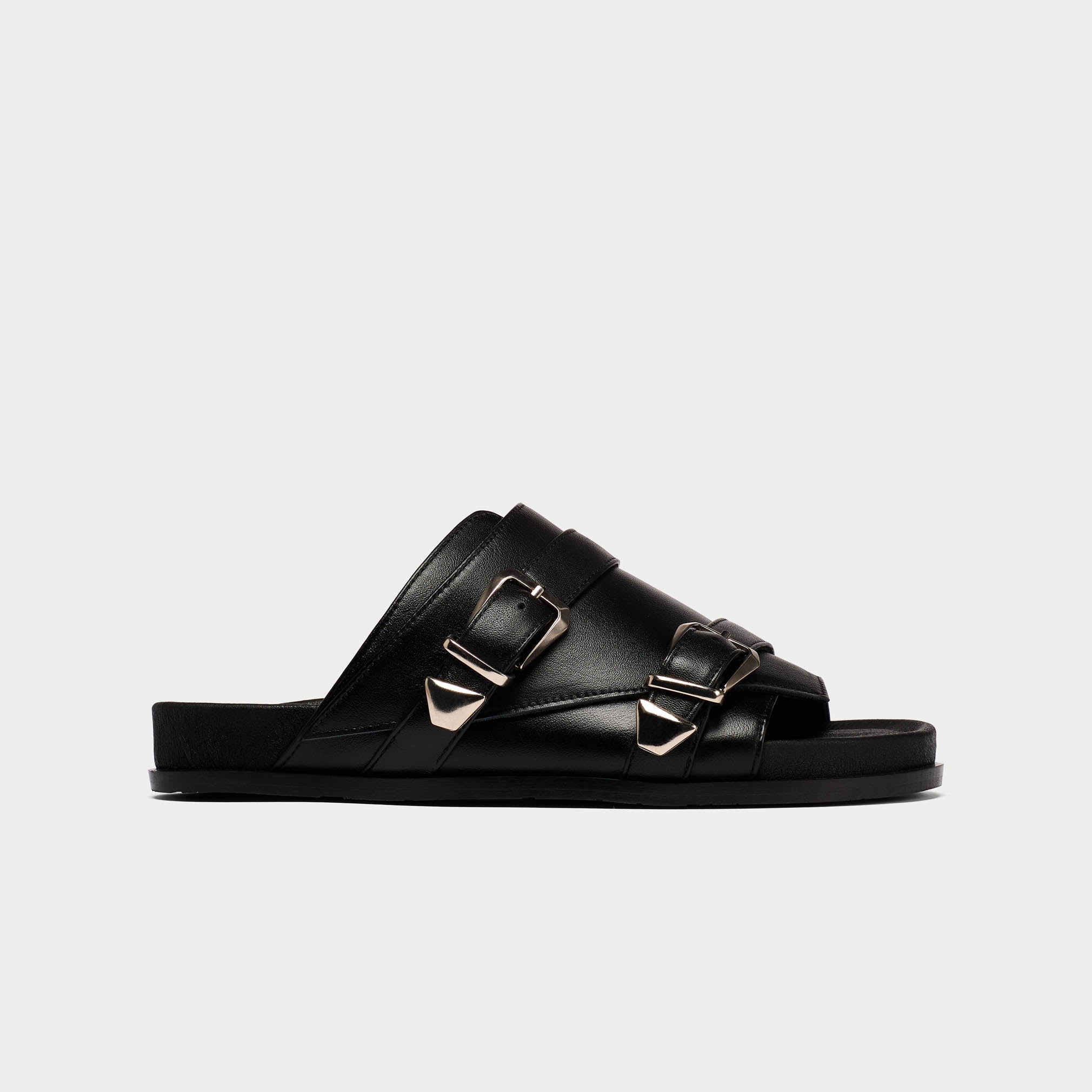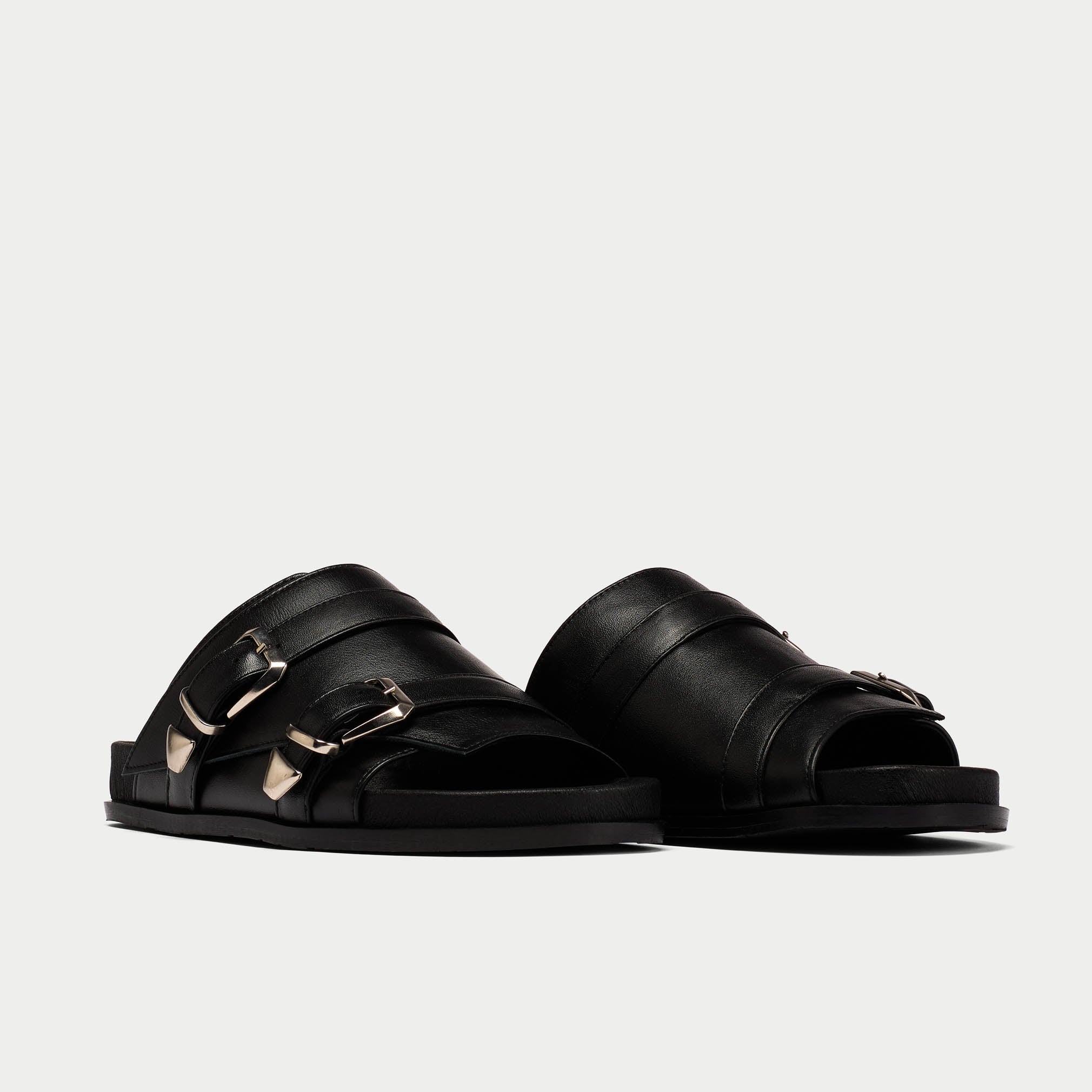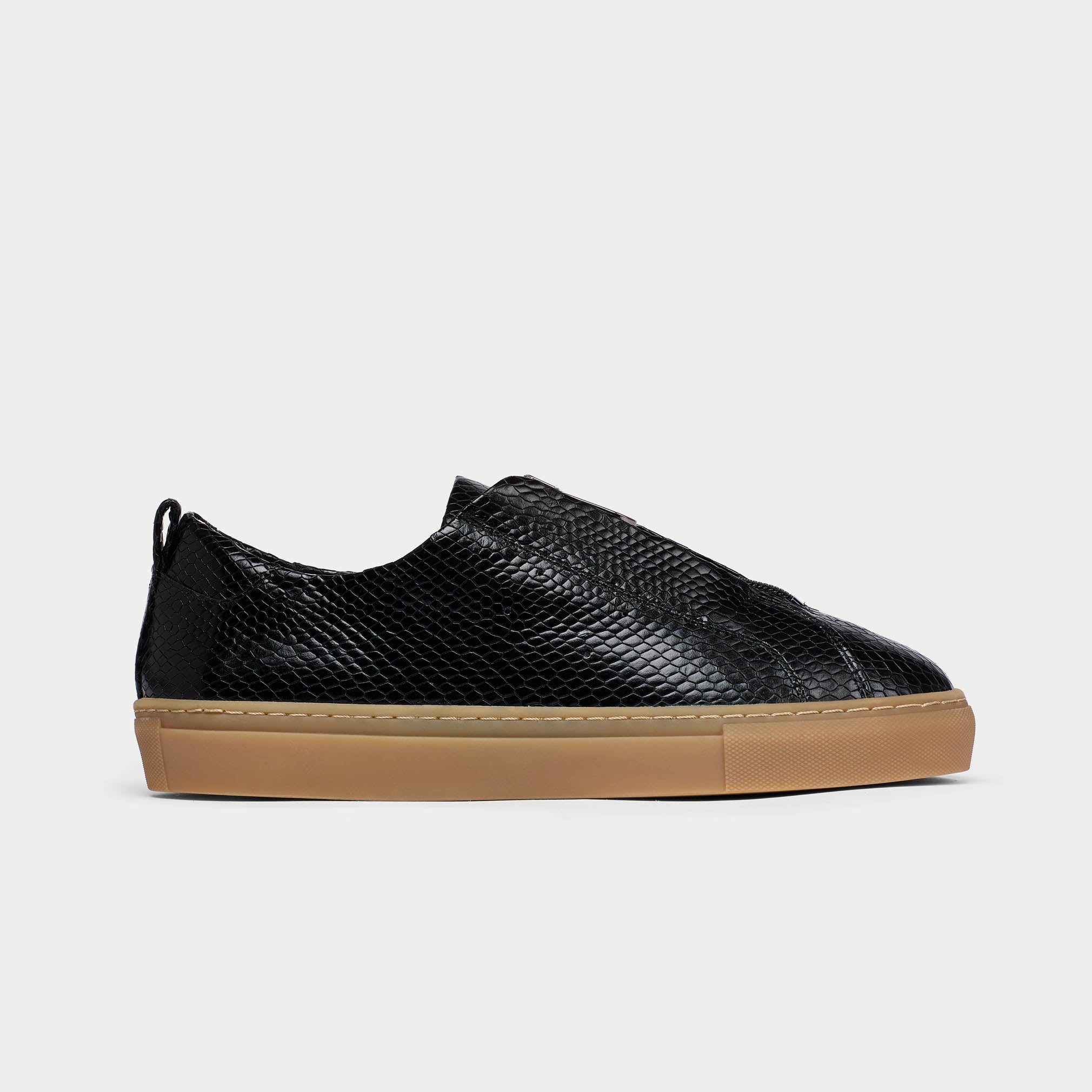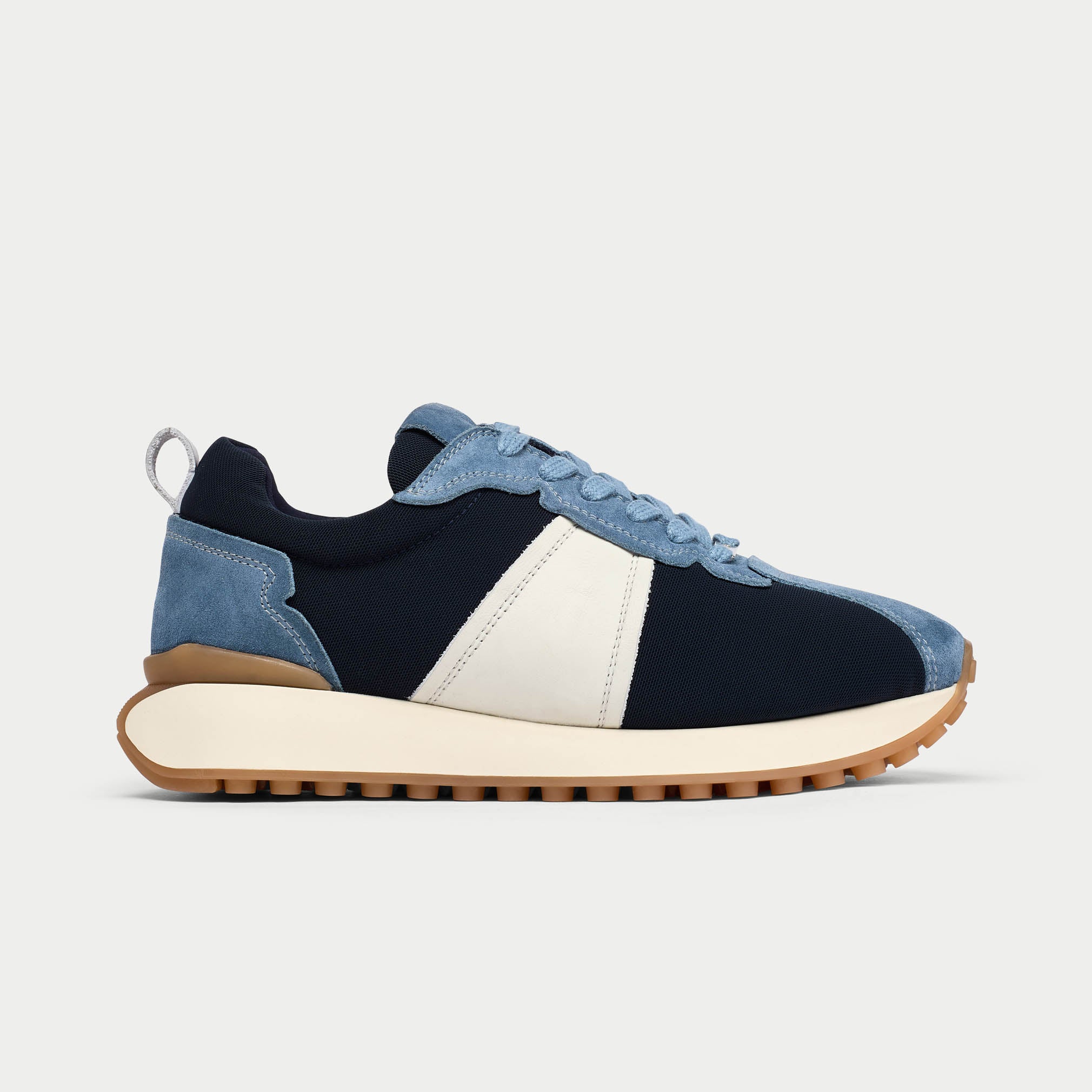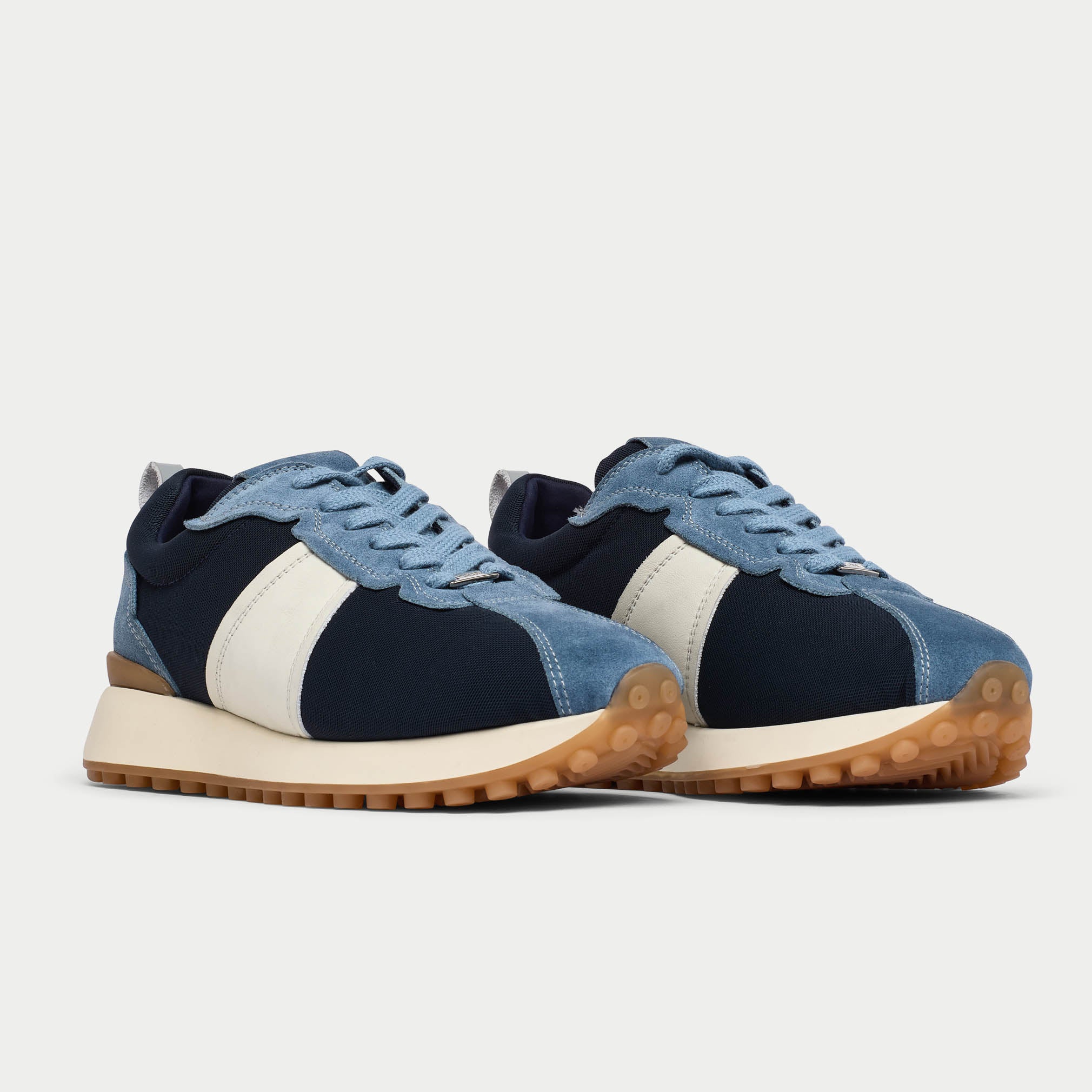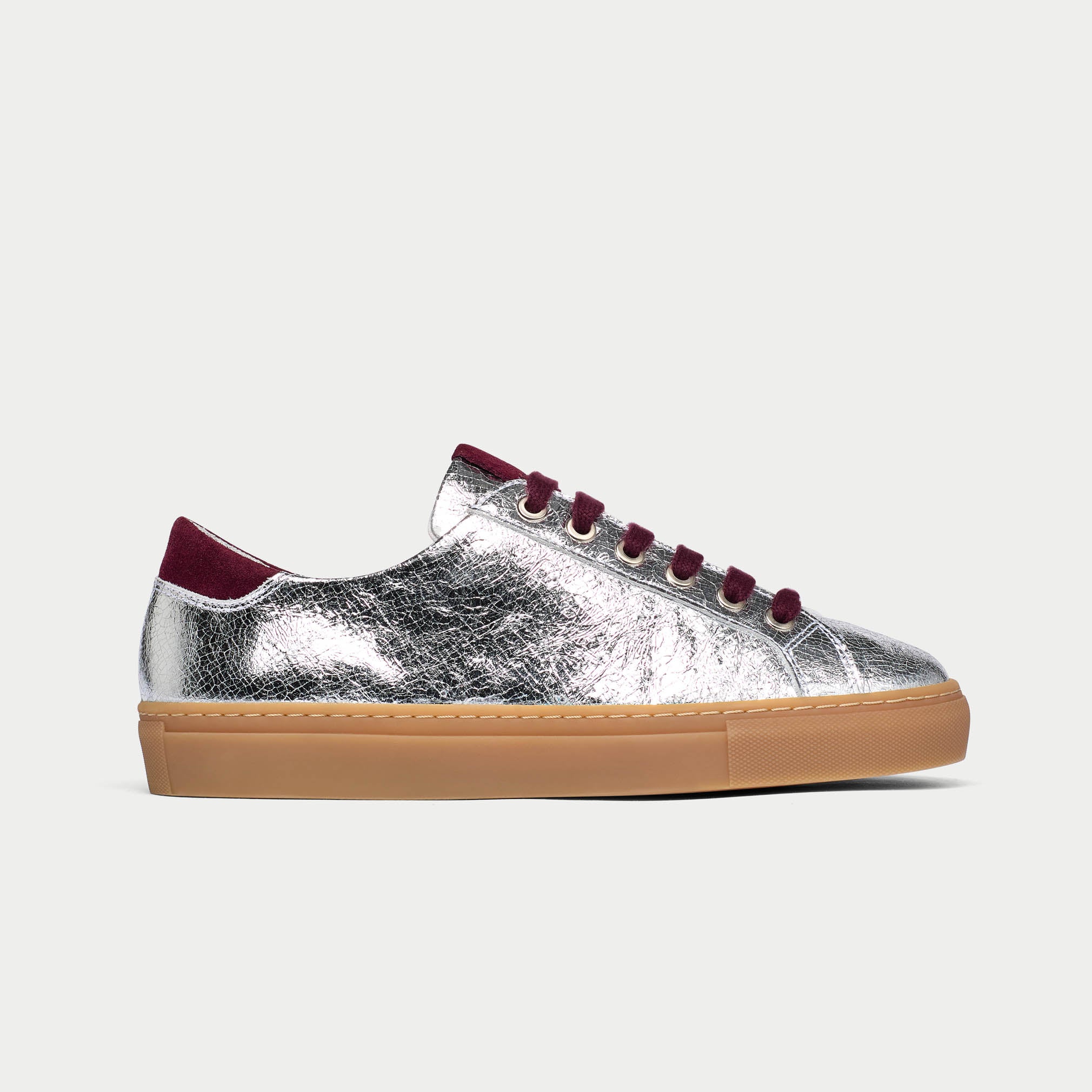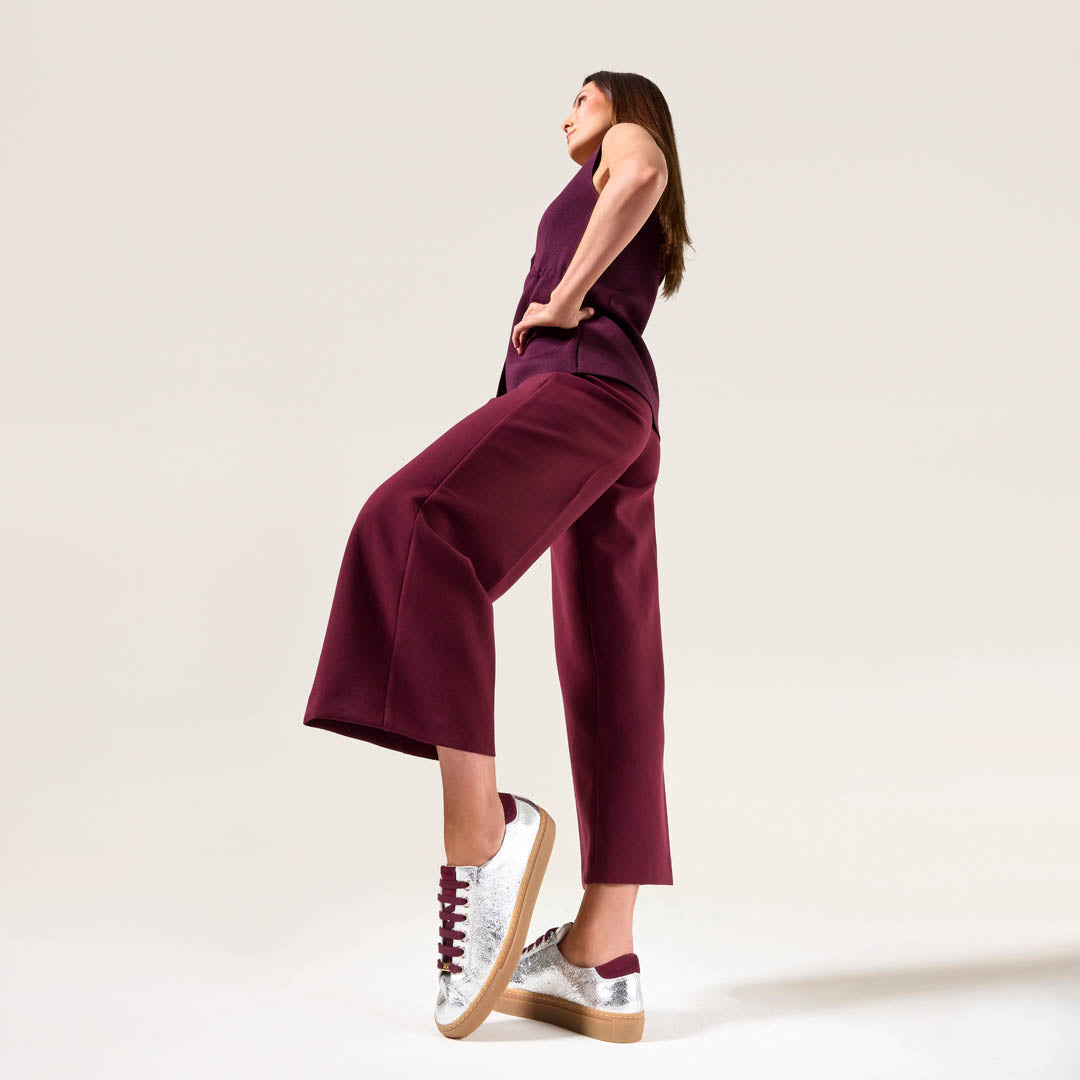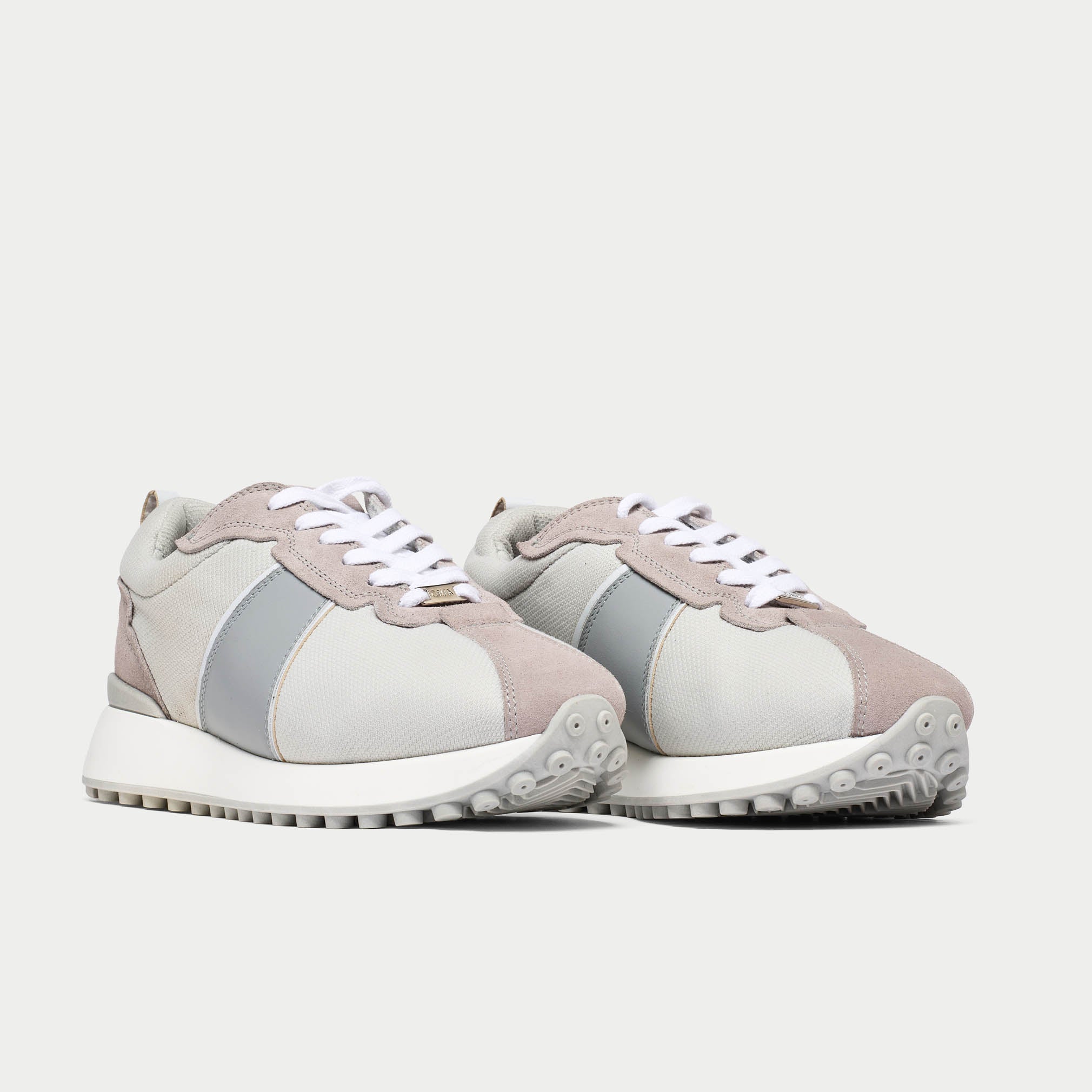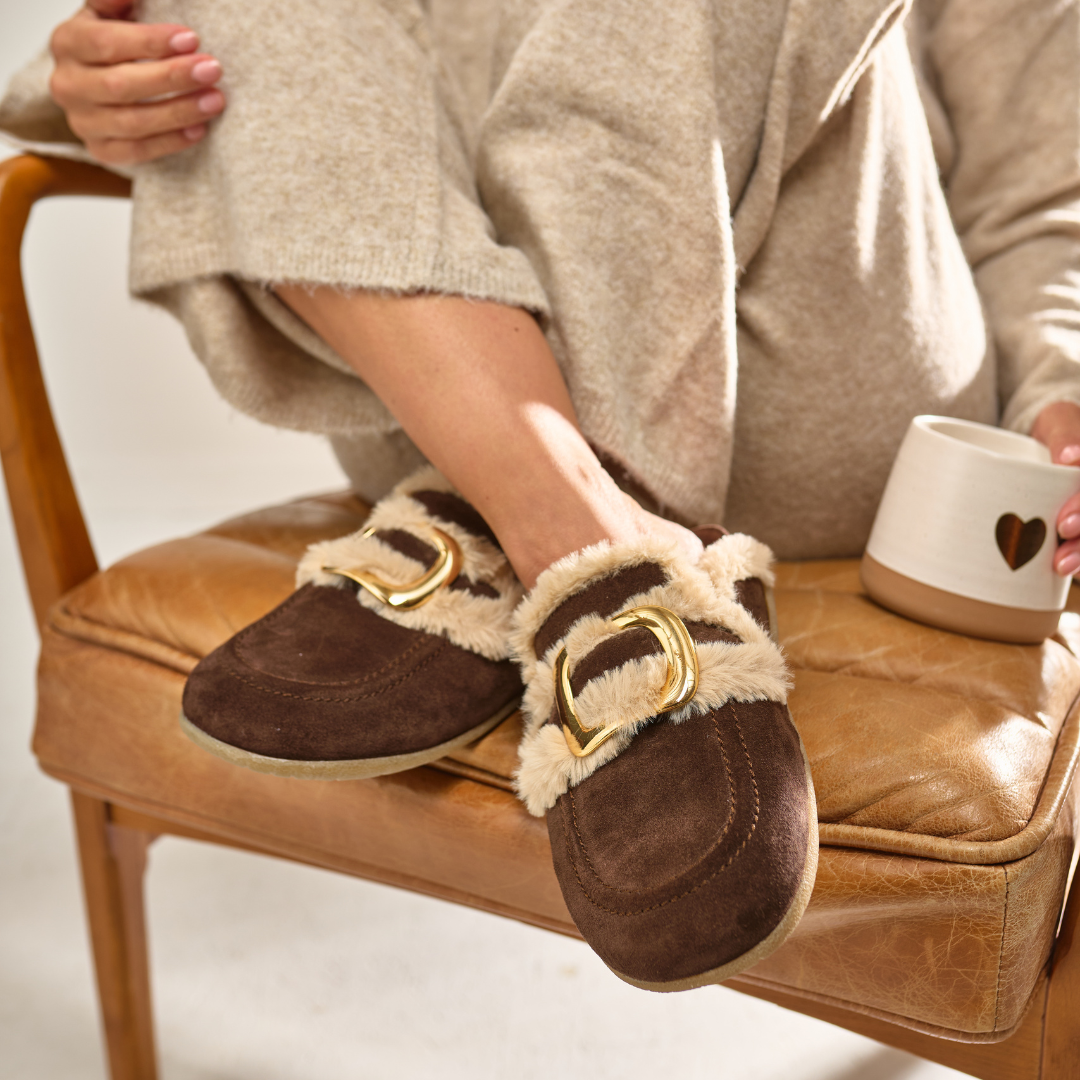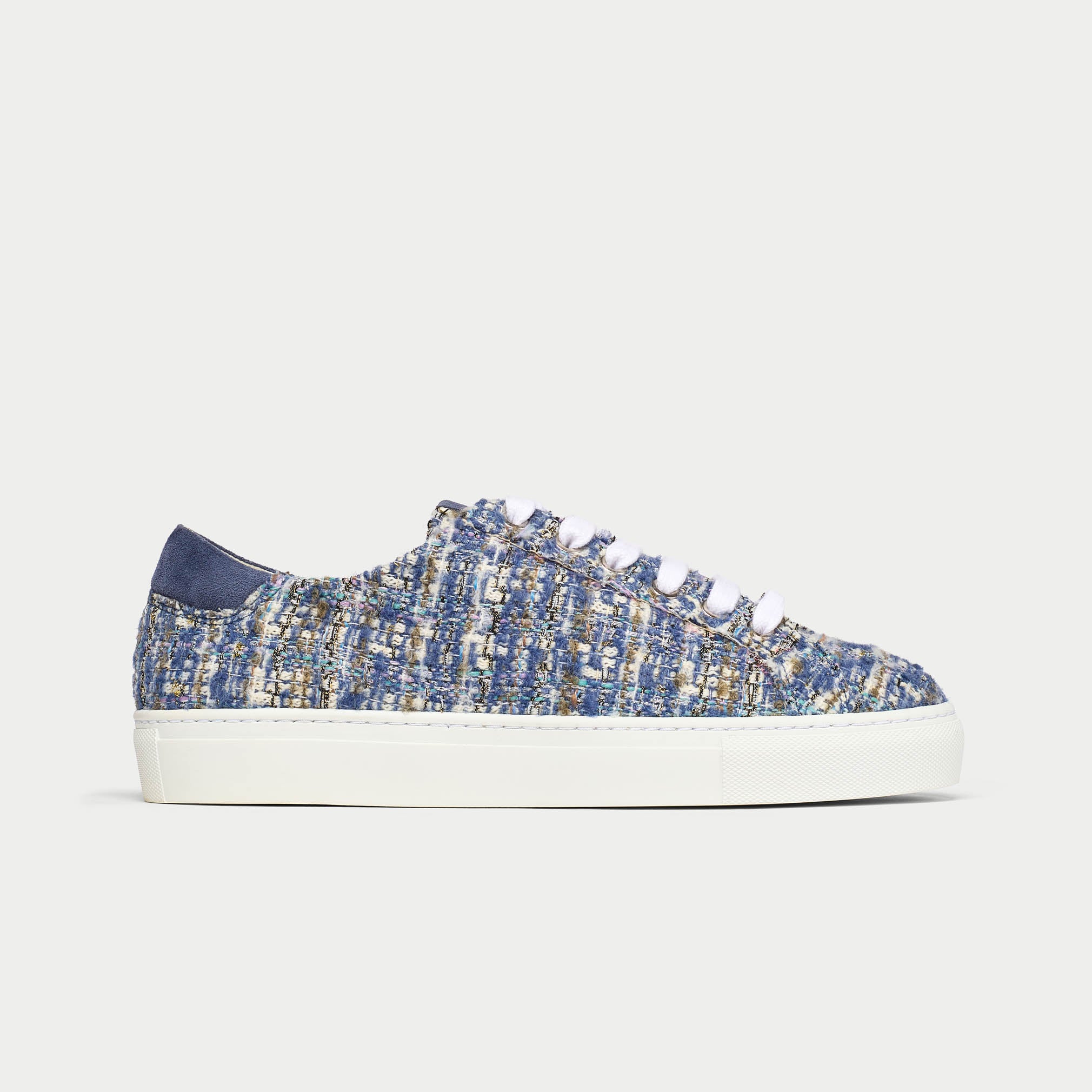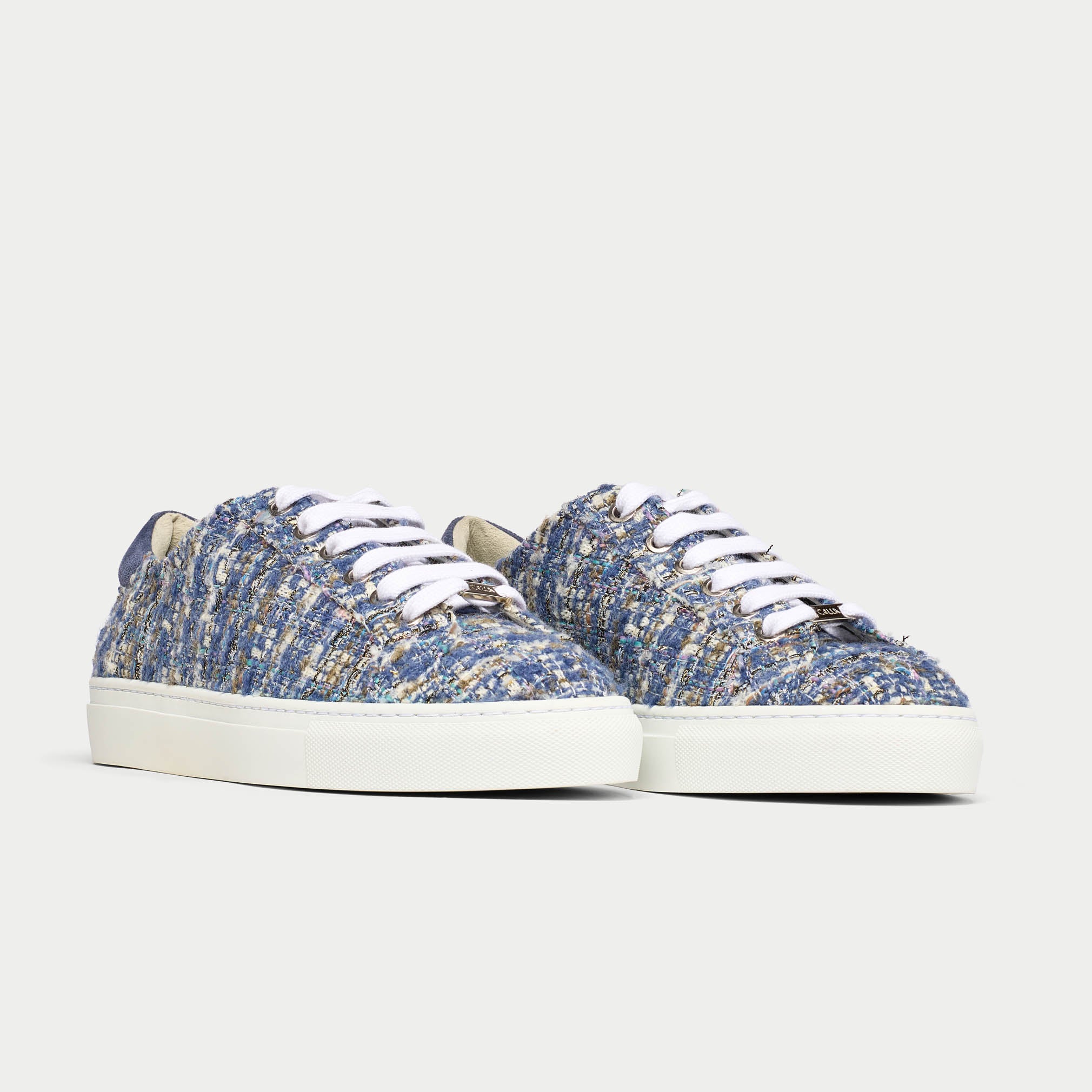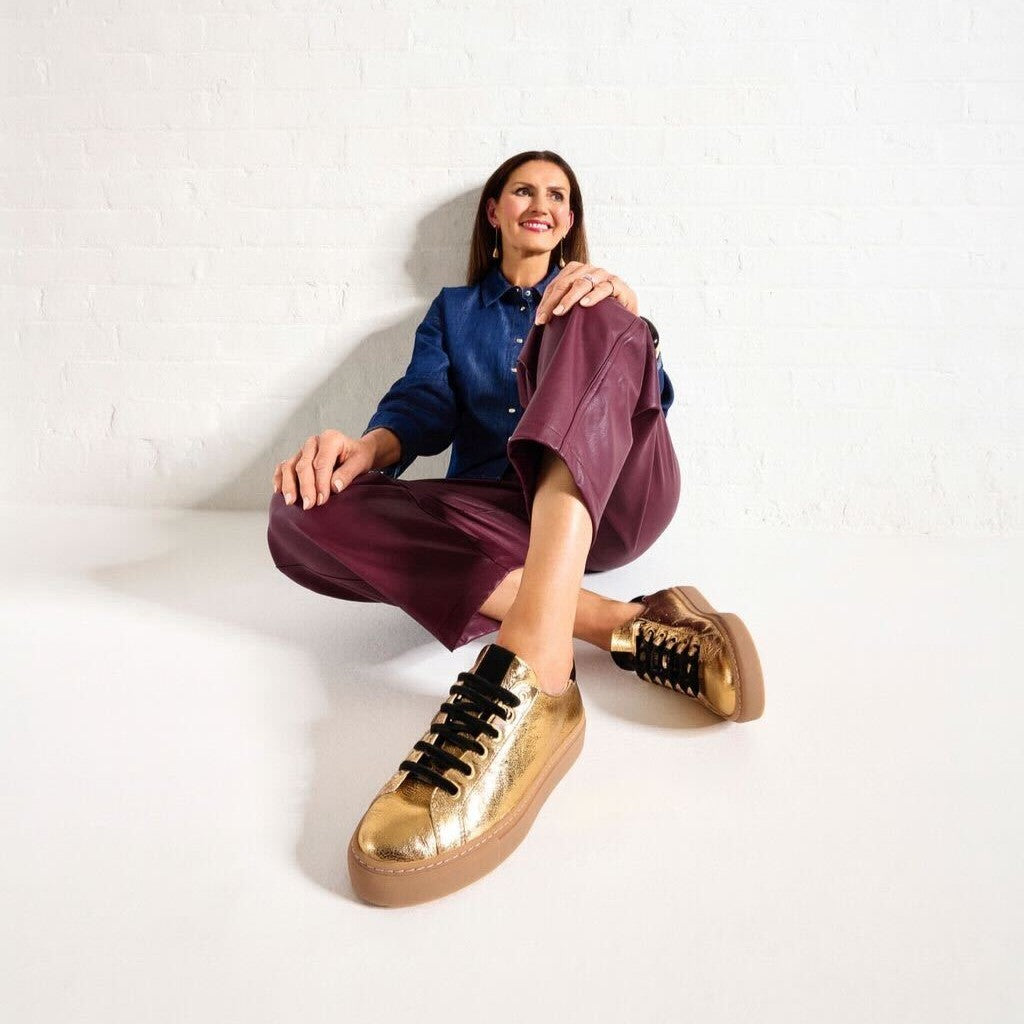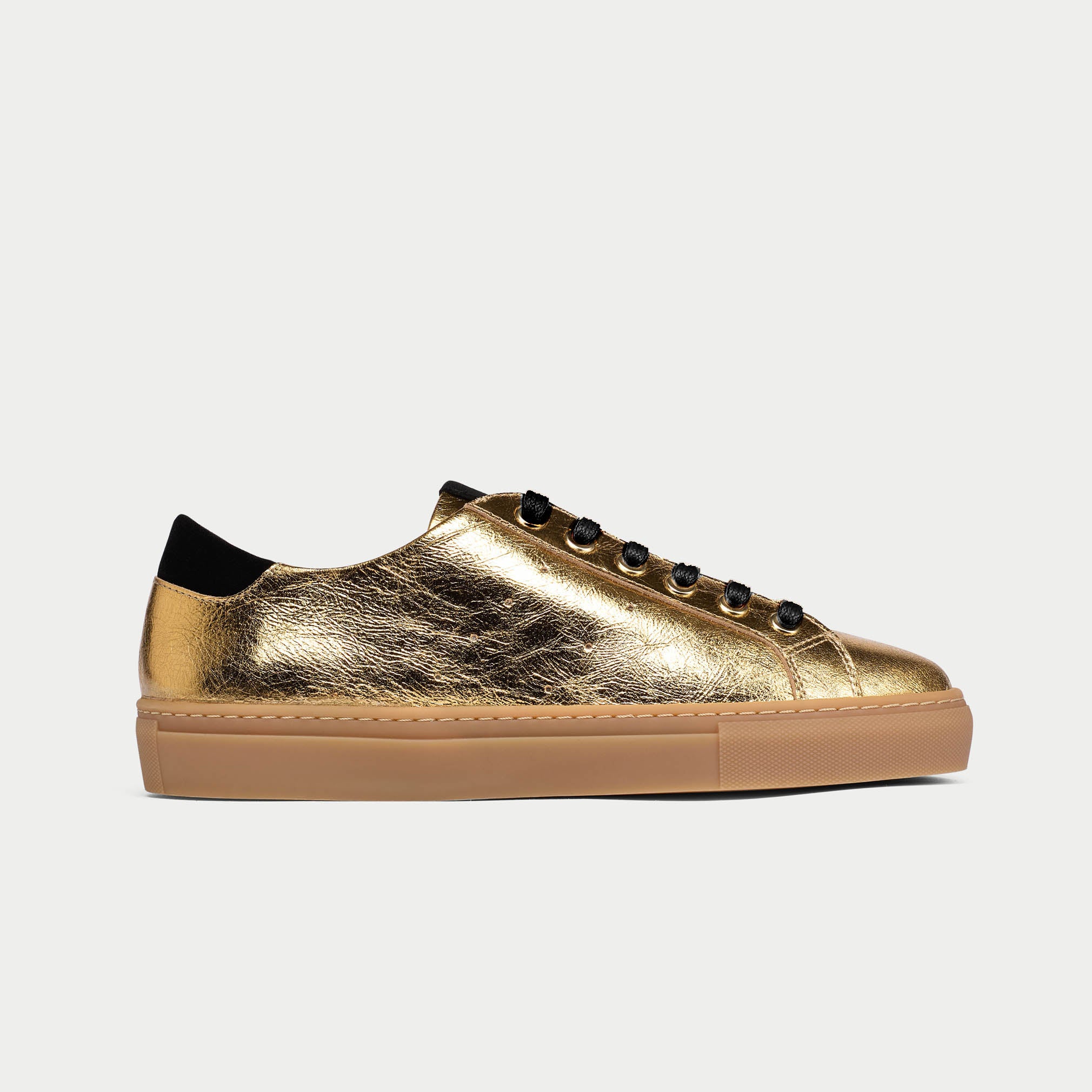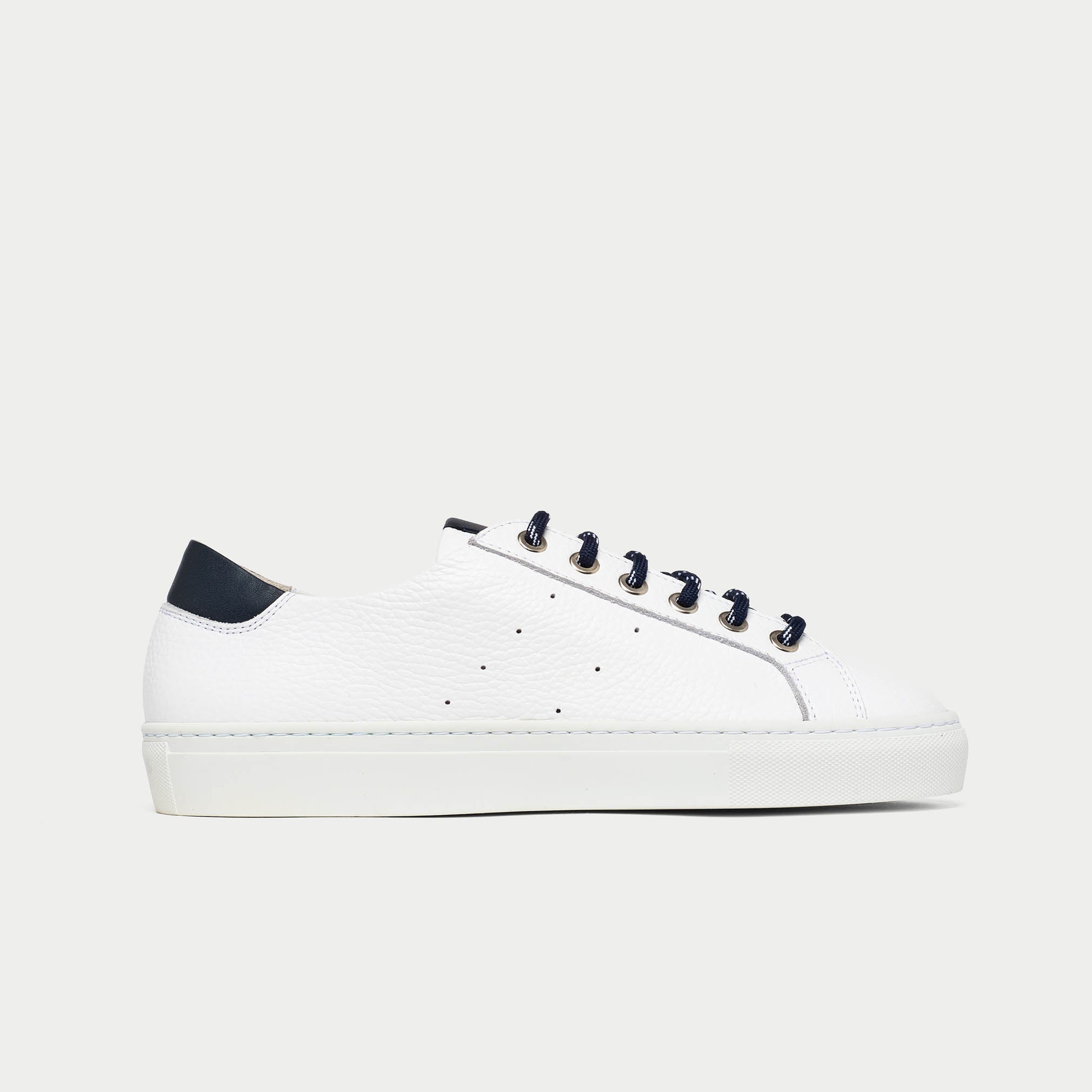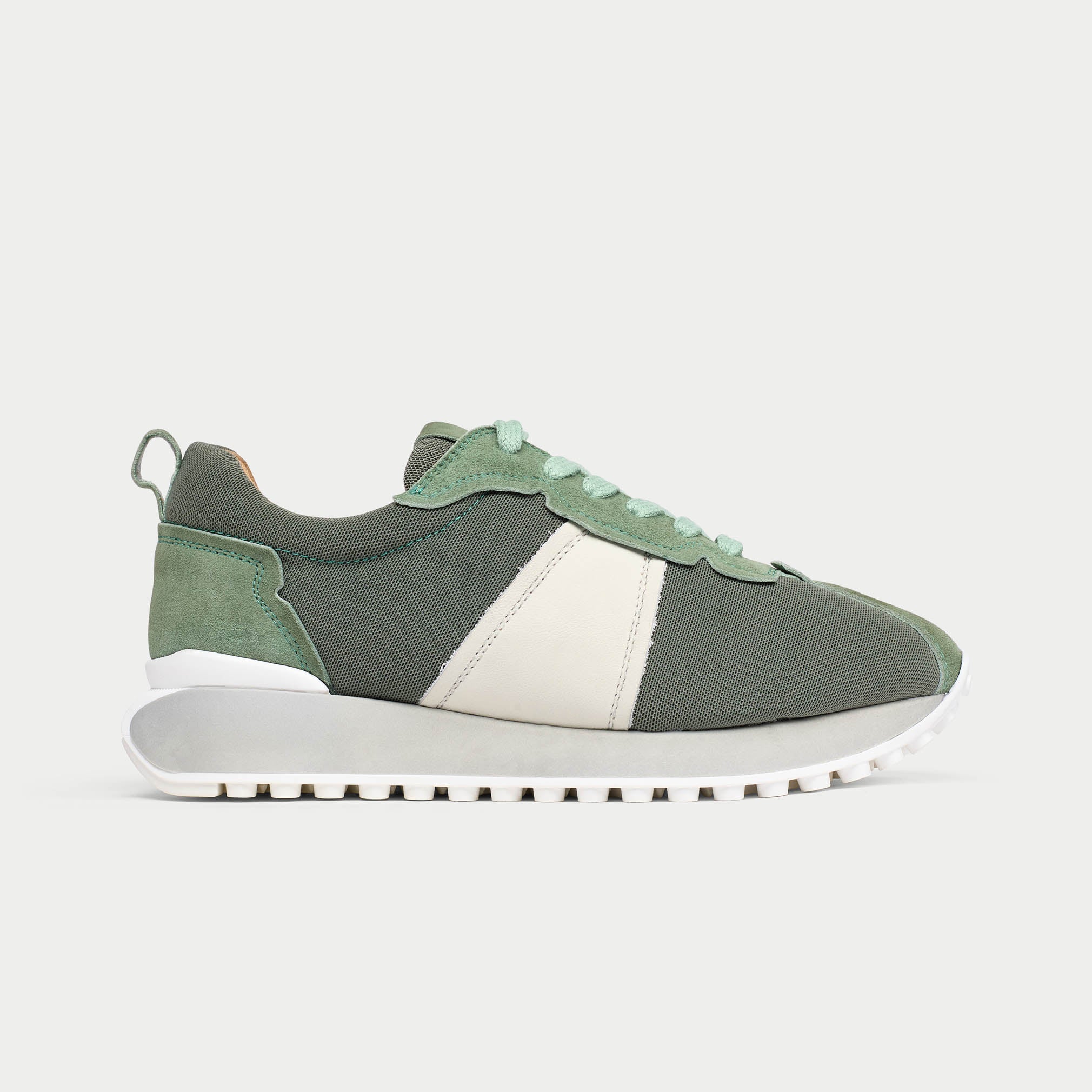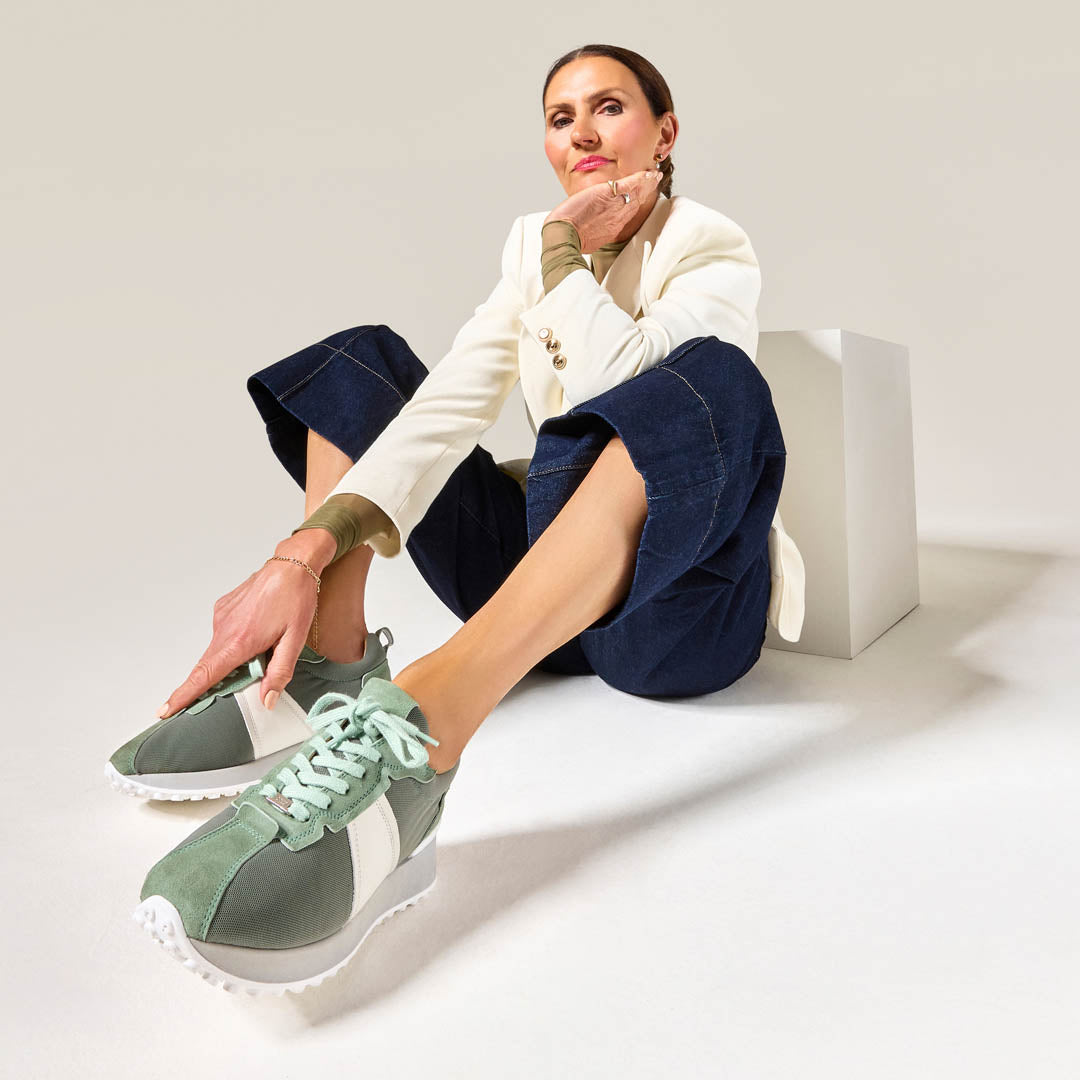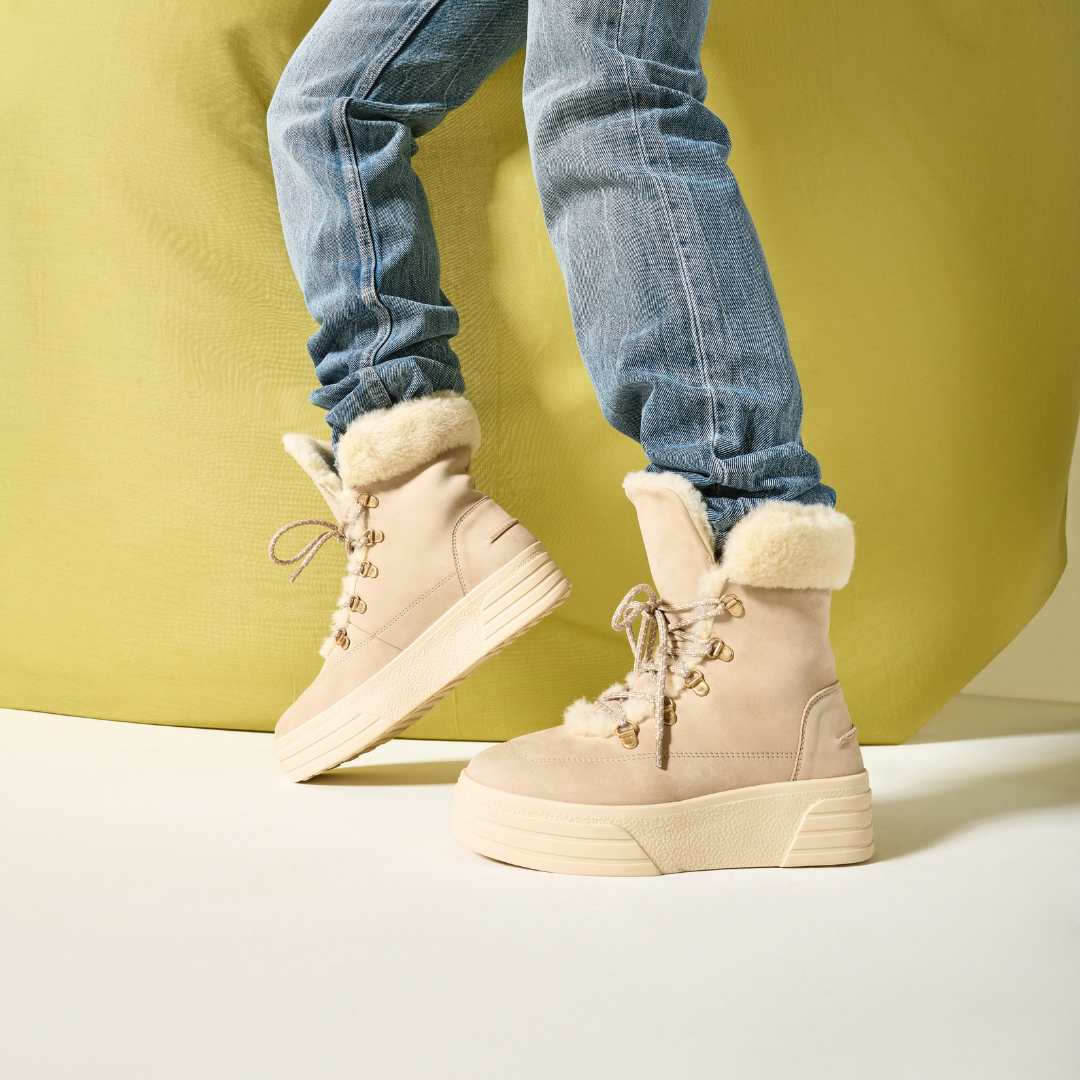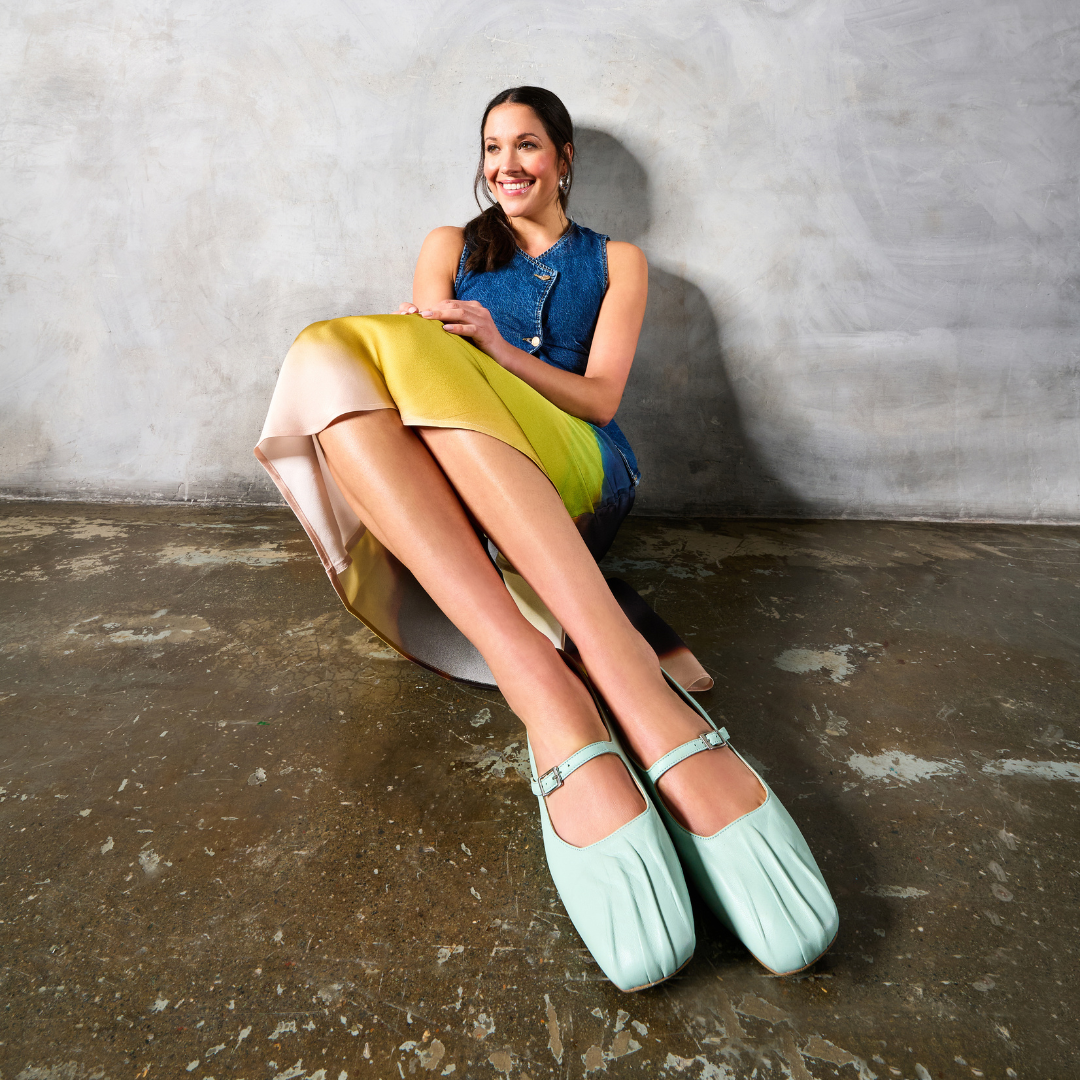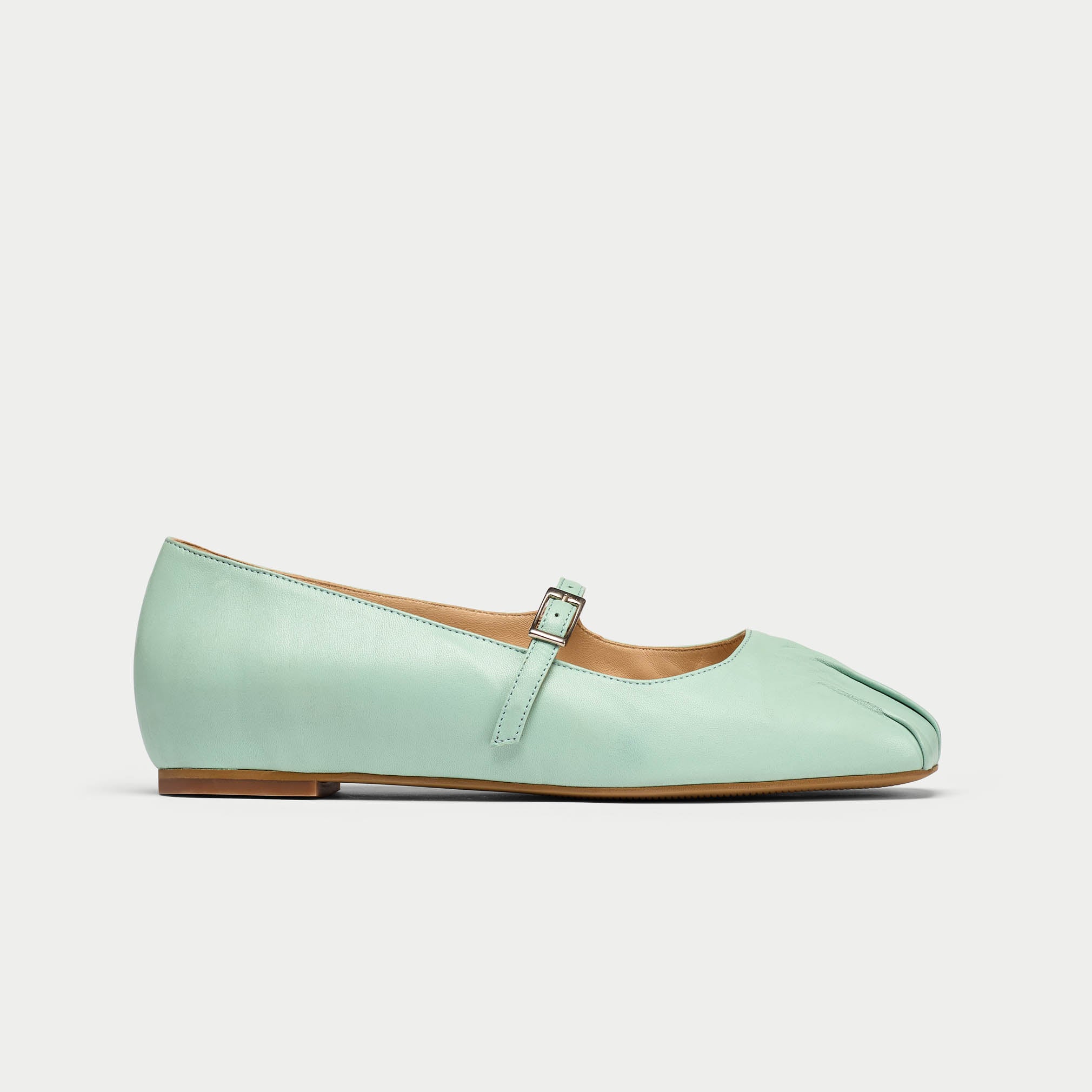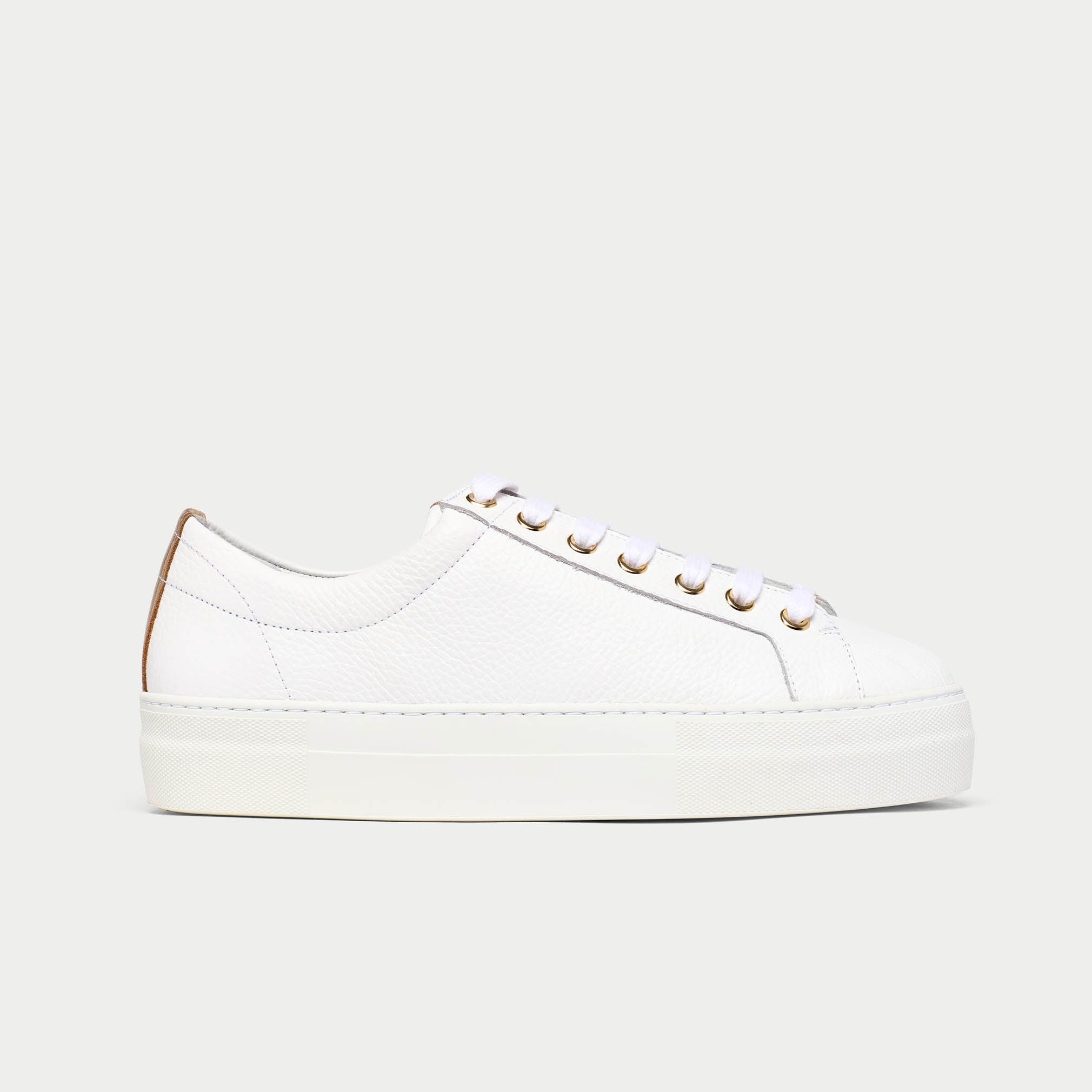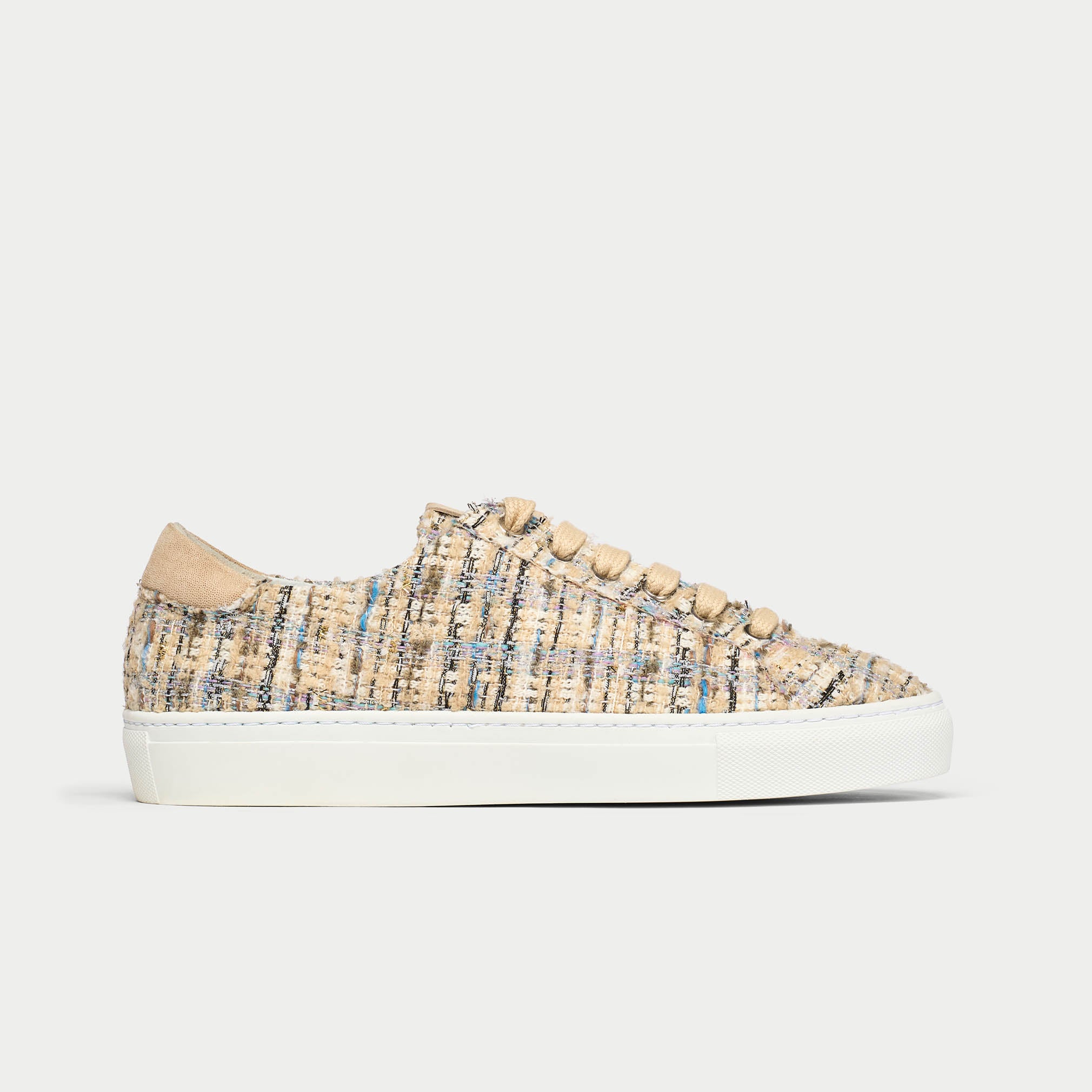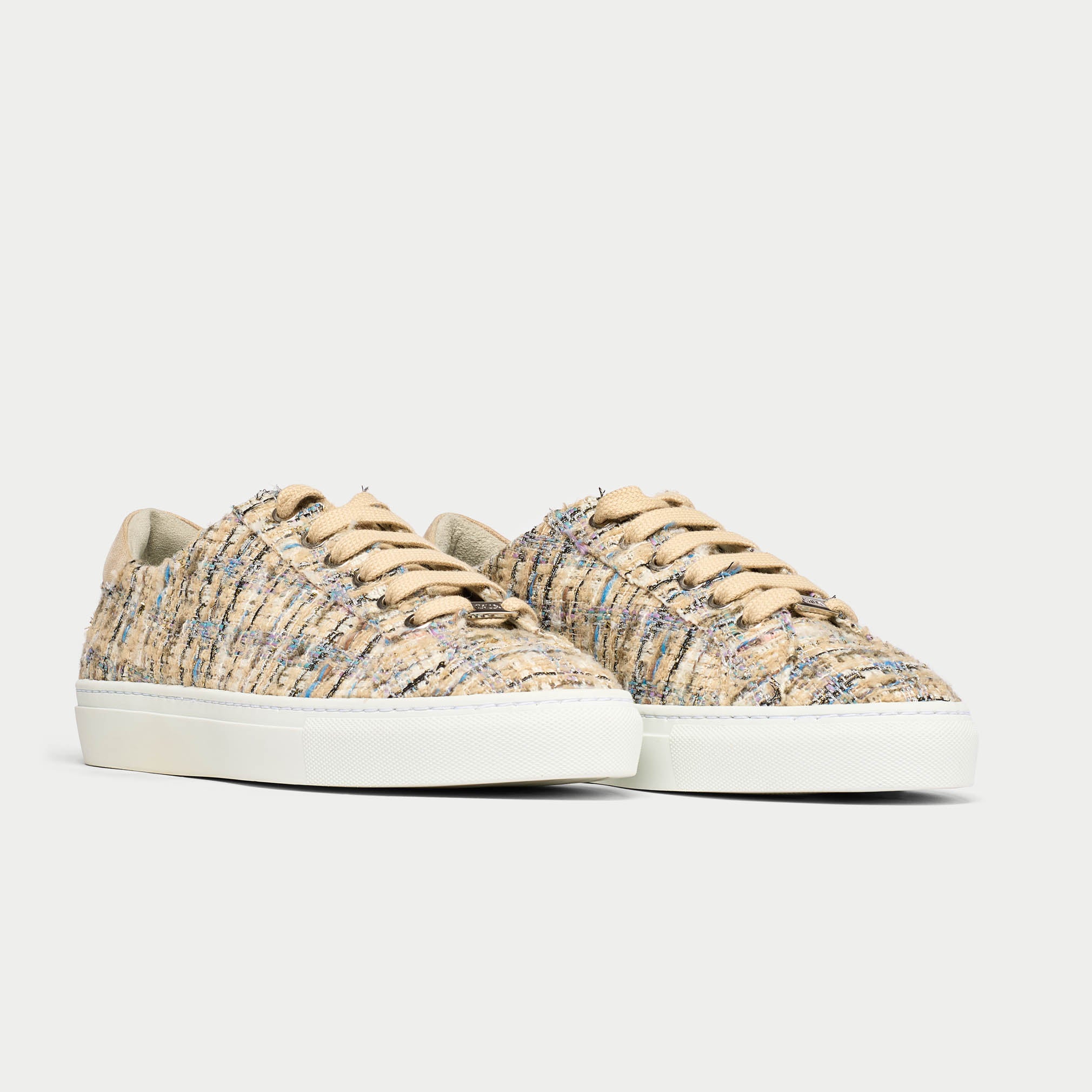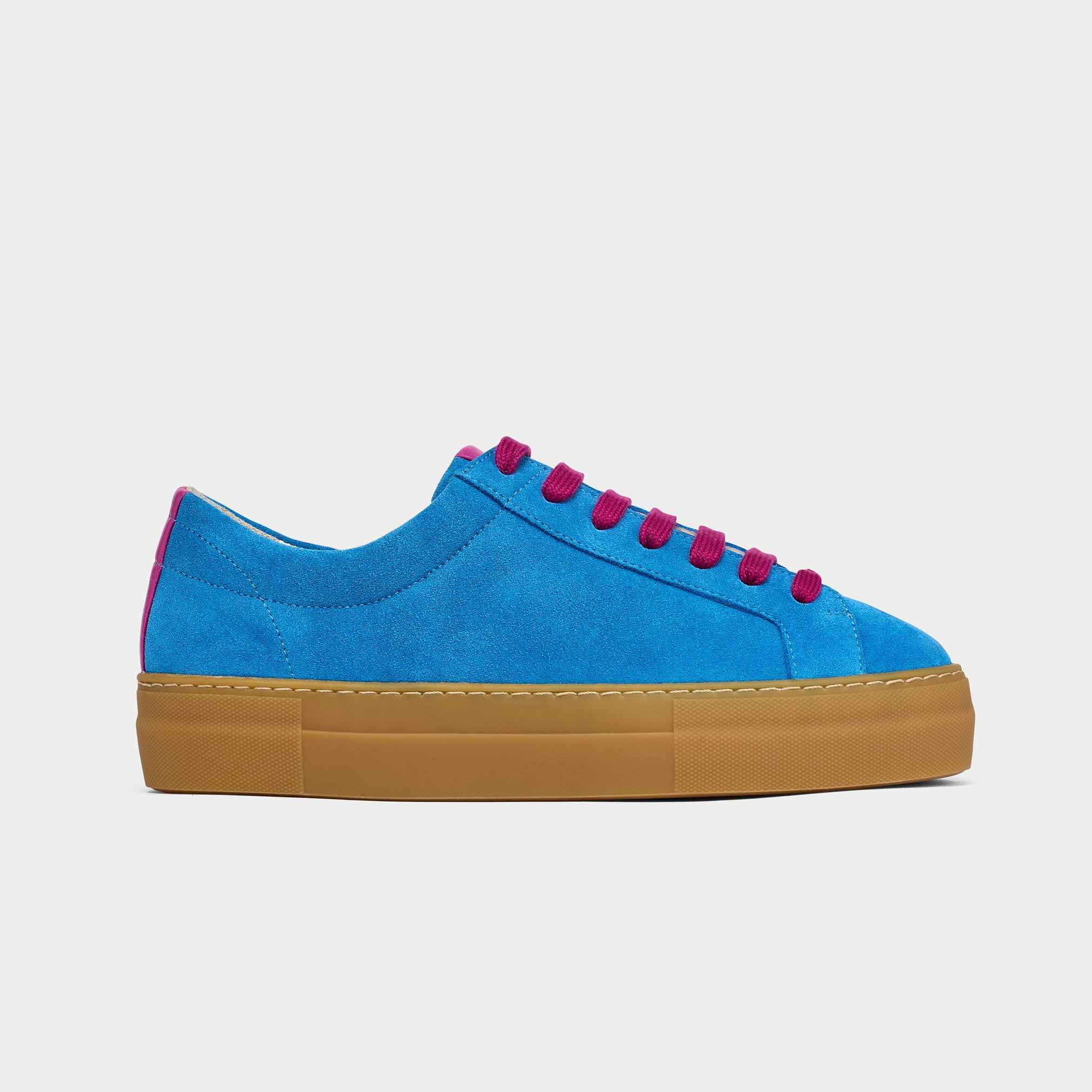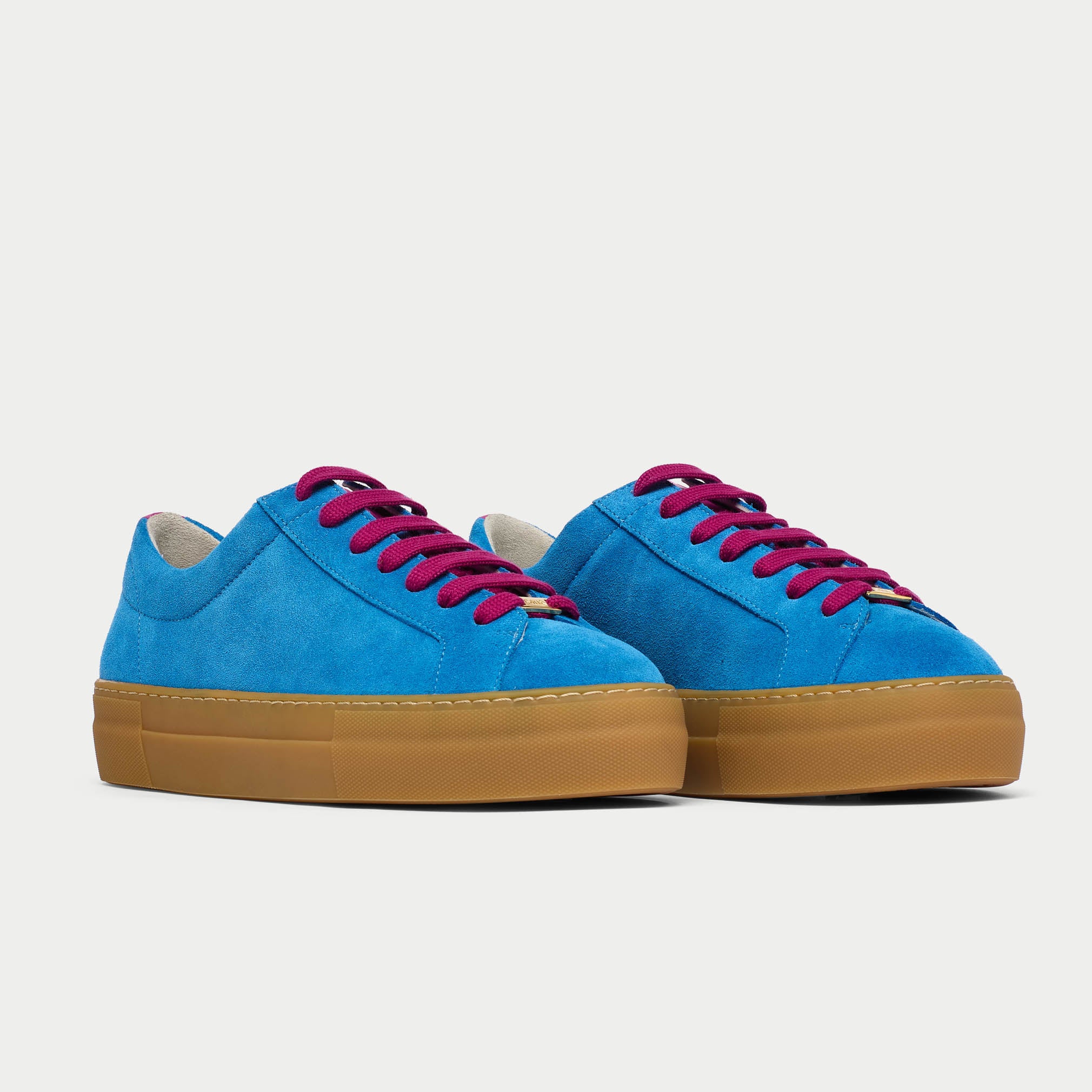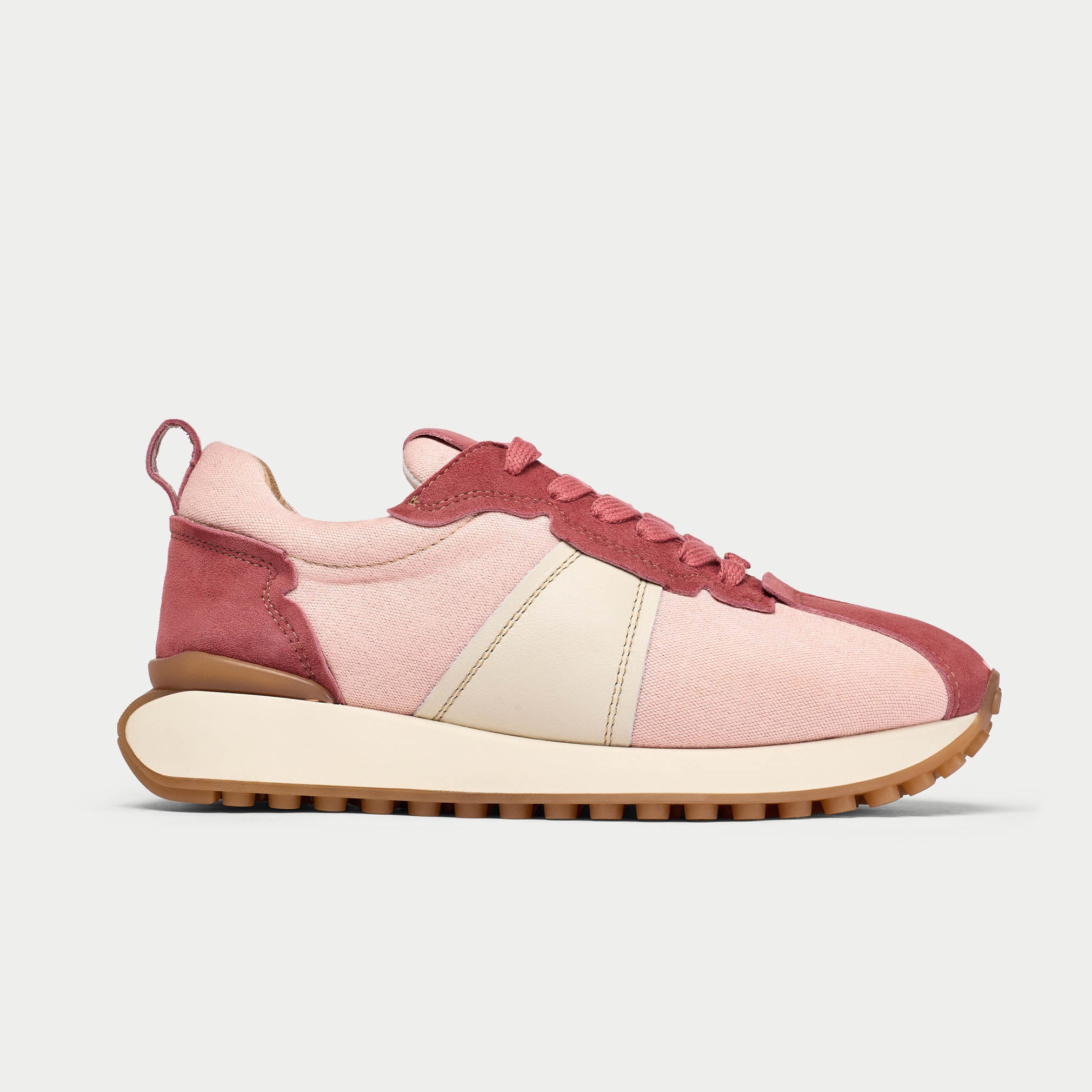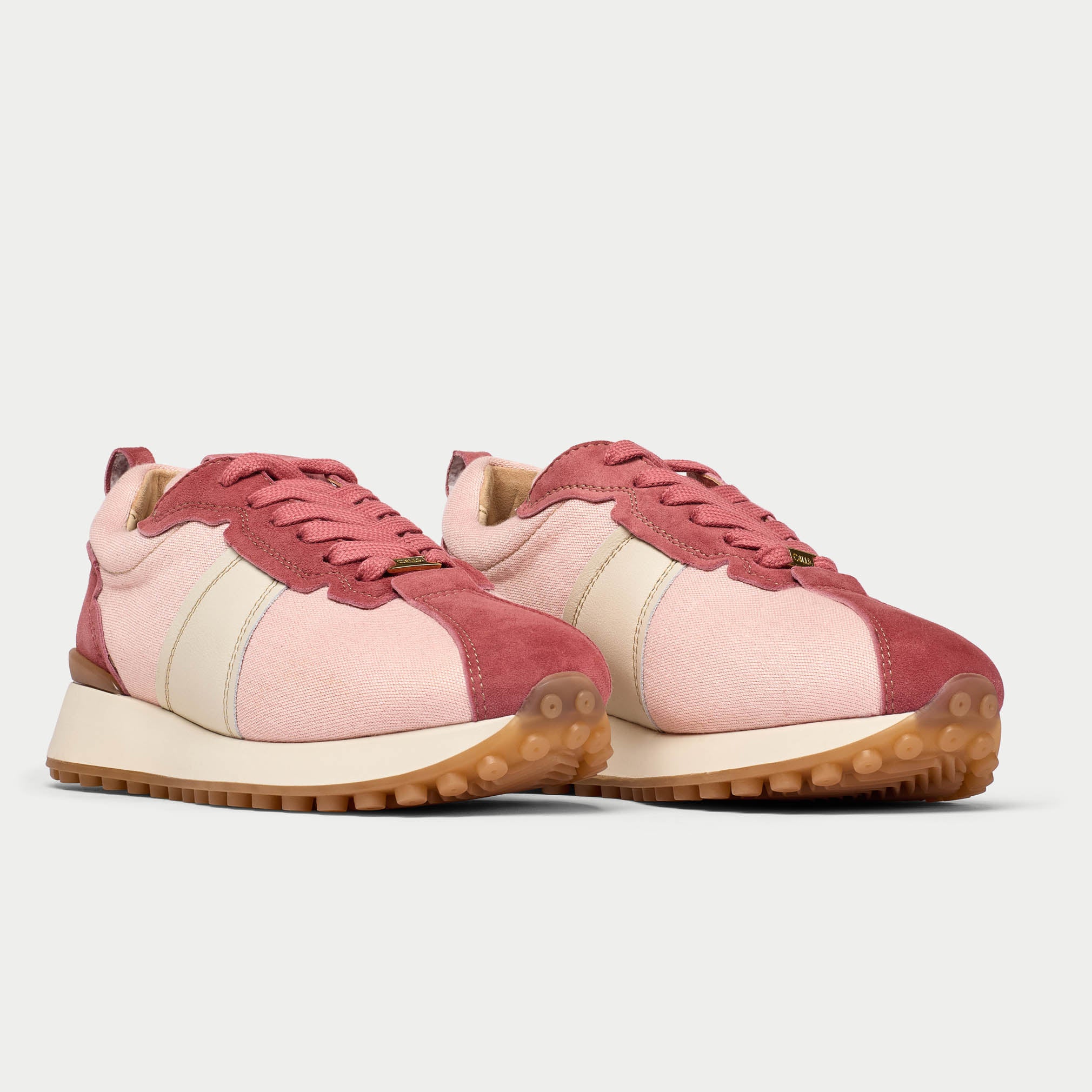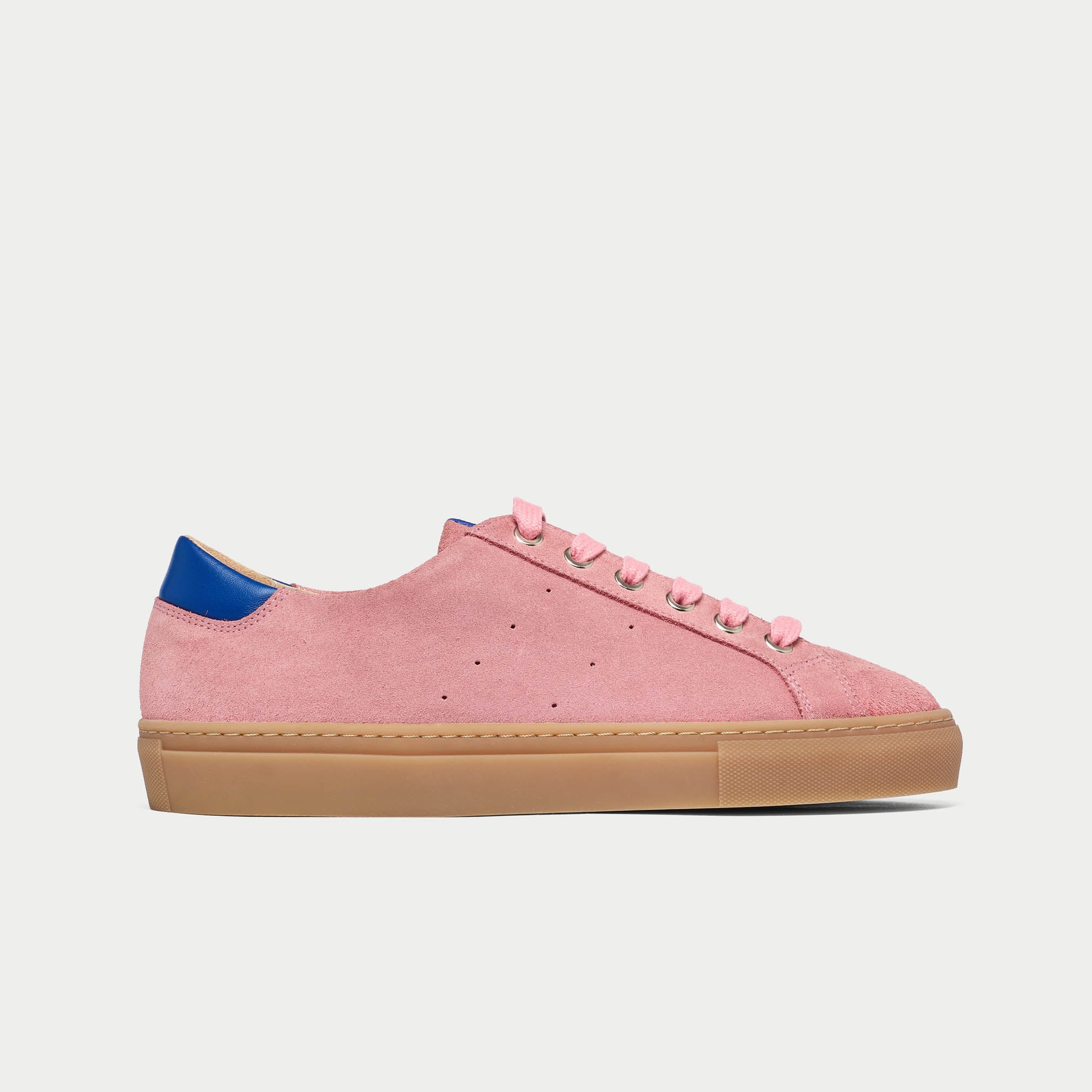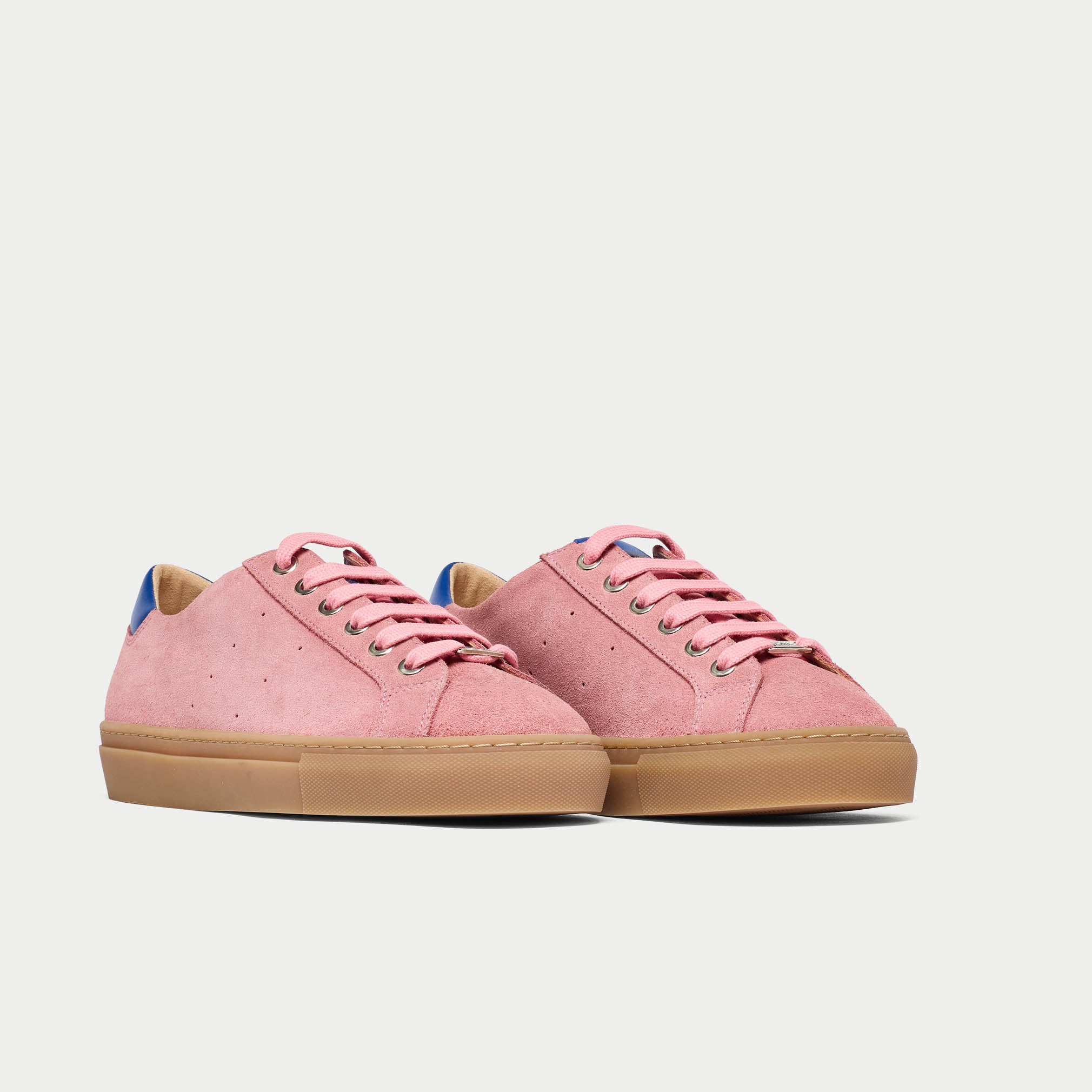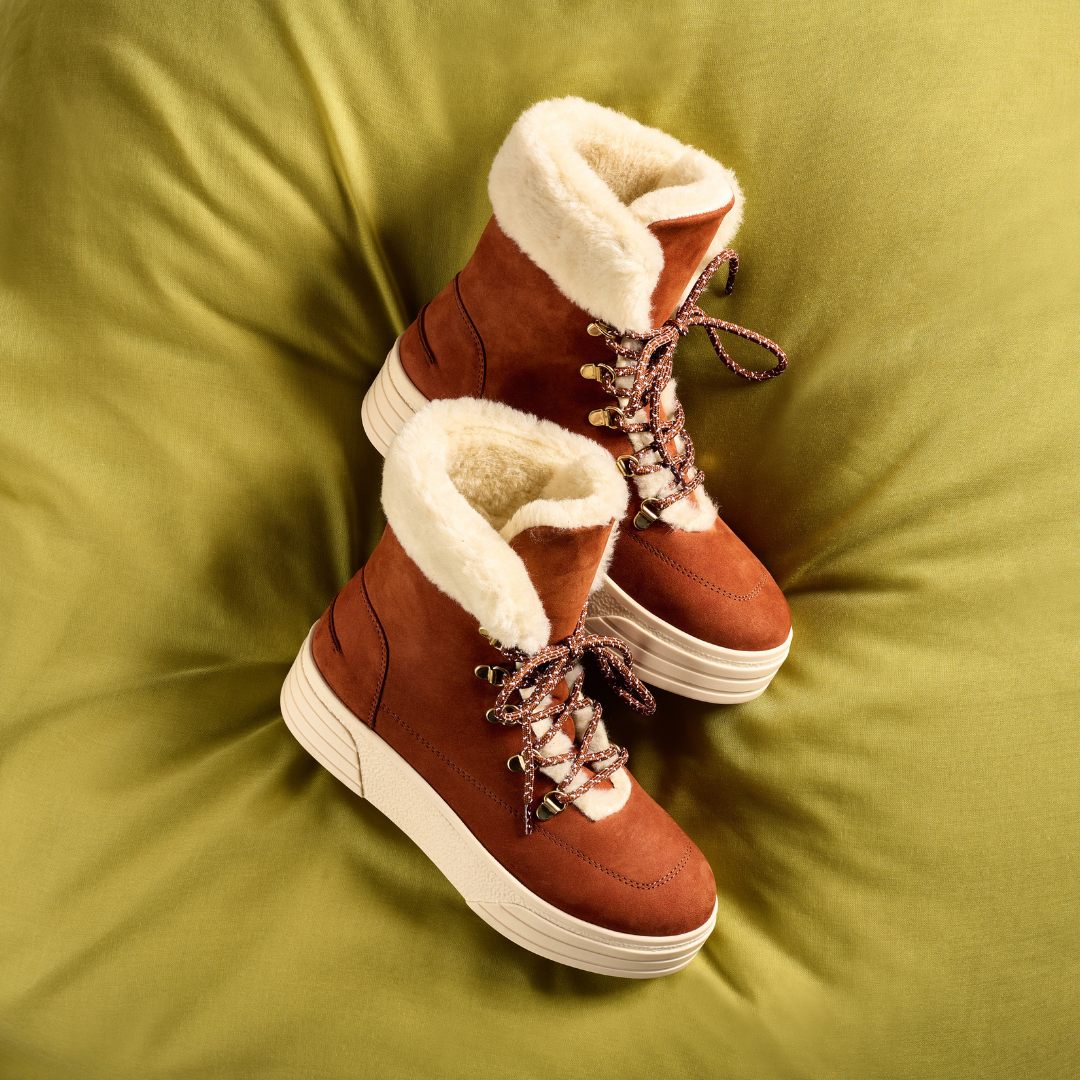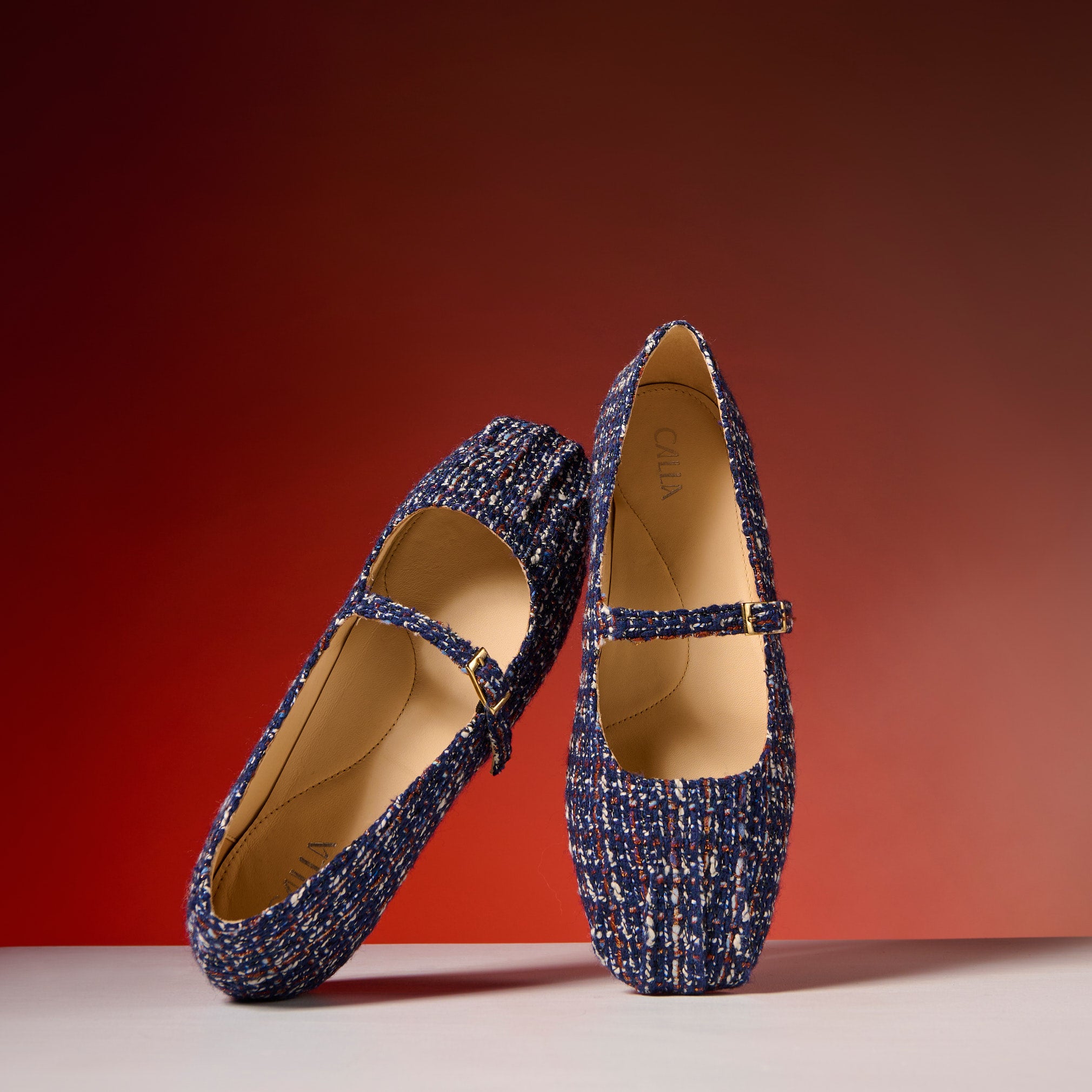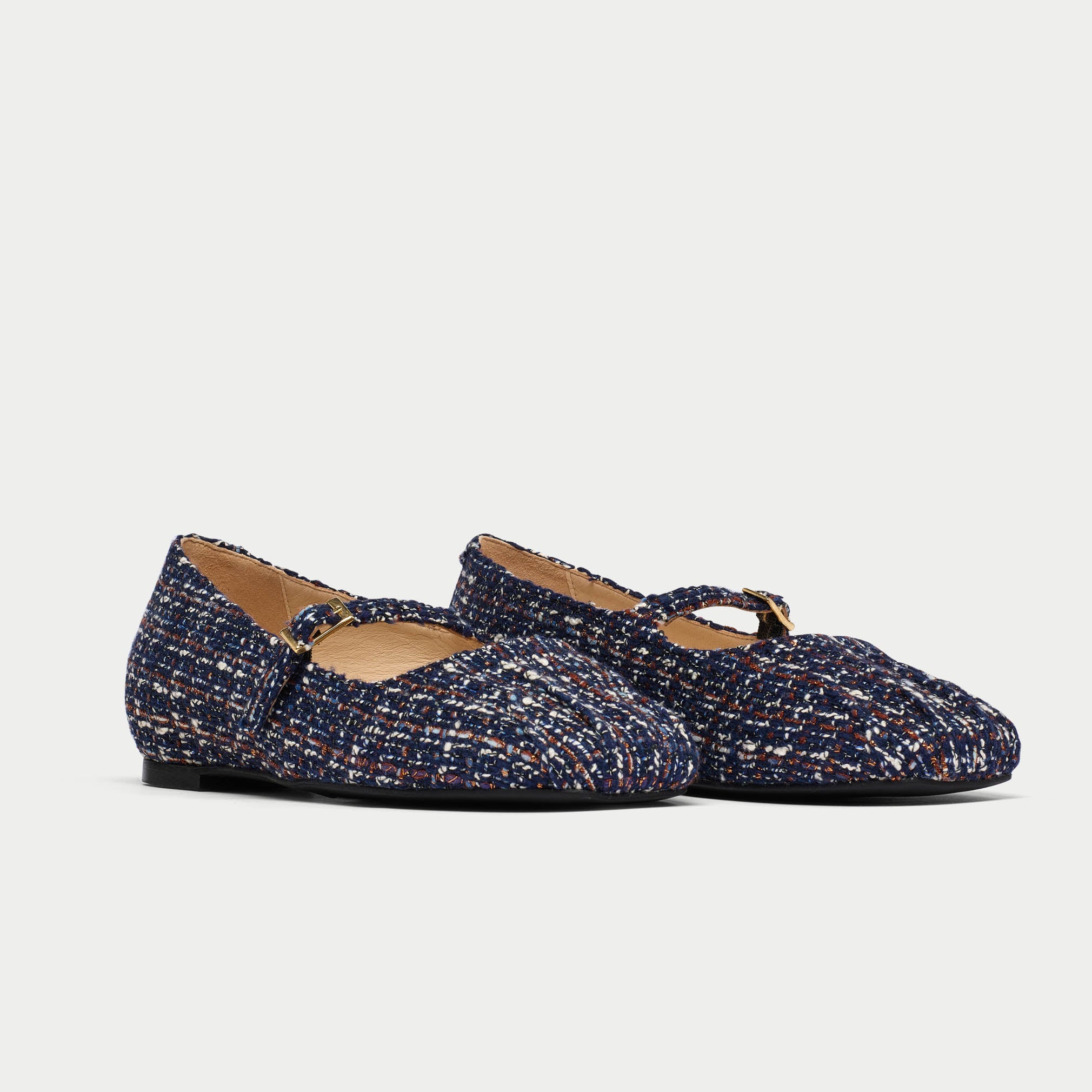Filters
48 Products
Star - Grain White Leather & Champagne Wide Fit Trainers
Nine to Five - Everyday insoles for flats
Star - Black Quilted Leather Wide Fit Trainers
Star - Smooth White Leather & Champagne Trainers
Cosmos - Chunky-Sole Black Wide Fit Trainers
Luna Vegan - Black Wide Fit Trainers
Star - Navy Suede Wide Fit Trainers
Ruby - White Leather Sandals
Saturn - White Leather Wide Fit Trainers
Cosmos - Chunky-Sole White Wide Fit Trainers
Star - White Quilted Leather Wide Fit Trainers
Luna Vegan - White Wide Fit Trainers
Bella - Black Leather Boots
Star - Black Leather Wide Fit Trainers
Rosemary - Black Leather Ballerinas
Lily - Tan Suede Sandals
Ramona - Beige Suede Sandals
Star - Leopard Suede Wide Fit Trainers
Freya - Brown Suede Loafers
Estella - White Leather Zip-Up Wide Fit Trainers
Freya - Black Suede Loafers
Estella - Black Leather Zip-Up Wide Fit Trainers
Estella - Pale Grey Suede Zip-Up Wide Fit Trainers
Lily - Linen Sandals
Cosmos - Chunky-Sole Navy Wide Fit Trainers
Lily - Black Leather Sandals
Estella - Black Snake Zip-Up Wide Fit Trainers
Cosmos - Chunky-Sole Denim Blue Wide Fit Trainers
Abbie - Black Nubuck Leather Boots
Star - Silver & Cherry Wide Fit Trainers
Cosmos - Chunky-Sole Grey Wide Fit Trainers
Ember - Espresso Brown Suede Slippers
Star - Blue Tweed Wide Fit Trainers
Star - Gold Metallic & Black Wide Fit Trainers
Star - White & Navy Leather Wide Fit Trainers
Cosmos - Chunky-Sole Mist Wide Fit Trainers
Abbie - Ice Nubuck Leather Boots
Rosemary - Mint Leather Ballerinas
Saturn - White & Champagne Leather Wide Fit Trainers
Star - Sand Tweed Wide Fit Trainers
Saturn - Blue Suede Wide Fit Trainers
Cosmos - Chunky-Sole Pink Wide Fit Trainers
Star - Peach & Blue Wide Fit Trainers
Abbie - Rust Nubuck Leather Boots
Rosemary - Tweed Ballerinas
-
How Your Footwear Can Worsen Plantar Fasciitis
Plantar fasciitis is one of the most common orthopaedic issues that affect feet. It is the inflammation of the connective fibrous tissue - named plantar fascia - which connects the heel bone to your toes. The purpose of plantar fascia is to support the arch of the foot.
Plantar fasciitis is an issue commonly caused by the hard and flat surfaces that people walk on daily, such as concrete. Those suffering from the condition generally feel a sharp pain, which usually occurs gradually, with their first morning steps, when bending the foot and toes towards the shinbone. The pain typically decreases as you get up and move. However, it might return after long periods of standing or when you stand up after sitting. It also relieves when exercising and returns when resting. Micro-tears can occur as well, and subsequent swelling and pain, when the plantar fascia is excessively stretched. This can make it difficult to raise your toes off the floor.
Plantar fasciitis' risk factors include obesity, and wearing shoes with inappropriate support. About 4% to 7% of the general population may experience heel pain at some point in their lives, and 80% of that pain is typically due to plantar fasciitis (source).
If you suffer from heel pain, we recommend that you see a podiatrist. Please remember that we cannot guarantee that our shoes will cure your plantar fasciitis. However, their unique features make them a good, pain-reducing, shoe option for the sufferers. We have had success stories, too.
What makes the shoes good for plantar fasciitis? Calla's range of Charlotte shoes is handmade with super soft, flexible, and luxurious leather materials. Moreover, they include arch support, cushioning, and a raised hidden heel. These features make them fit the exact profile of a good shoe to wear when you suffer from the condition. These are fashionable, wide-fit shoes that you'll love to wear for work or in your downtime. We even have people wear Calla shoes to their wedding.
The Only Shoes That Stop You Checking Your Feet at Every Step
Why most stylish shoes quietly worsen plantar fasciitis - and how to spot the ones that don’t.
You know that moment. You're halfway across a car park, tote bag in one hand, coffee in the other, and boom - that stab in your heel reminds you you’re not wearing “the good pair.” It’s maddening. You’ve styled the outfit, sorted the schedule, but forgot the shoes - and now your day starts with regret, not confidence.
Sound familiar?
The truth is, most stylish shoes are low-key saboteurs - they’re sleek on the outside and secretly hostile to your fascia on the inside. Paper-thin soles, zero arch support, toe boxes designed for dolls. And yet, we wear them. We hope they’ll behave this time. (Spoiler: they never do.)
You’ve probably tried inserts. Cushioned socks. Maybe even limped through a summer in sandals that promised “comfort technology” but had less support than a celebrity skincare brand’s claims in Stylist. What you need isn’t a miracle - it’s science, thoughtfully hidden inside shoes you actually want to wear.
Let’s talk about what’s really going on beneath your feet - and how a handful of carefully designed shoes are giving women back their mornings, their city walks, their dinner parties, their lives.
What Makes a Shoe Truly Supportive - And How You Can Spot It in Seconds
Not all arch support is equal. Here’s how to decode it without being a podiatrist.
Let’s play a game: you pick up a shoe, feel the insole, and say, “Ooh, that feels cushy.” Sound familiar? But here’s the thing - cushy doesn’t equal supportive. You’re not shopping for marshmallows.
Real foot support is like a good friend - it holds you up when you’re under pressure, guides your stride when you’re slipping, and doesn’t let you fall into bad habits (like overpronating, collapsing your arches, or shifting weight into your big toe).
Here’s what you need to actually look for:
-
Heel cup depth: Think of it as a little hammock for your heel bone - the calcaneus, if you want to get fancy. Look for a dip of 10–15mm to keep your rearfoot aligned and reduce that frustrating roll-in that flares your fascia.
-
Medial arch contouring: This isn’t a lump under your foot. It’s a gradual, sculpted rise - 15mm+ for most - that hugs the inner arch and prevents over-stretching with every step. If the arch support is shaped like a hill, not a spike, you’re in business.
-
Midsole integrity: Soft EVA (that foamy material) is great in layers - but alone, it’s a collapsible mess. You want dual-density midsoles with a compression rating around 35–45 Asker C. Translation: it cushions without caving.
-
Toe spring: A fancy term for a subtle forefoot rise - ideally 10–15° - that helps your foot transition smoothly during stride, reducing the heel-to-toe torque that aggravates the fascia.
Some shoes get one of these right and miss the rest. Others disguise flatness with gel pads or stick-on comfort labels. Don’t fall for it. If it looks like a fashion flat, and walks like a fashion flat - it’s going to wreck your arches by lunchtime.
Picture the setting: you've just left a train at Marylebone, rushing to a meeting in Soho, when you realise you haven't thought about your feet once since you left the house. That's new. These shoes look like something you'd see on Trinny Woodall’s Instagram - sleek, modern, but inside? Orthotic-level support, deep heel cup, and arch elevation that gently holds you in place. Like walking on a spine-stabilised memory foam mattress. Under your feet. That's what Calla Shoes bring to the table.
Quick test? Grab the shoe. Bend it. Does it fold in the middle like a taco? Put it back.
Avoid the “Too-Soft” Trap: Why Cushy Isn’t Always Comfortable
The wrong kind of softness can be your foot’s worst enemy.
Imagine walking across Oxford Street in slippers. Comfy? At first. Supportive? Not remotely. That’s what ultra-soft soles do - they trick your feet into thinking they’re safe… until the heel sinks, the arch collapses, and suddenly your fascia’s doing the work of the entire shoe.
Here’s where numbers help:
-
Outsole thickness: Aim for at least 1.5–2cm in the heel zone to buffer hard surfaces.
-
Heel drop: That’s the height difference between heel and toe. Look for 12–16mm (or 2–4cm total lift) - the sweet spot for reducing fascial tension and easing Achilles strain.
-
Compression resistance: You want heel zone firmness of 50+ on the Shore A scale. (The equivalent of firm support without feeling like wood.)
Imagine this summer scene - you wear foam-padded espadrilles to a client event in Camden. By hour two, you're discreetly shifting weight from foot to foot, then faking a phone call so you can sit on a planter outside. Classic. The heel padding has already compacted, and you can feel your calcaneus smacking the pavement with every step.
Next time? Swap to a Calla Shoe - 25mm heel, anatomical arch, structured sole, subtle heel lift. They don’t look orthopedic, but they move like it. And get this: after six hours and one gallery detour, you'll still not have thought about your feet.
Side note: If your shoes make you clench your toes to stay stable, they’re failing. Your fascia shouldn’t be holding you up - your footwear should.
What Shoe Type Really Means When You Have Plantar Fasciitis
Because not all styles play nicely with your fascia - but some can, if you know what to look for.
Your foot doesn’t care whether the shoe is “on trend” or “timeless” - it only knows whether it’s supported. That said, you don’t have to avoid certain styles entirely. You just need to know what type of construction each one typically involves, and which red flags (or green lights) to look for.
-
Dress Shoes: Often too flat, too hard, or too tight - but look for styles with hidden heel elevation (1–2cm), structured insoles, and gentle arch contouring. Styles like the Calla Aster prove you don’t need to choose between polish and plantar-friendly design.
-
Trainers: An easy win - if they’re not too soft. Look for firm heel counters, arch support built into the midsole (not just in the liner), and a heel drop of at least 1.5cm. Bonus if the sole has rocker motion to ease push-off.
-
Ballet Flats/Pumps: A notorious offender. Most are zero-drop with no support. But with the right internal tech - like Calla’s arch-supported insoles and shock-absorbing soles - they become wearable again. Choose almond or round toes over pointed to avoid toe compression. Your new favourite slip-on shoes.
-
High Heels: Tempting, but dangerous when over 5cm. Keep it under 4cm, and look for a wide base at the heel (no stilettos), a cushioned footbed, and hidden forefoot padding. Low block heels are your safest bet.
-
Court Shoes: Often used for workwear, but not all are created equal. Look for 2–3cm heels, extra forefoot room, and integrated support. Leather linings and bunion-friendly shapes help with long wear hours.
-
Ankle Boots: Surprisingly plantar-friendly - especially those with mild elevation (2–3cm), zip entry for easy fit, and arch-contoured insoles. Choose stretch panels for flexibility and rubber soles for shock absorption. Calla Bella ticks every box here.
-
Low Heels: The sweet spot for most with plantar fasciitis. Look for 2–4cm block or wedge heels, a deep heel cup, and a sole that resists overflexing in the arch. Bonus: they pair with nearly everything.
-
Sandals: Tricky unless they have arch support and heel structure. Avoid completely flat soles or flimsy straps. Styles like Calla Ruby offer genuine support in a sleek summer silhouette.
-
Pointed Flats: Possible, if - and only if - they’re designed to accommodate real feet. The Calla Maria, for instance, fits up to EEE width, has a 2cm heel, and still pulls off a fashion-forward pointed toe without compressing the forefoot.
Choose smart so you don't end up with good shoes but painful feet (and contact us if you need help choosing).
How to Build a Shoe Rotation That Heals While You Live Your Life
Because one pair isn’t enough when pain is your daily companion.
Let’s be honest. You wouldn’t wear the same bra, bag, or base layer every single day. Why do it with shoes - especially ones responsible for supporting every kilogram of you through thousands of micro-impacts per hour?
Plantar fasciitis recovery requires variation. Shoe fatigue is a thing - when soles compress, arches drop, and pressure points develop from repeated wear. A healthy rotation gives your fascia variety and recovery windows between wears.
Your 3-piece starter kit:
- Workwear or smart days: Try the Calla Aster in Black Leather - a pointed suede flat with a hidden 1cm heel for gentle elevation, and a cushioned, removable arch-supported insole. What makes it stand out? The suede upper and synthetic stretch lining feature a Hallux comfort panel designed to conceal even large bunions while offering all-day structure. With its sleek silhouette and bonus ribbon laces, it transitions from desk to dinner without compromising support.
- Errands and weekend walking: Opt for the Calla Star in White Grain - this everyday staple has a 3cm sole and a leather upper built around a stretch lining that adapts to your foot. It’s deceptively minimal on the outside, but houses a removable, arch-supporting insole inside. Handmade in Portugal, it’s crafted with the type of subtle design details that allow comfort technology to disappear into style.
- Cooler days, uneven terrain, or travel: Go for the Calla Bella Black Leather Boot - a 2cm heel, full leather upper and kid leather lining, plus a hidden stretch panel for flexible fit. The 38cm leg circumference makes it accommodating for most calves, while the cushioned, supportive footbed and durable heel give it the staying power your fascia needs on long days.
Pro tip: Rotate based on activity and surface. Long standing day? Pick the Bella. On your feet for errands? Go for the Star. Heading into meetings? Slide into the Aster. More variation = less repetitive strain on the plantar fascia.
Takeaway: Your shoe wardrobe should work like skincare - it’s not about how many products, it’s about picking the right one for each condition.
Why Waiting for ‘Perfect’ Is Costing You Steps You Can’t Afford
The emotional cost of indecision is more than you think.
Let’s not sugarcoat it - postponing the decision to buy better shoes is just another way of rationing your joy. Because that’s what chronic foot pain steals first: spontaneity. The quick walk to grab lunch. The decision to take the long way home. The impromptu browse in Fortnum’s. You lose those quietly, without realising.
Here’s the thing: there’s no perfect pair - just the right one to start with. One that fits your lifestyle, foot shape, fascia health, and fashion bar. The one that means you don’t wince when someone suggests a day out in Bath or a bit of shopping in Selfridges.
You’re not buying shoes. You’re buying back your ability to say yes. Choose Calla today.
-

